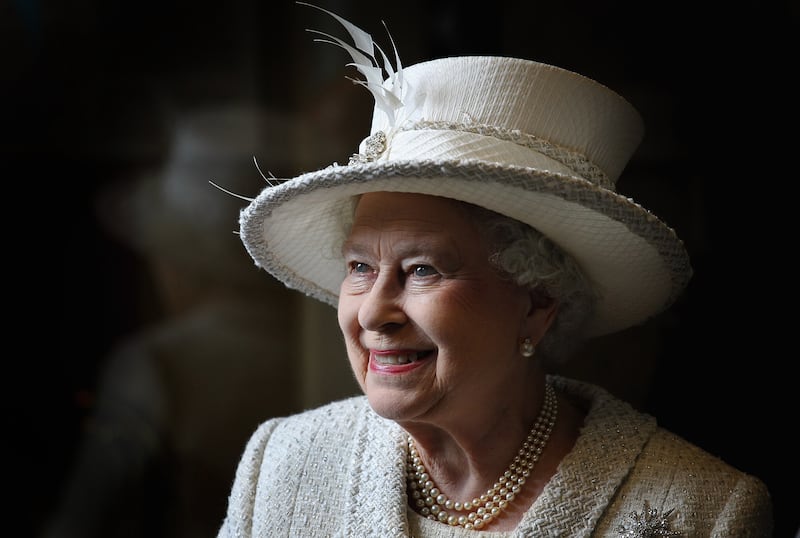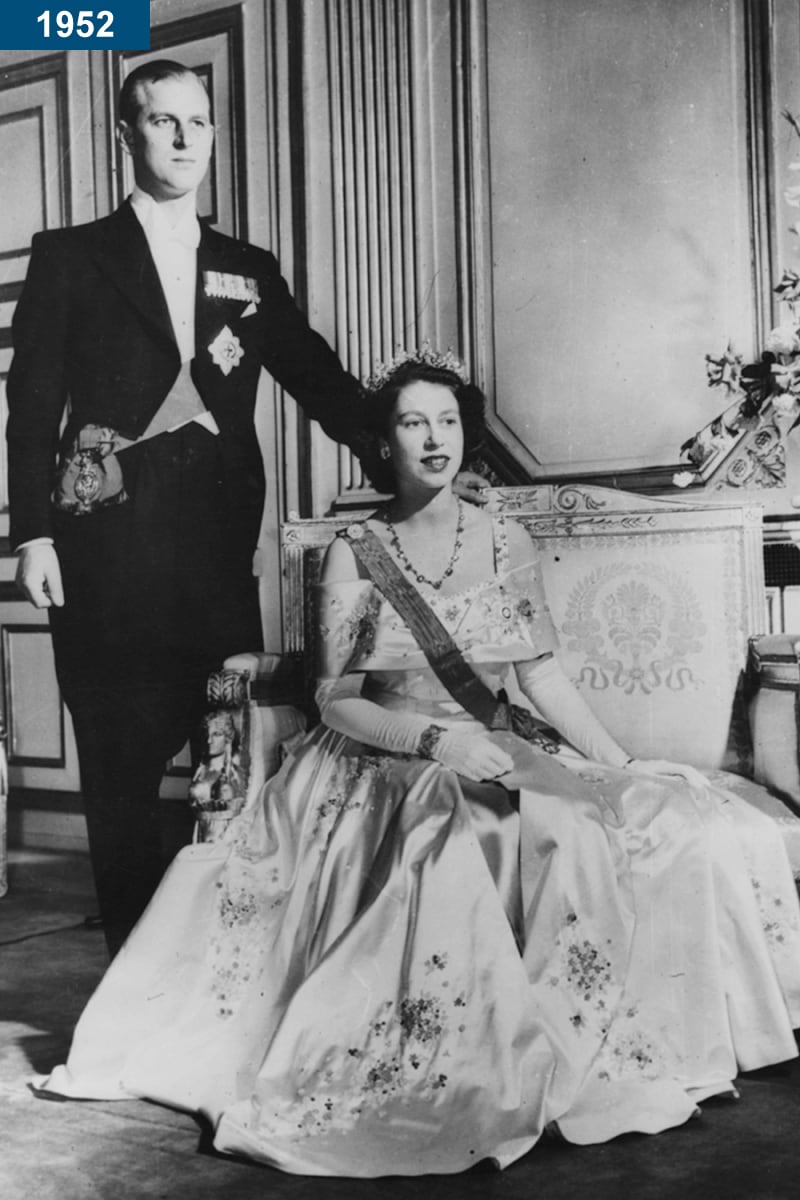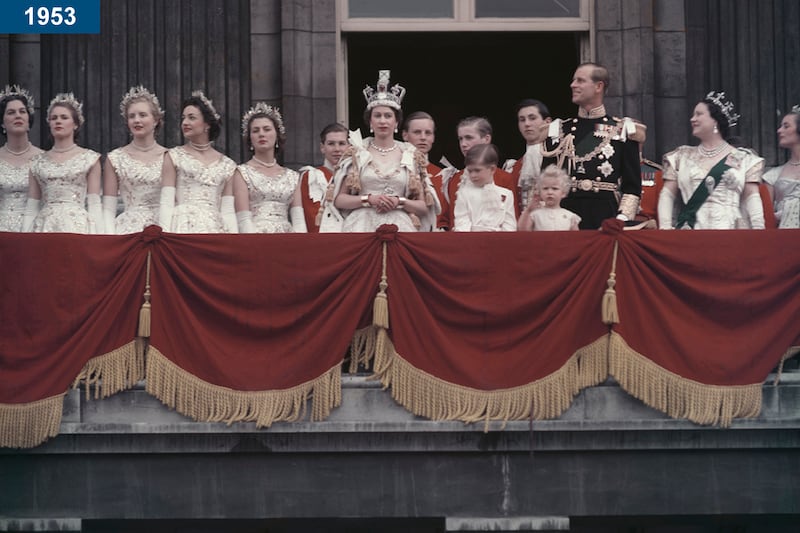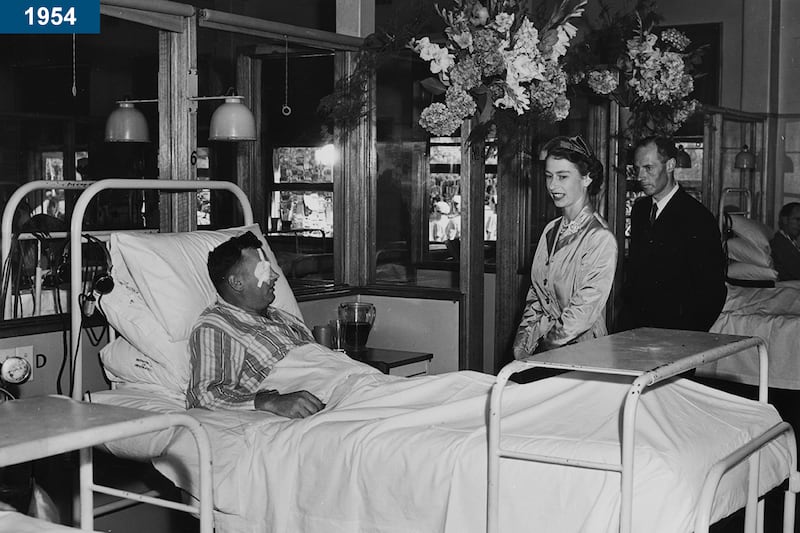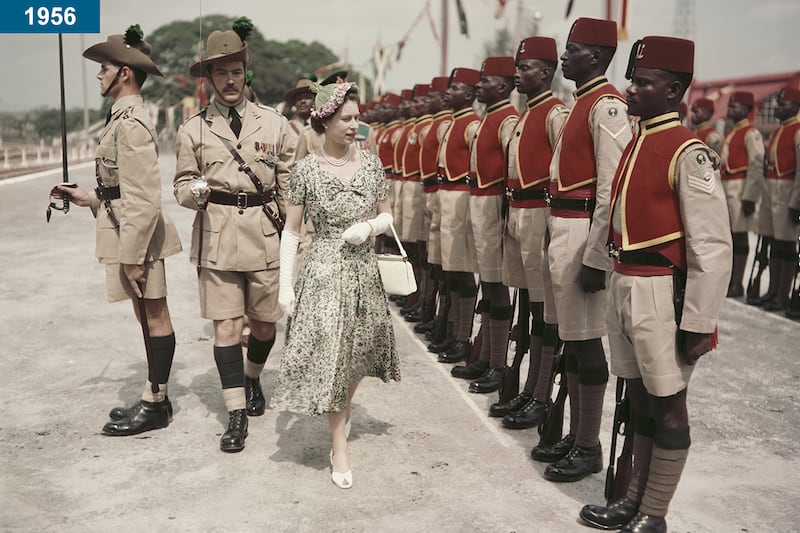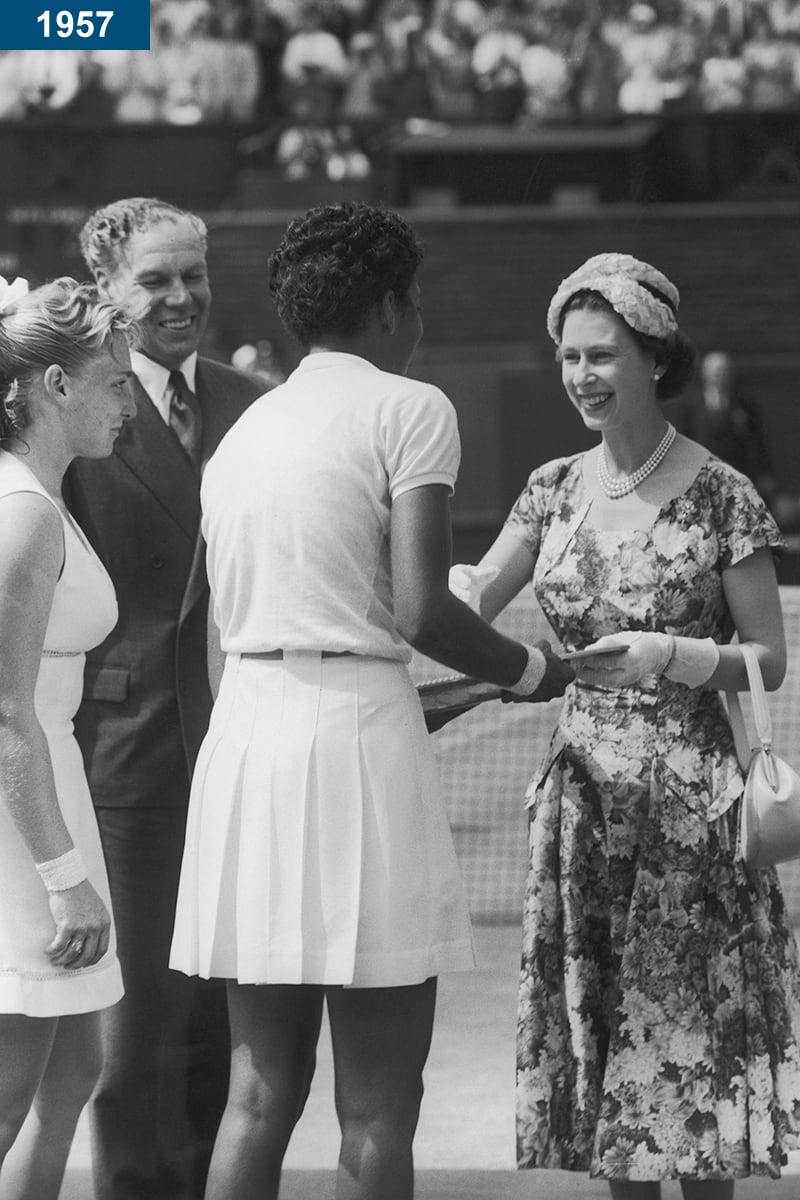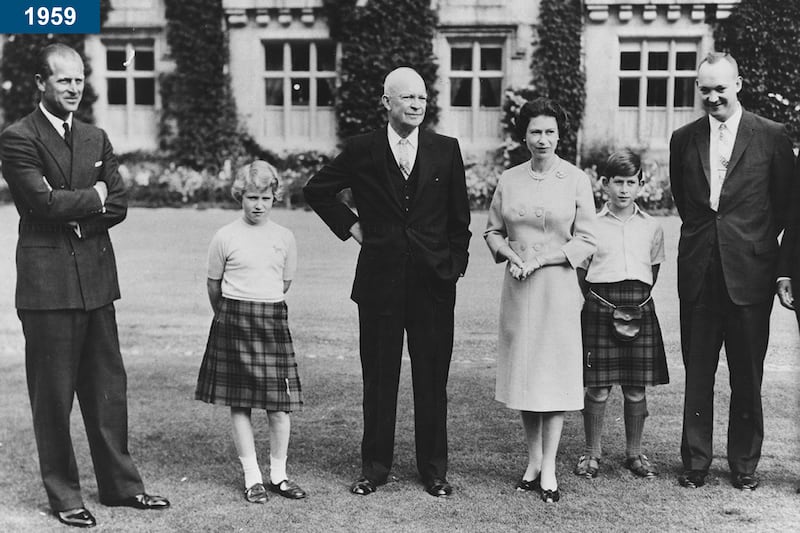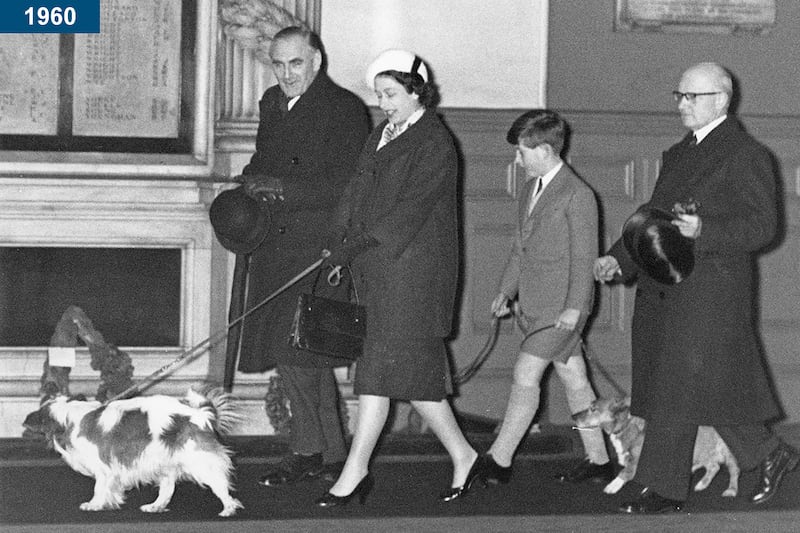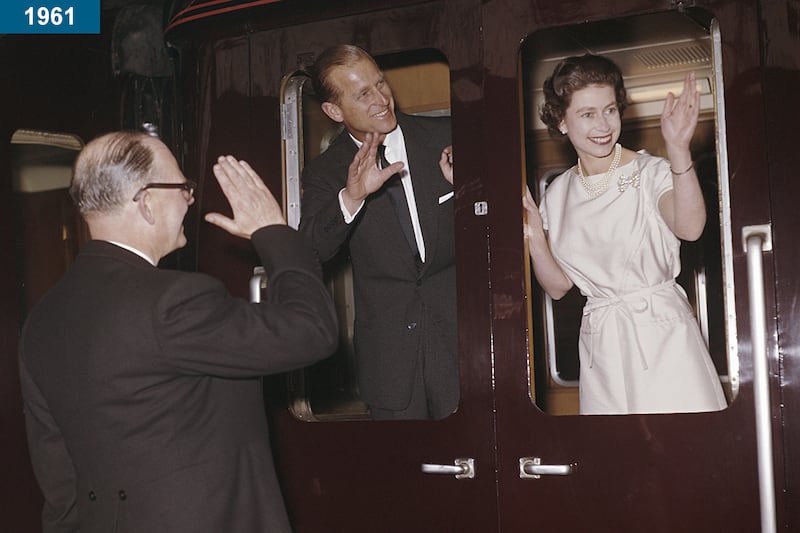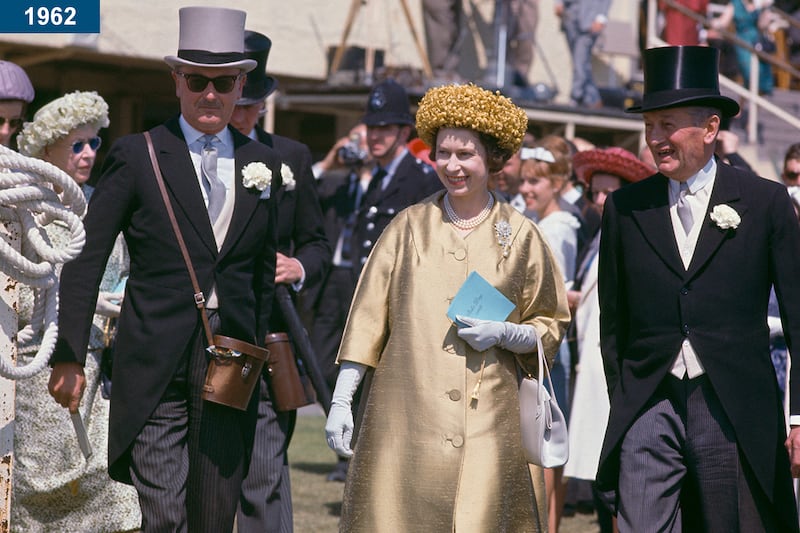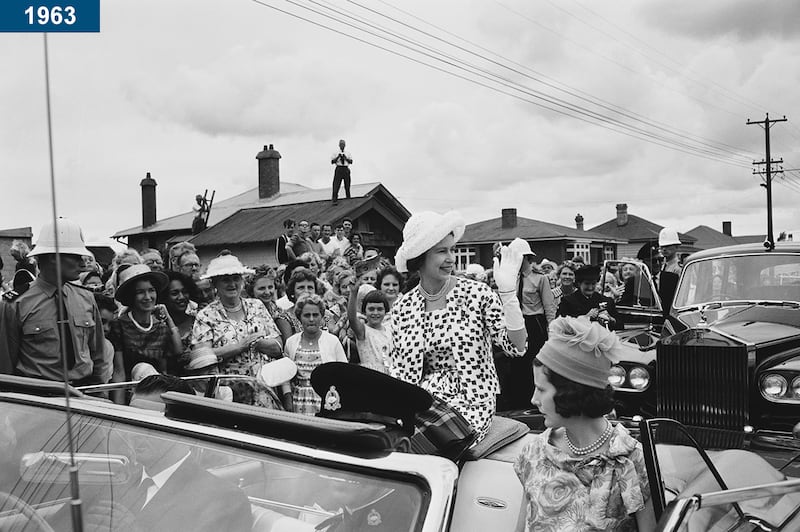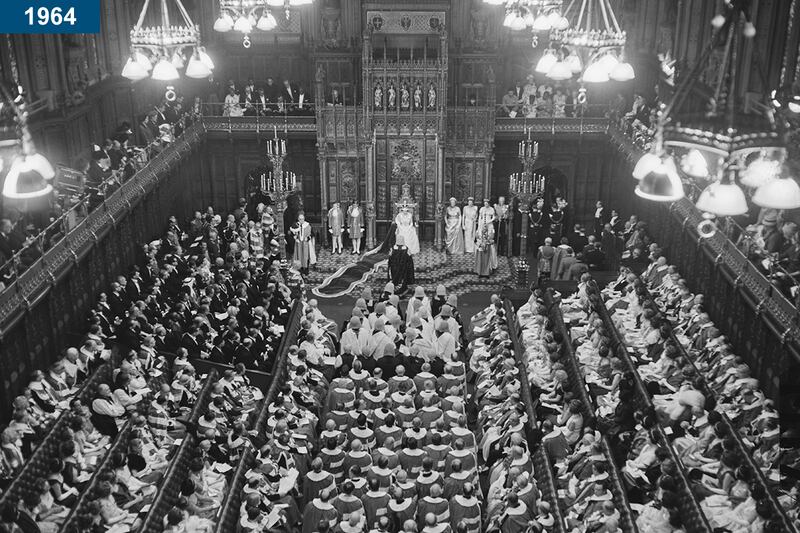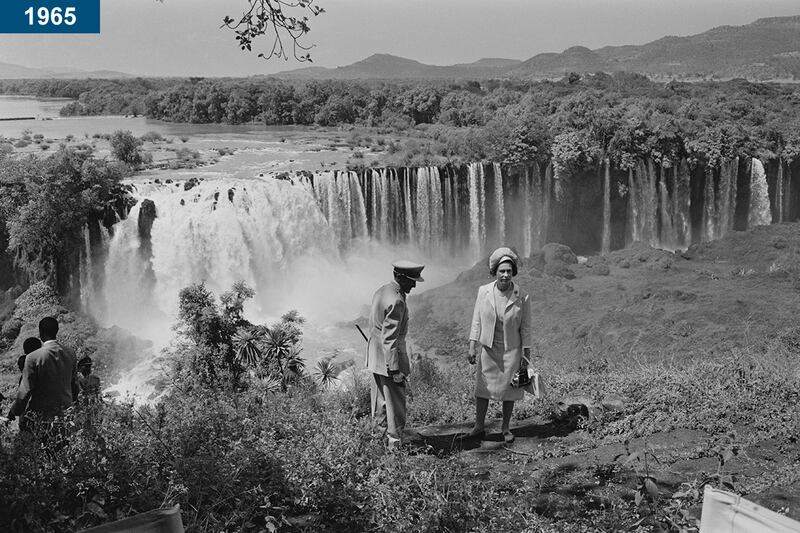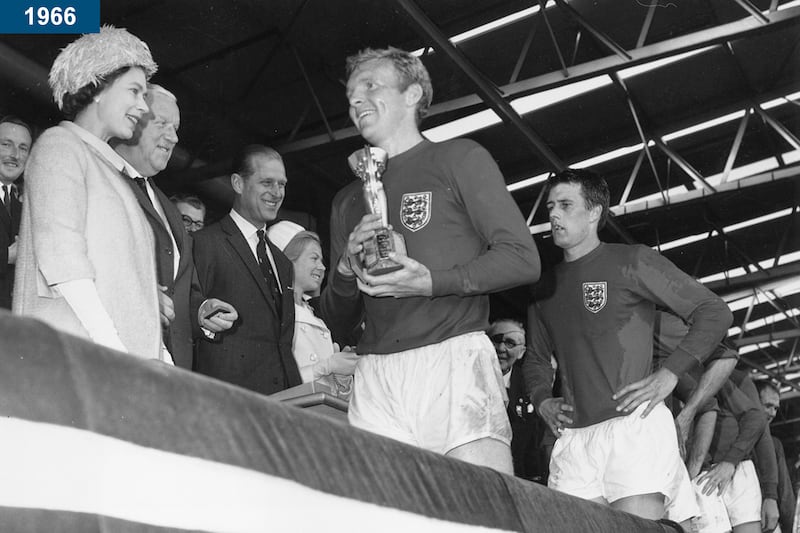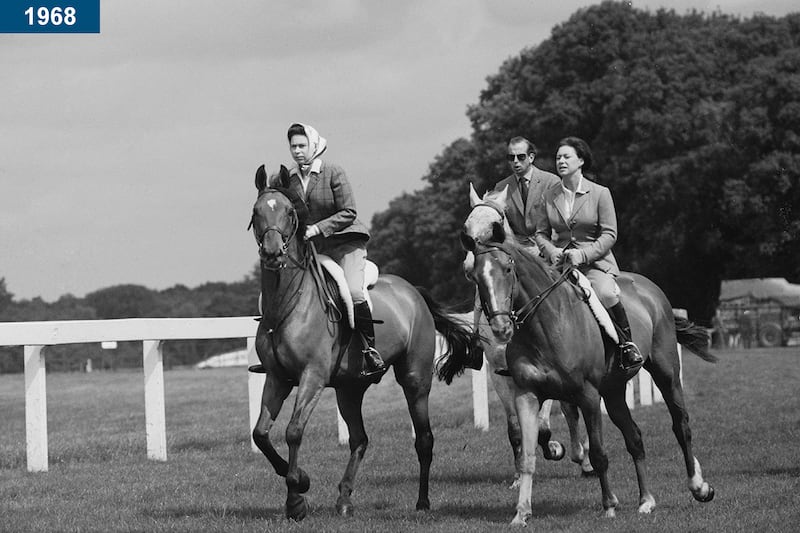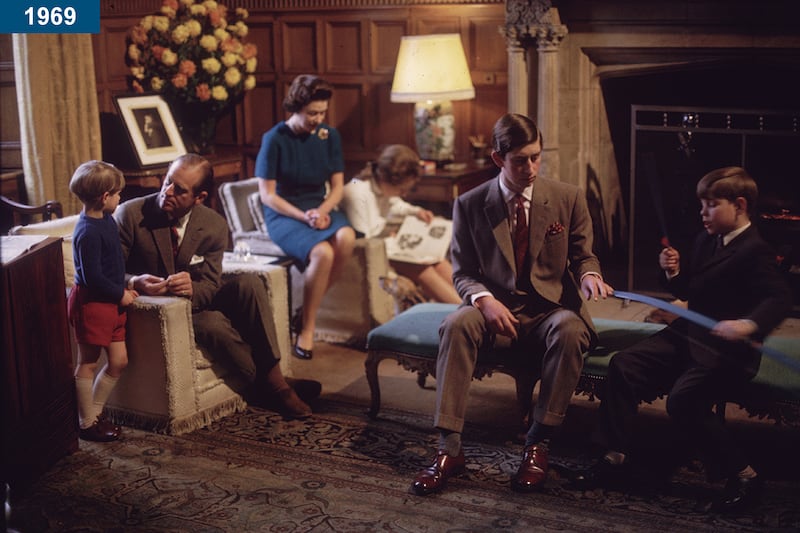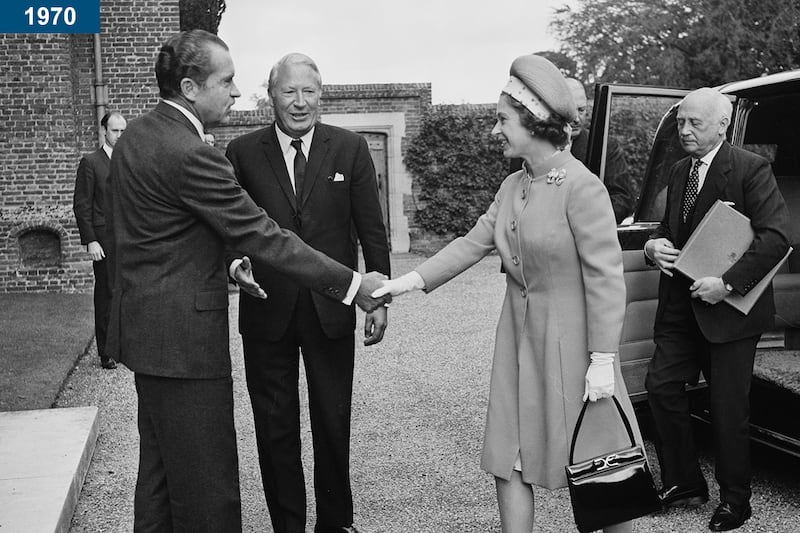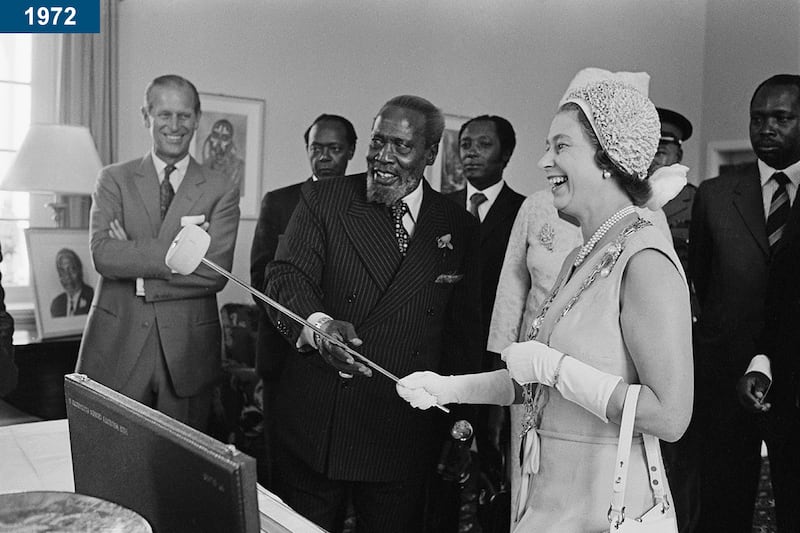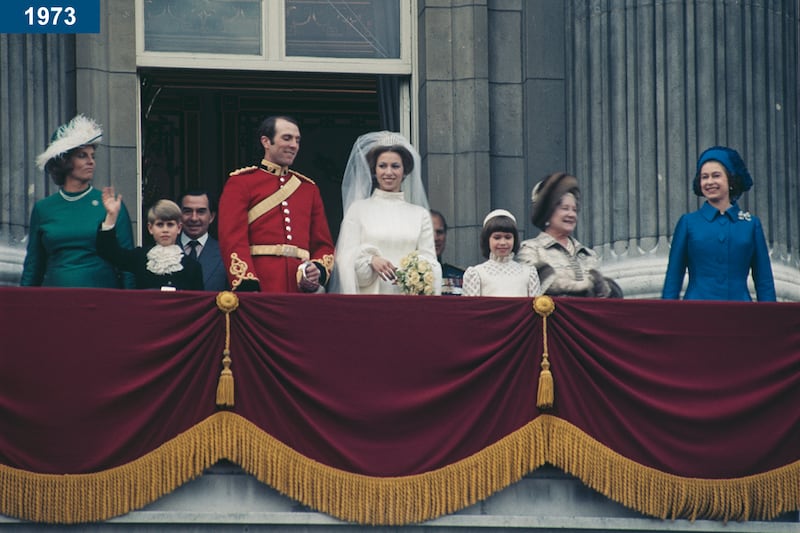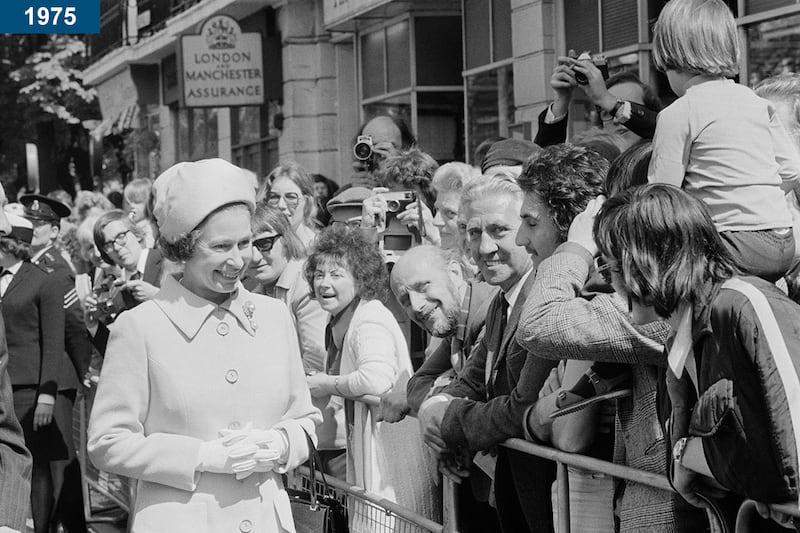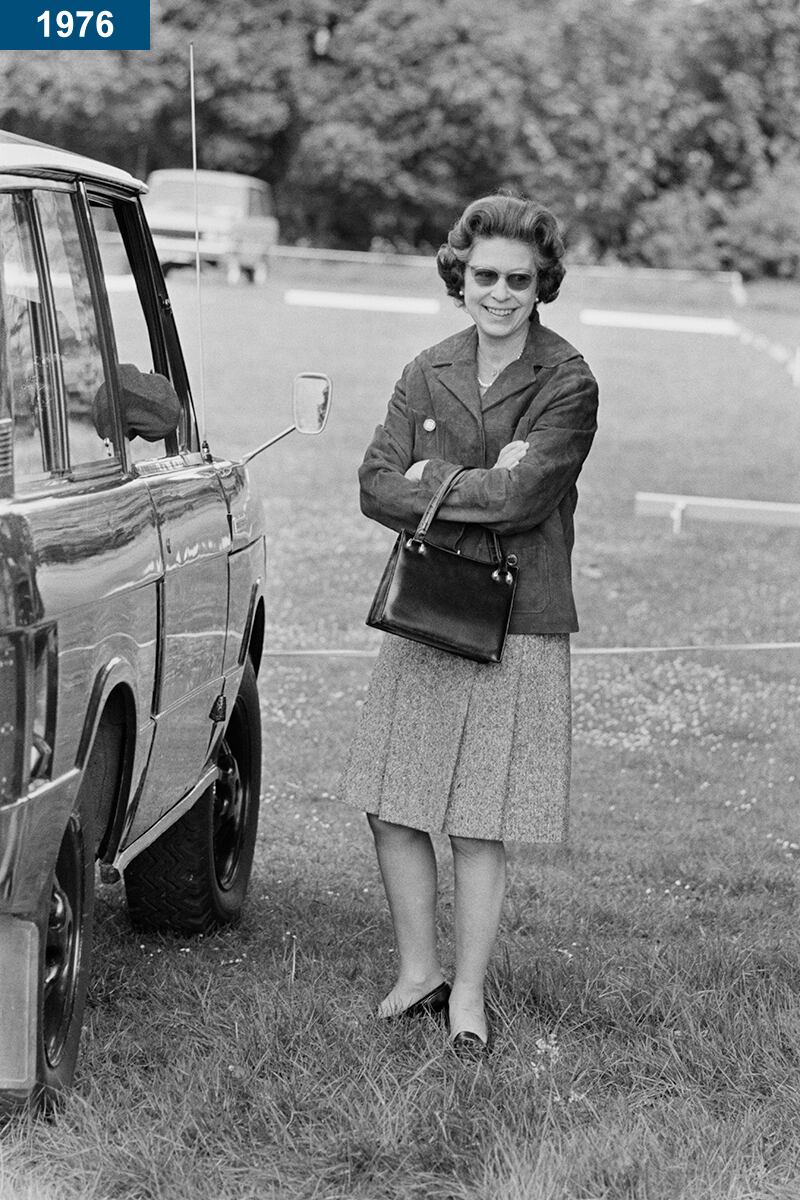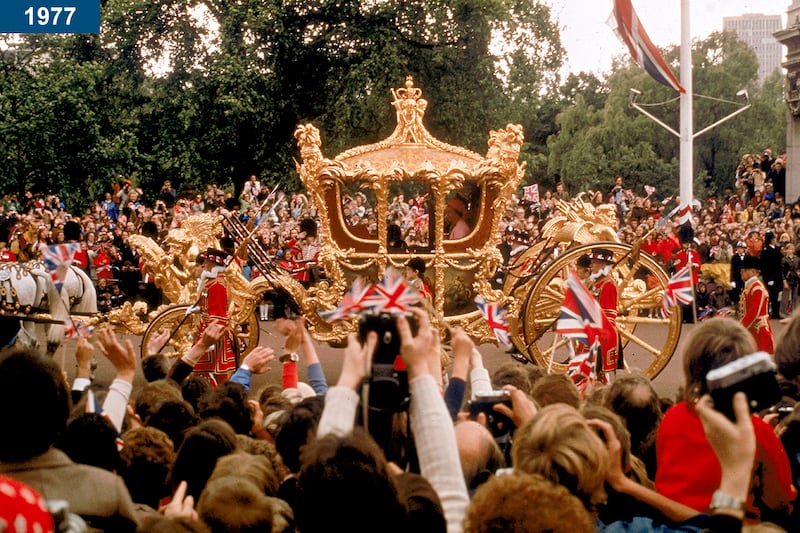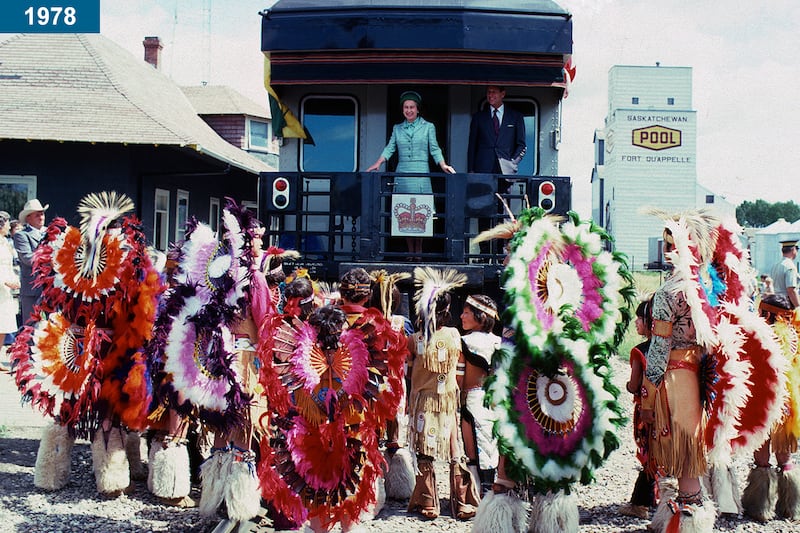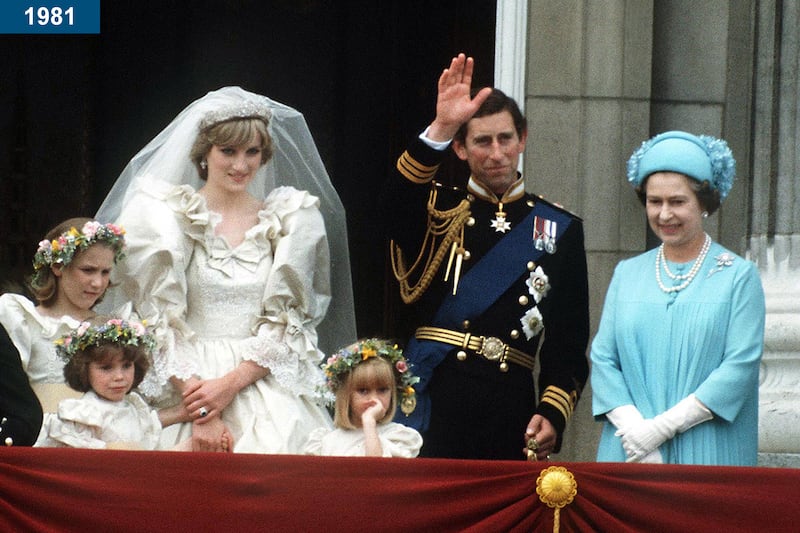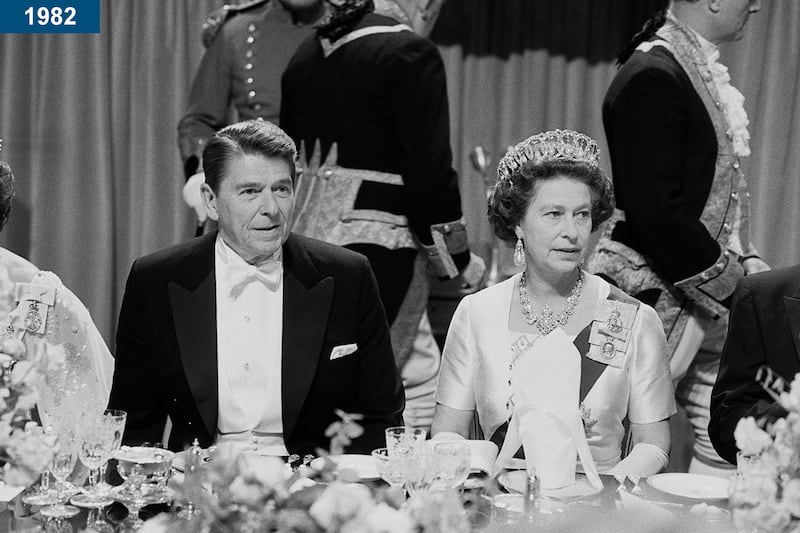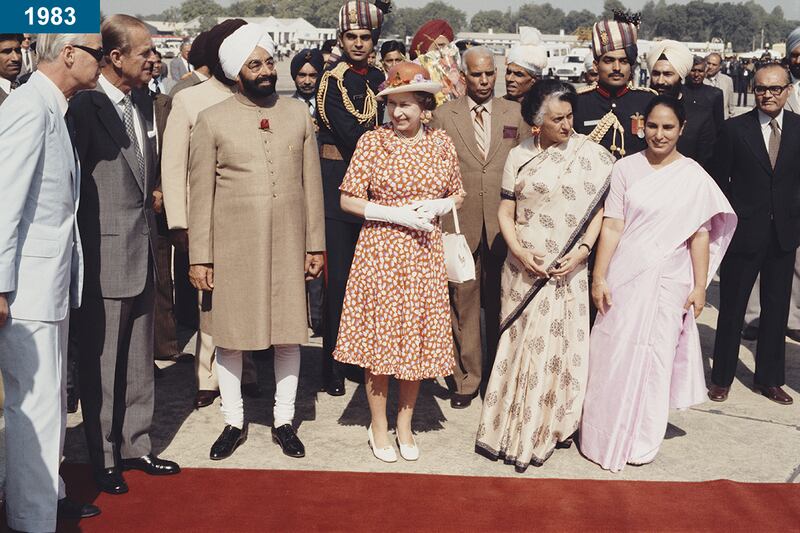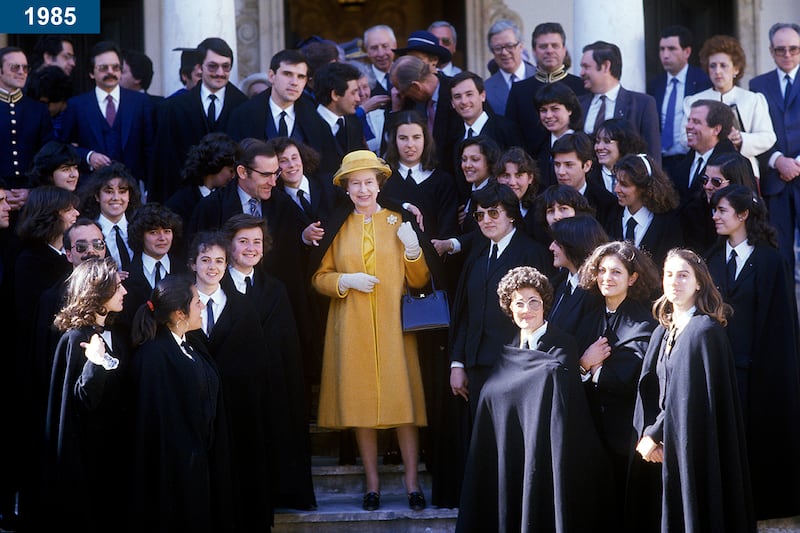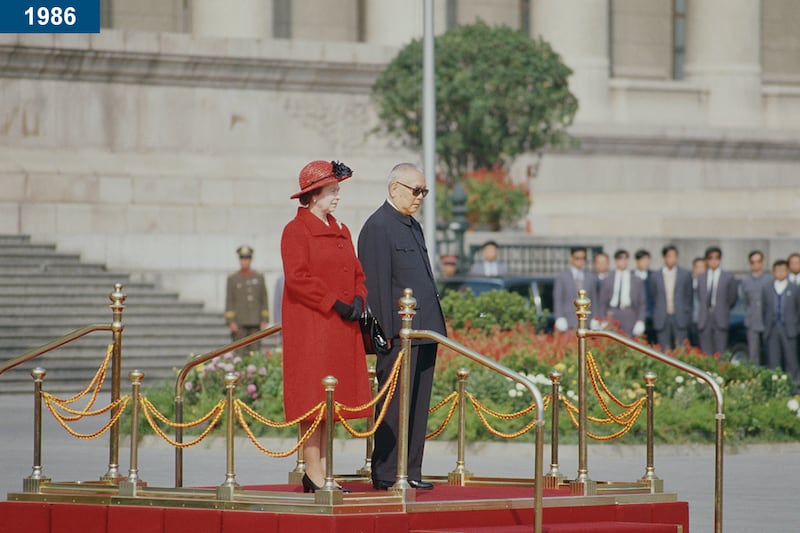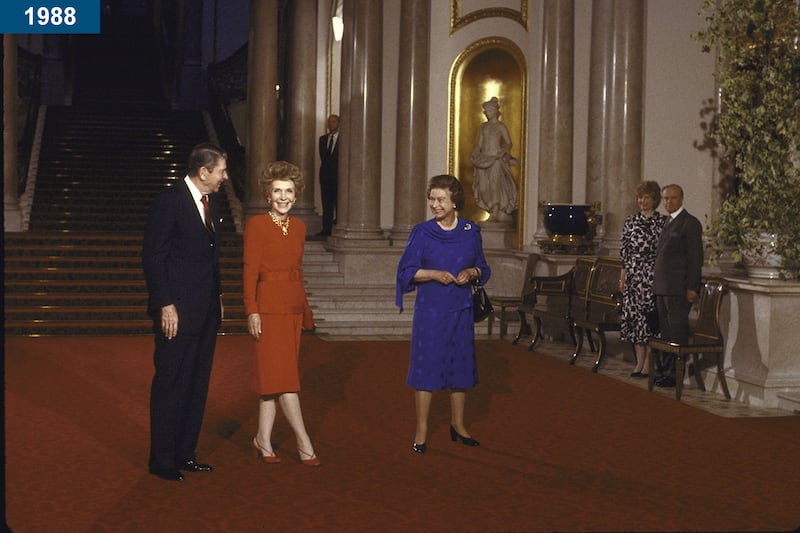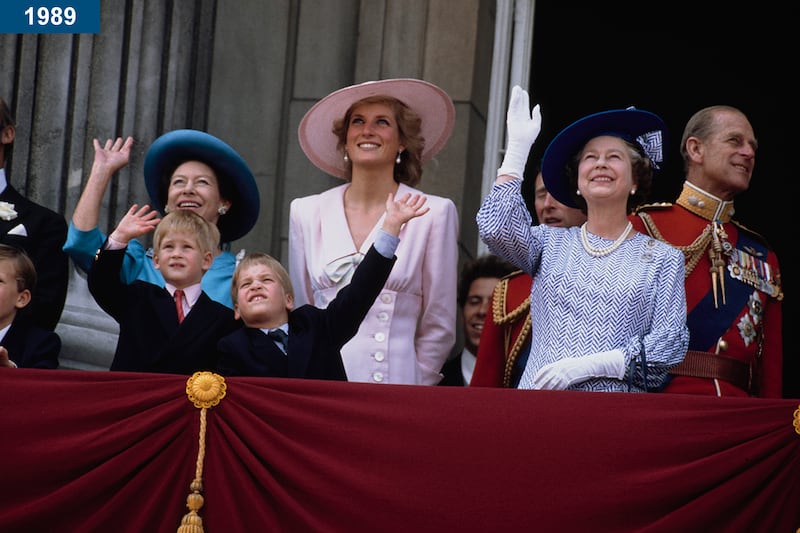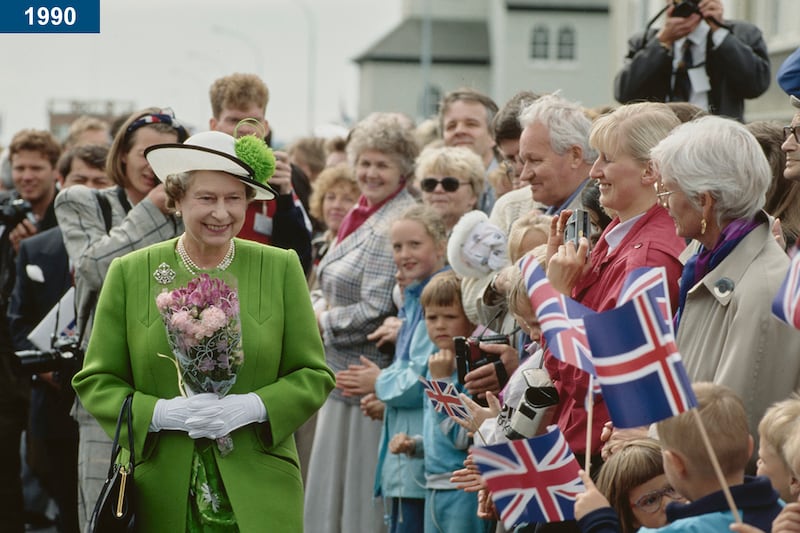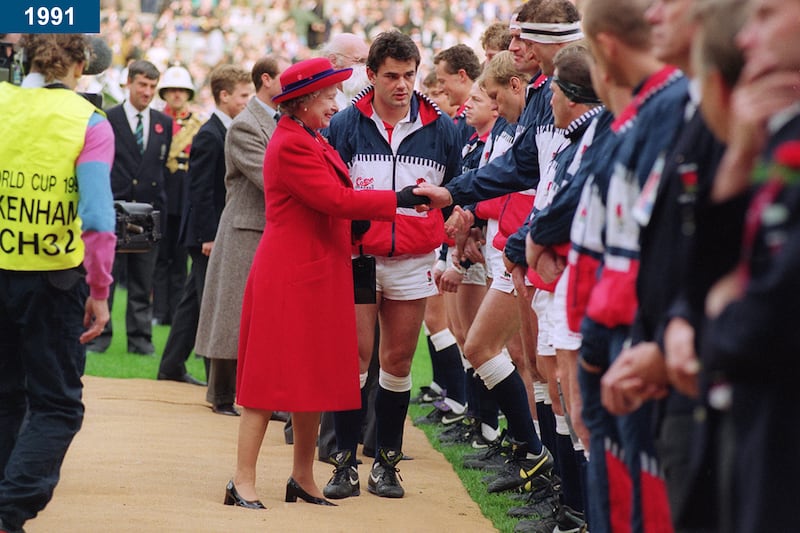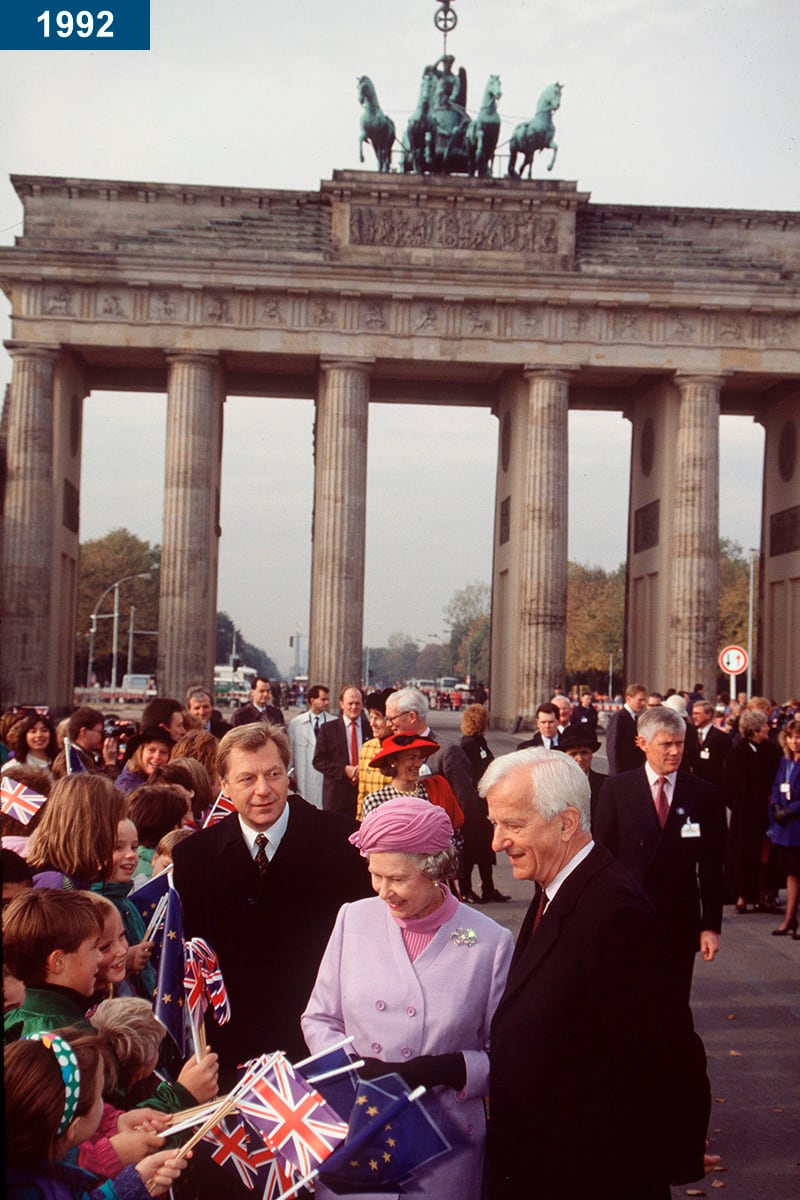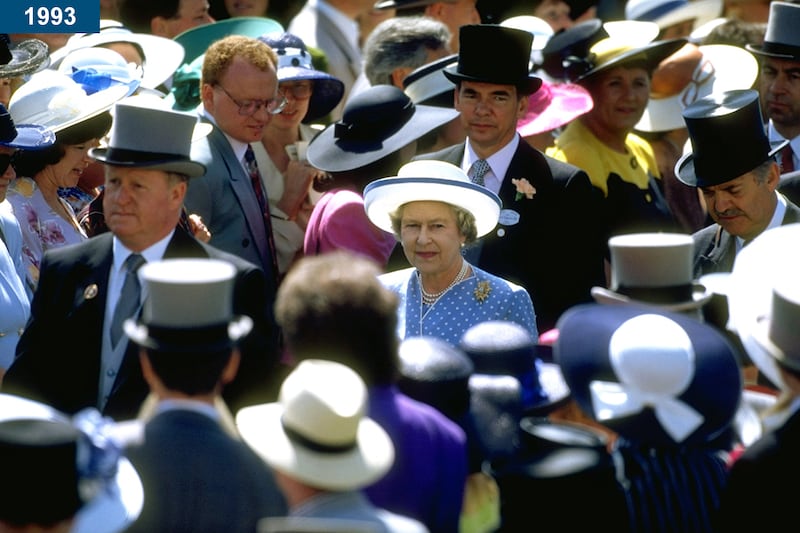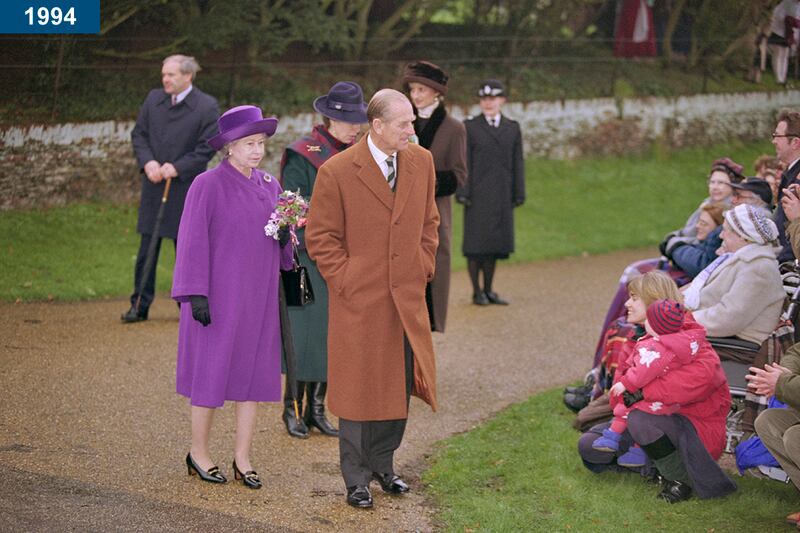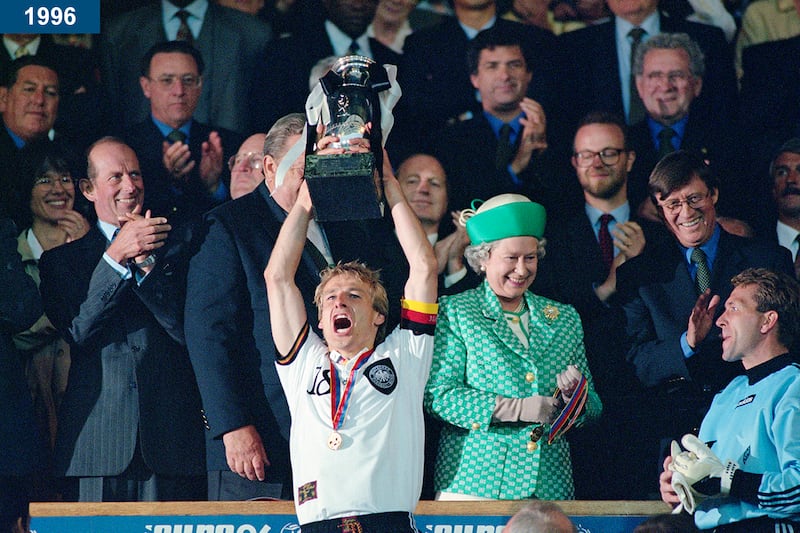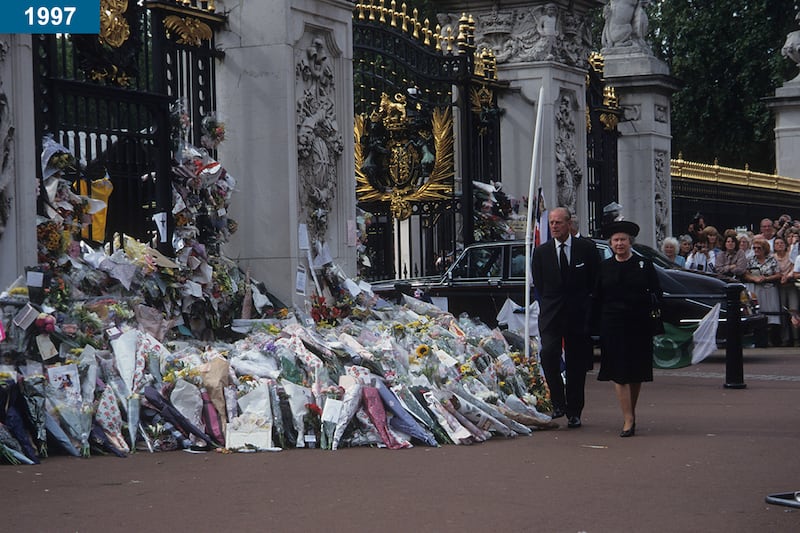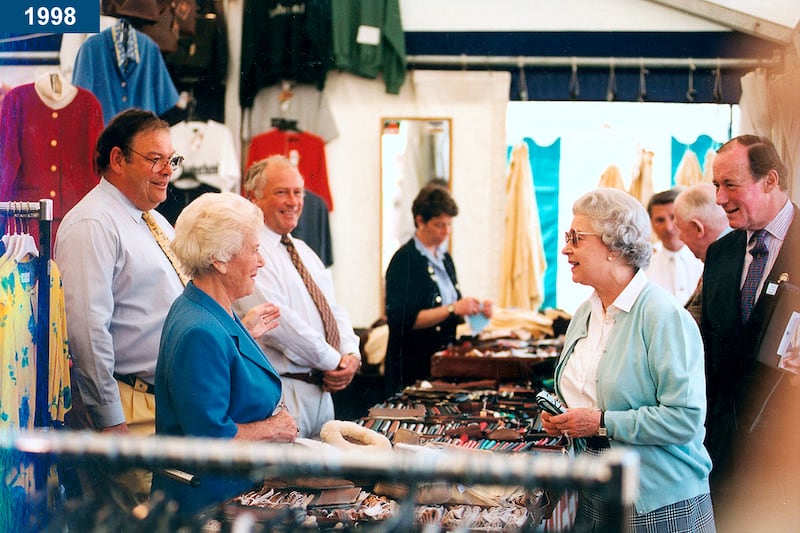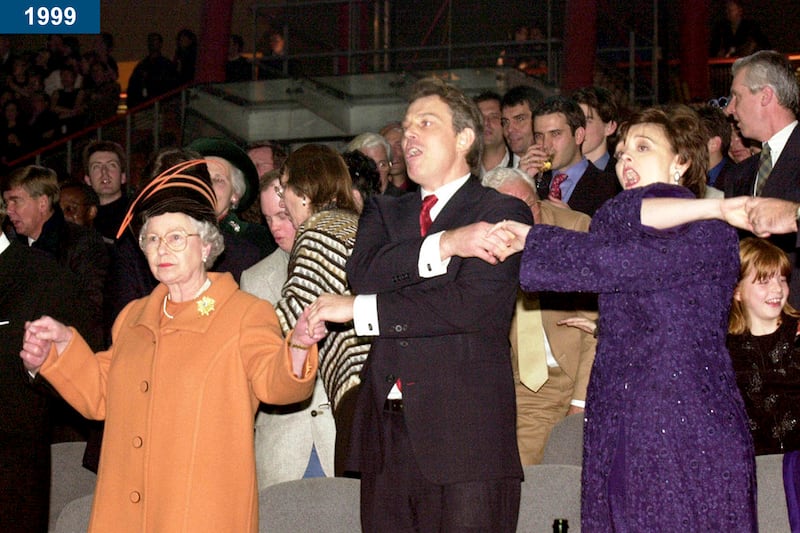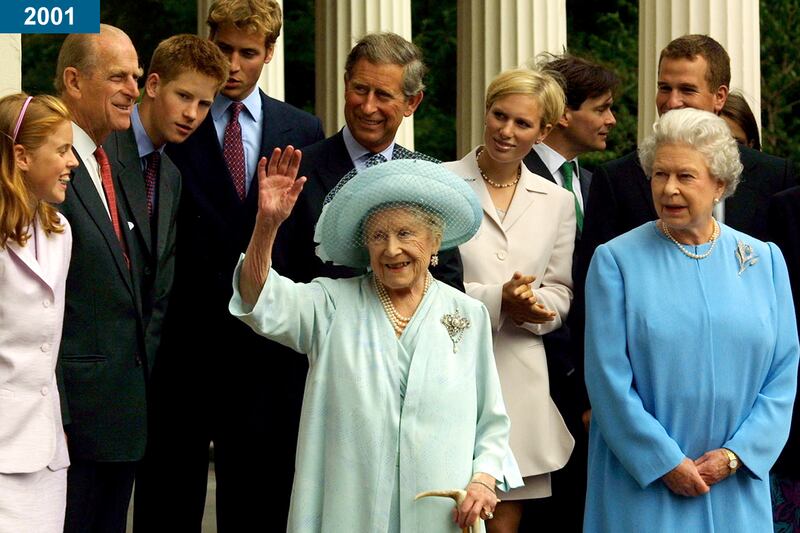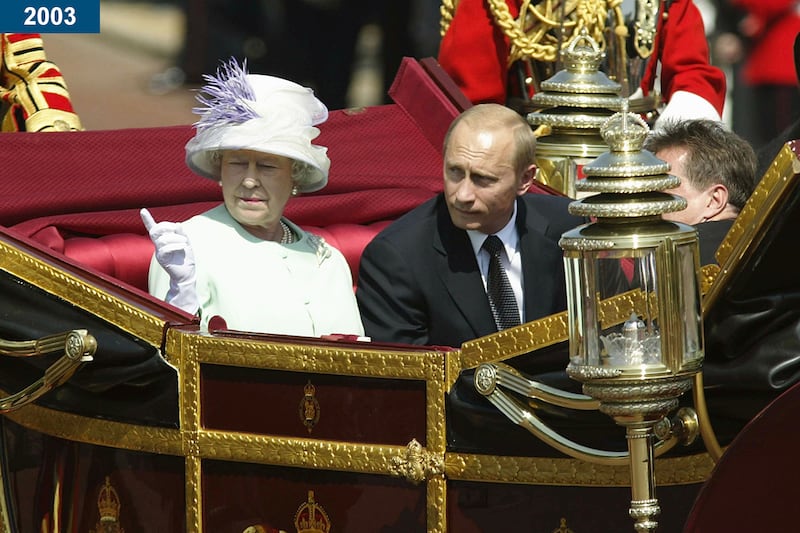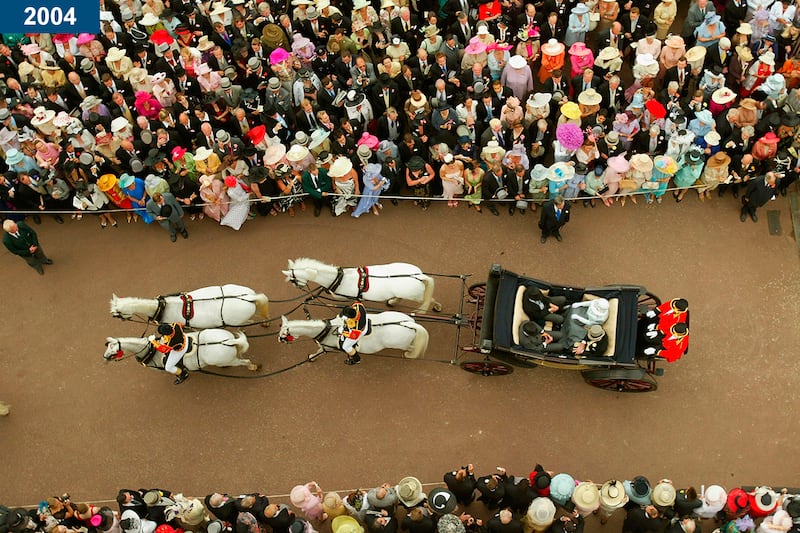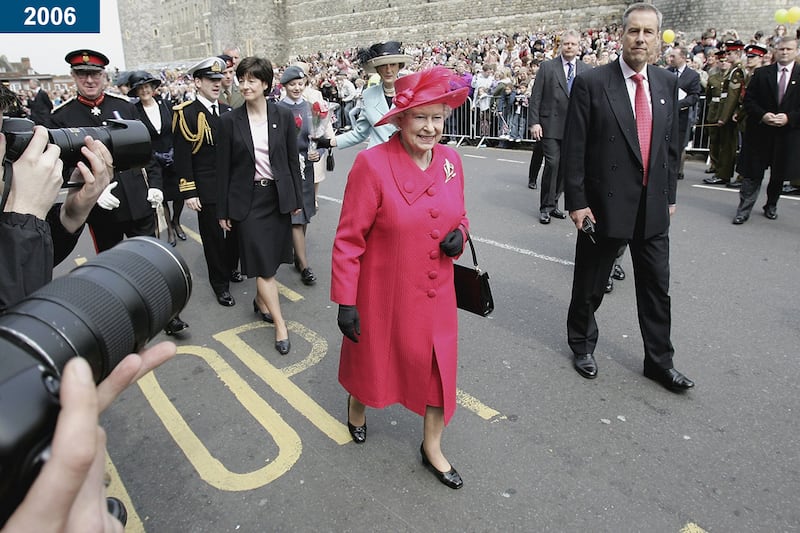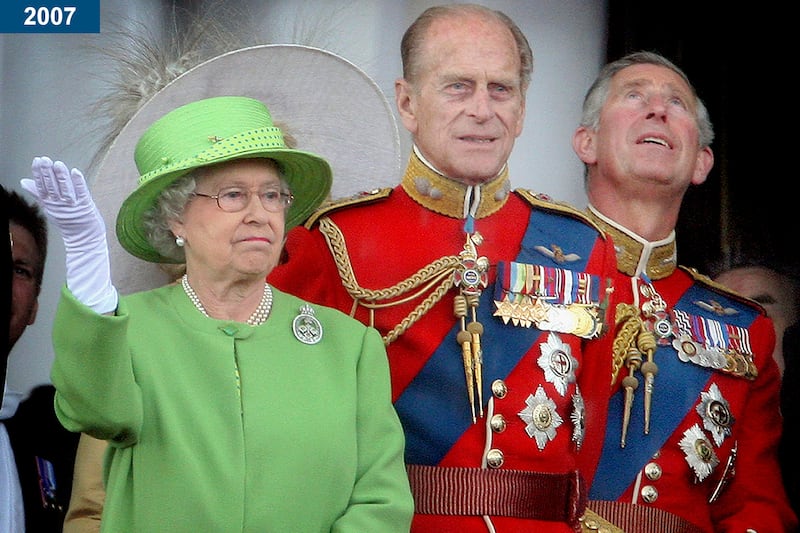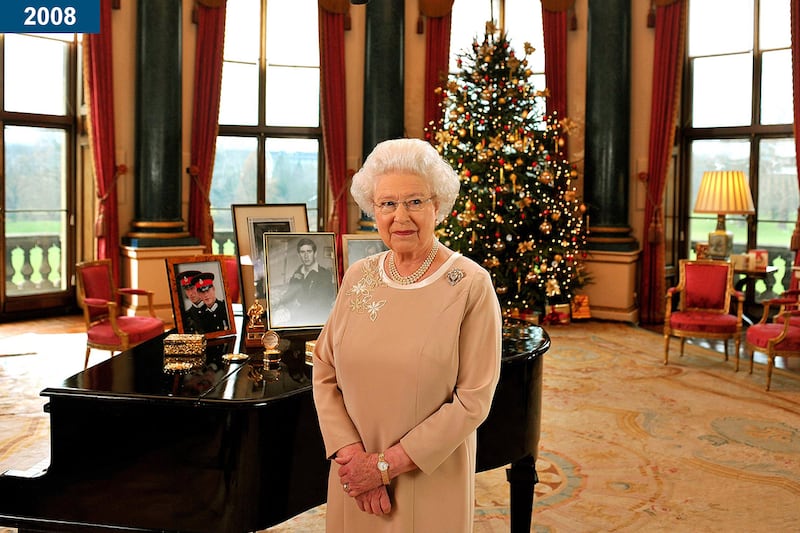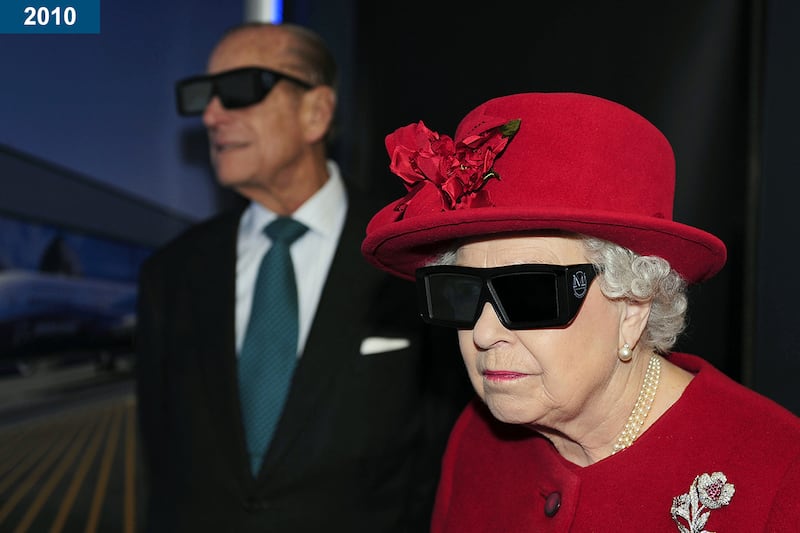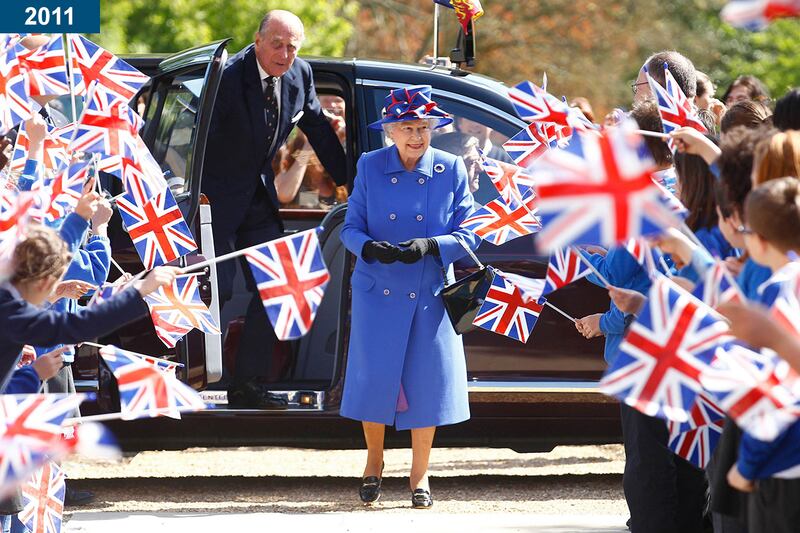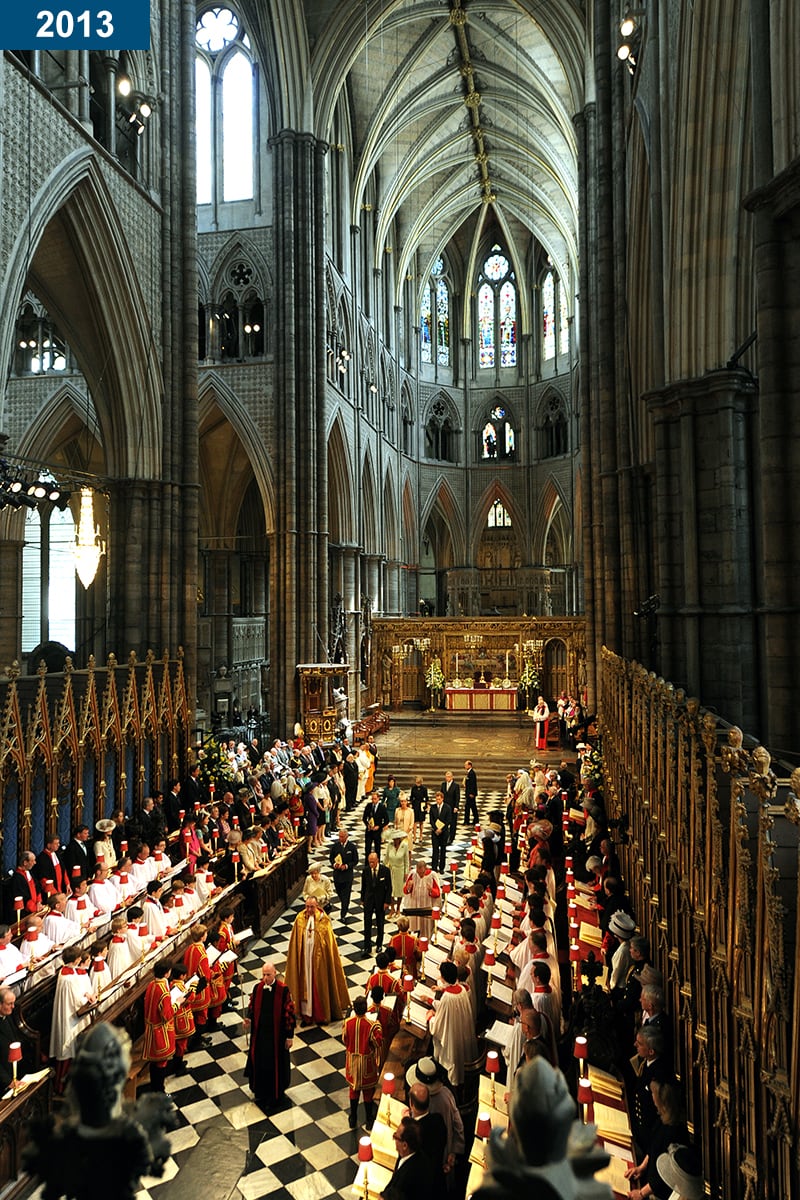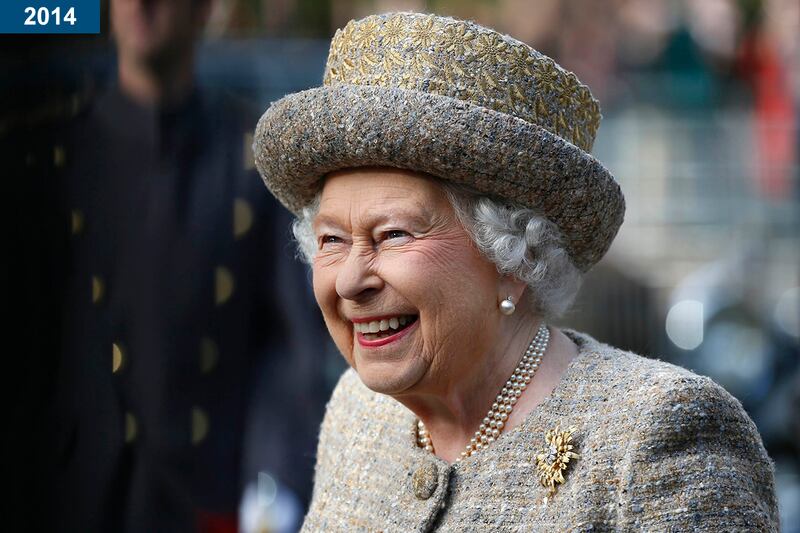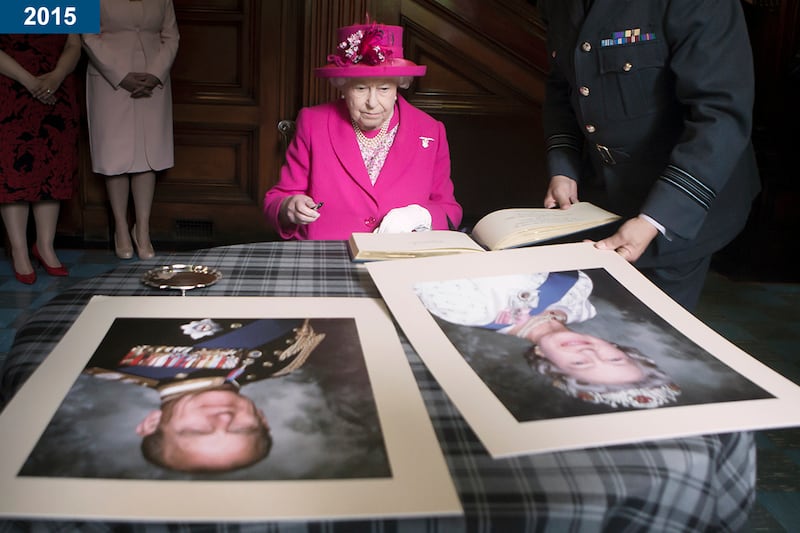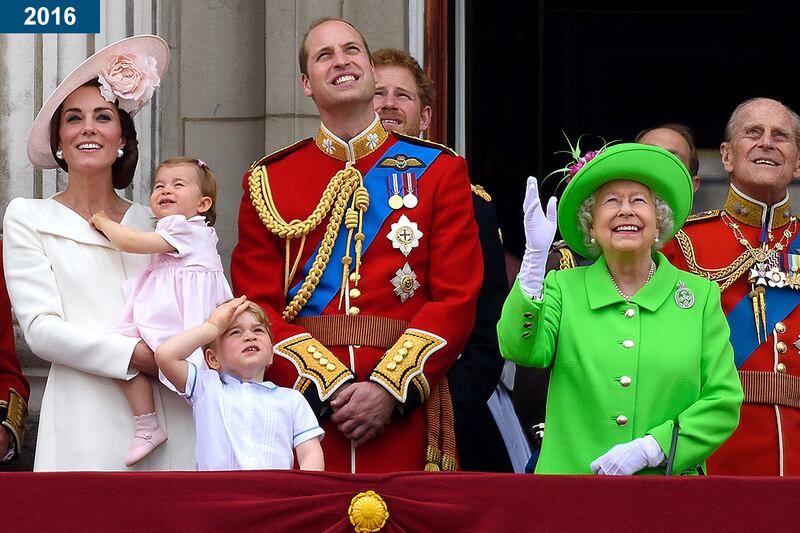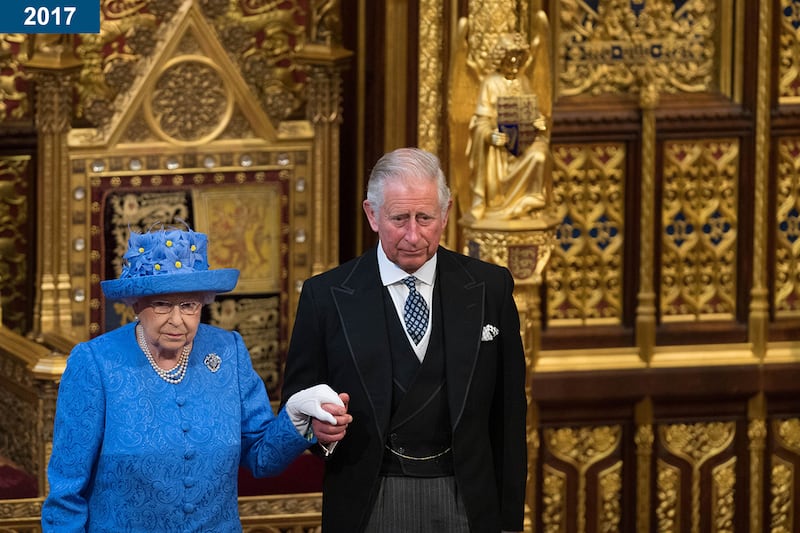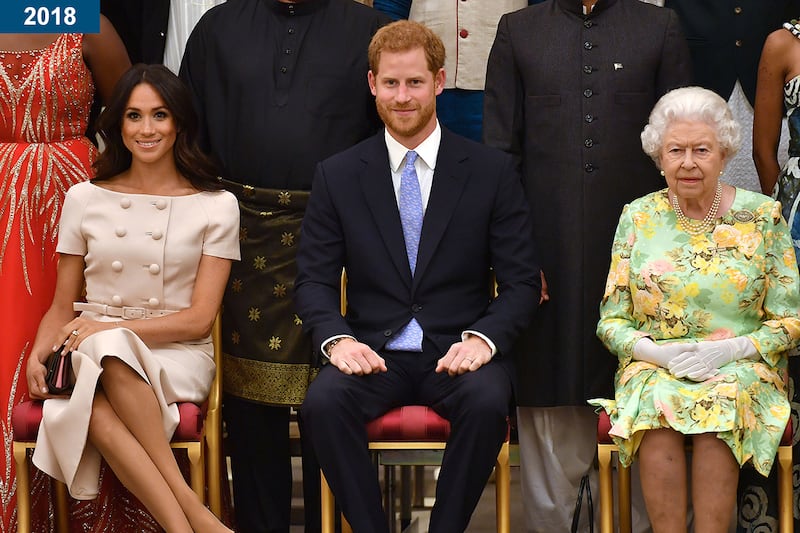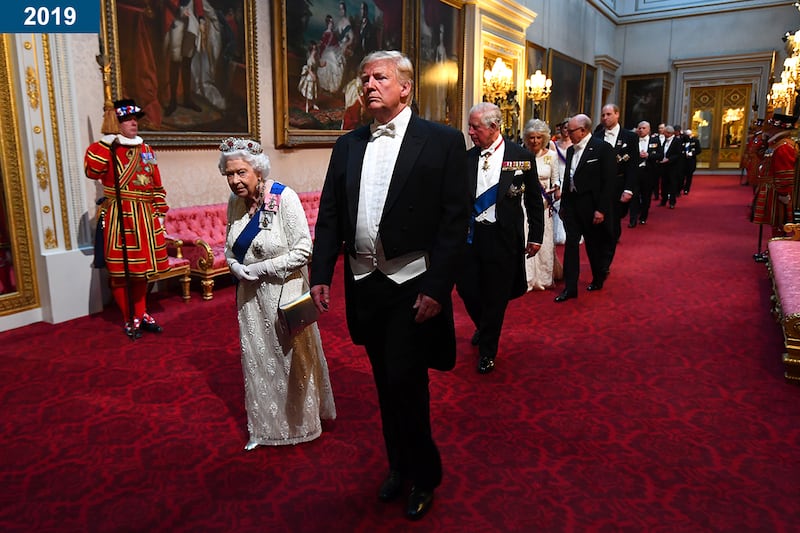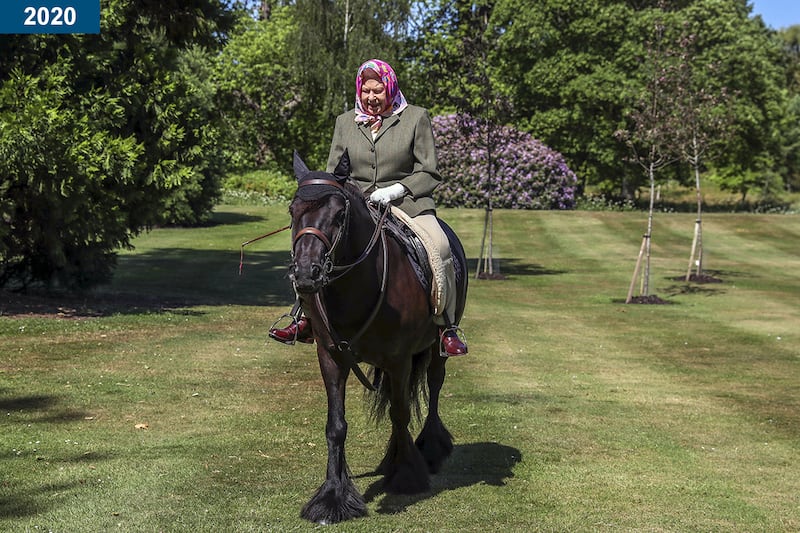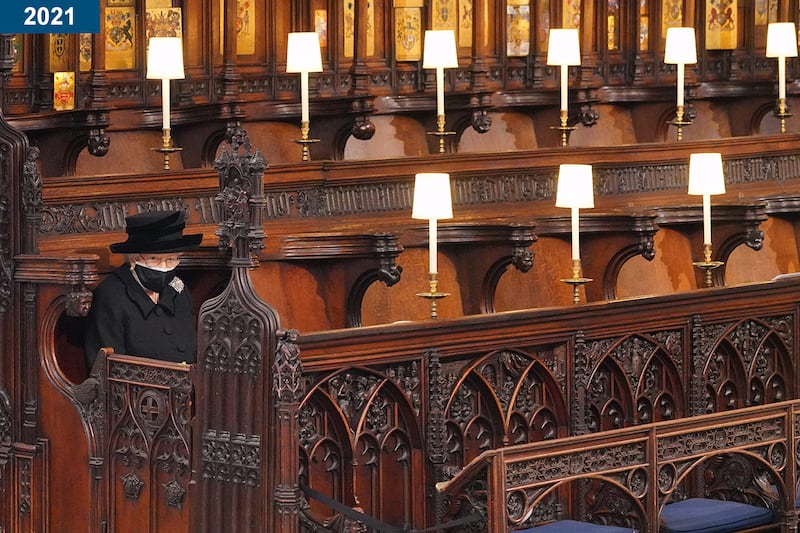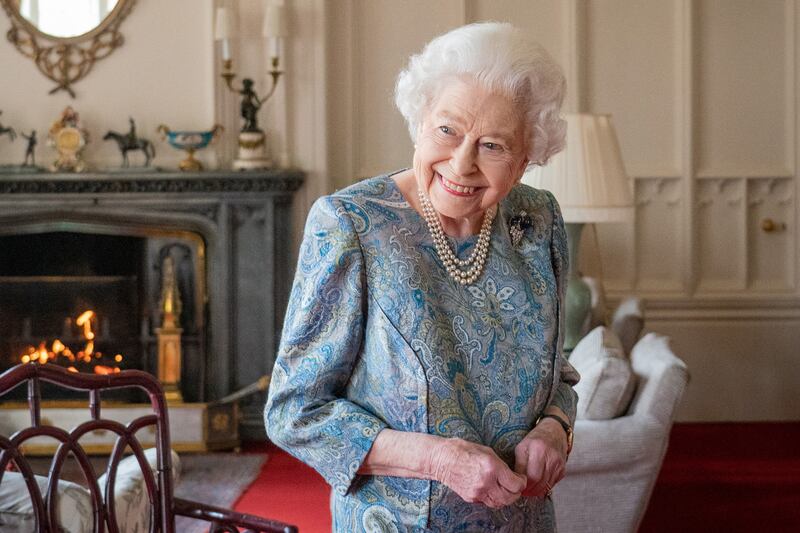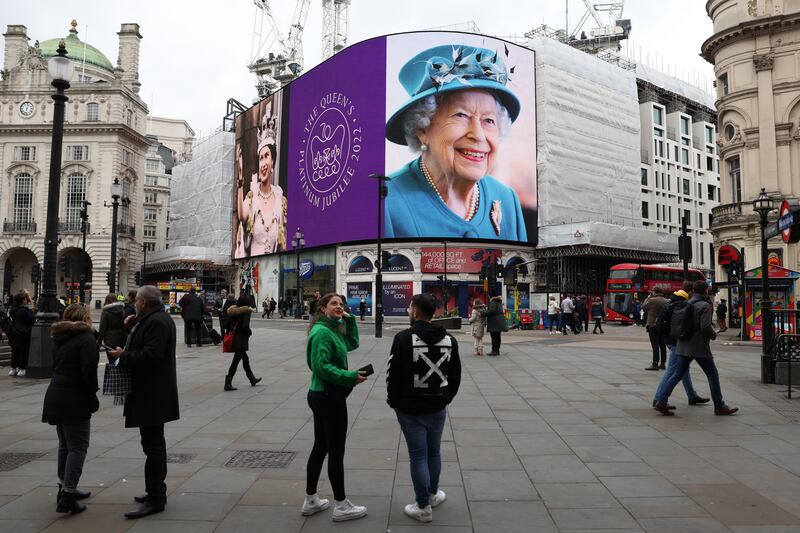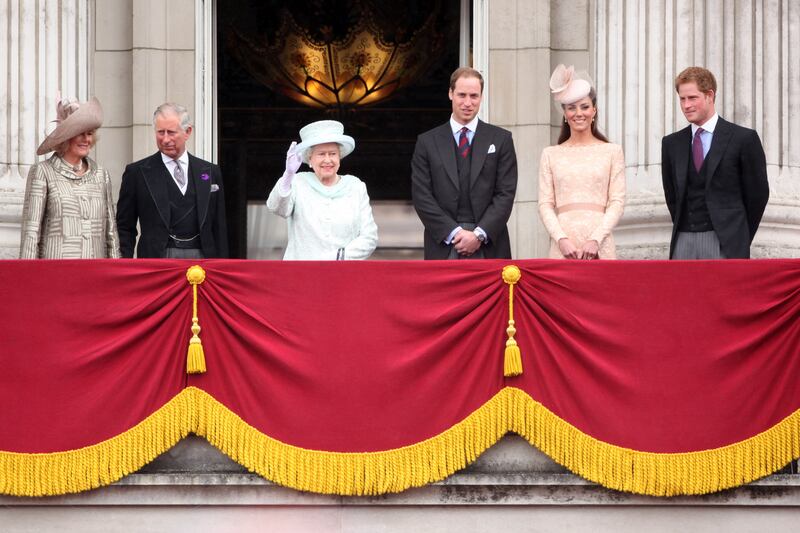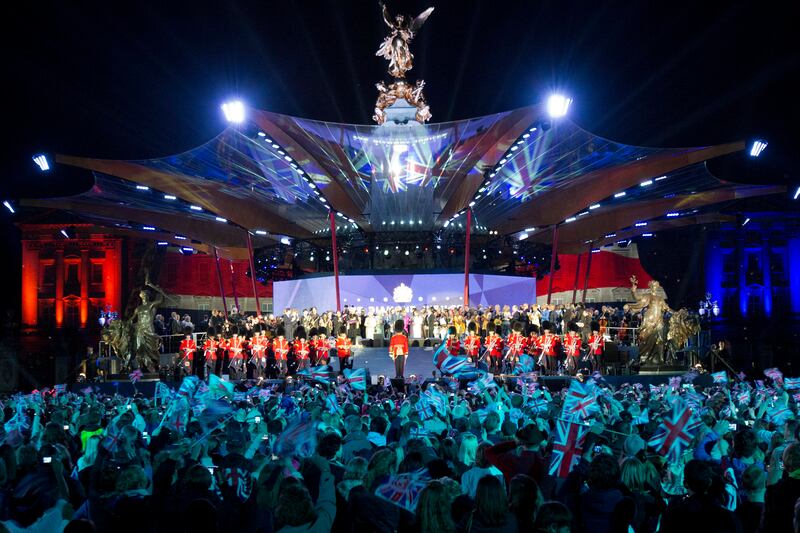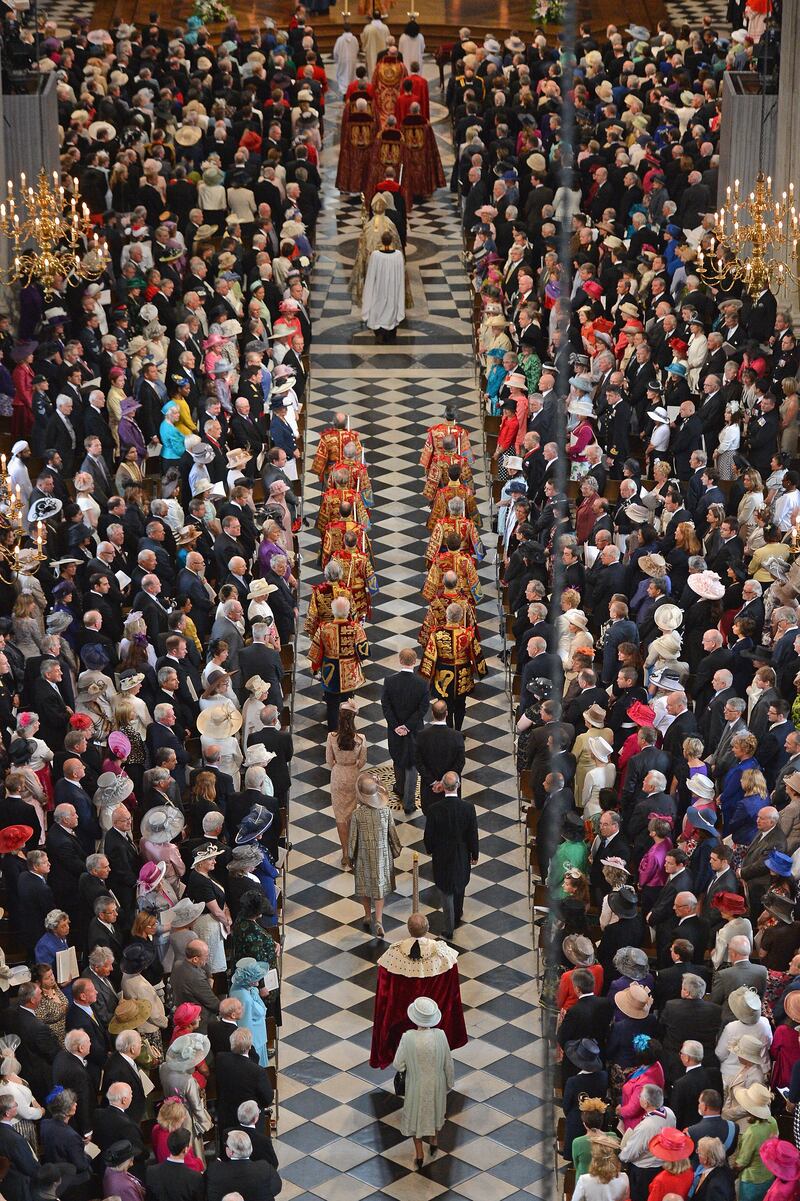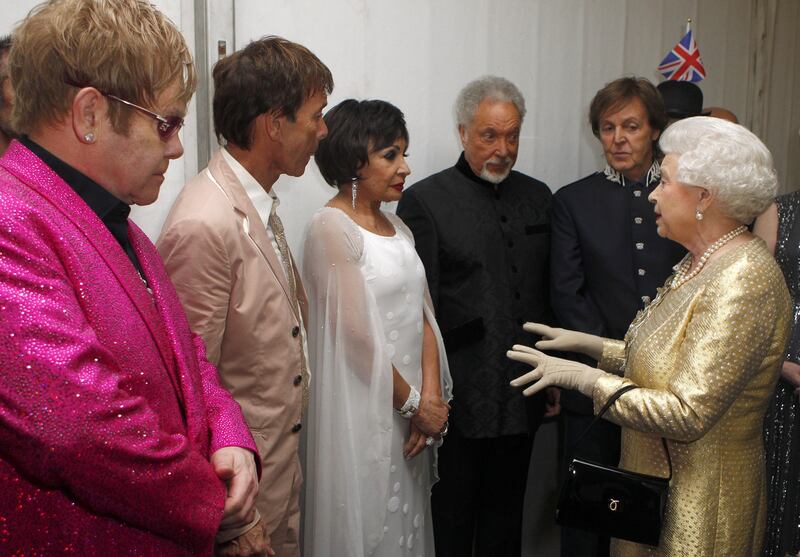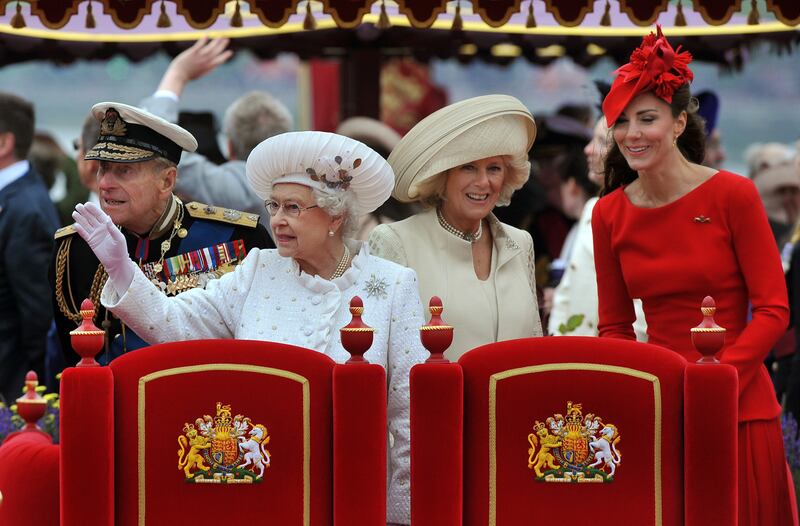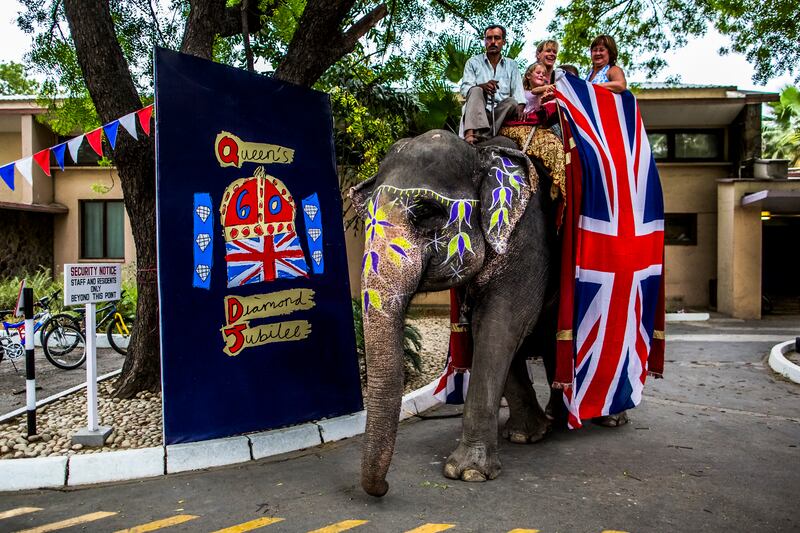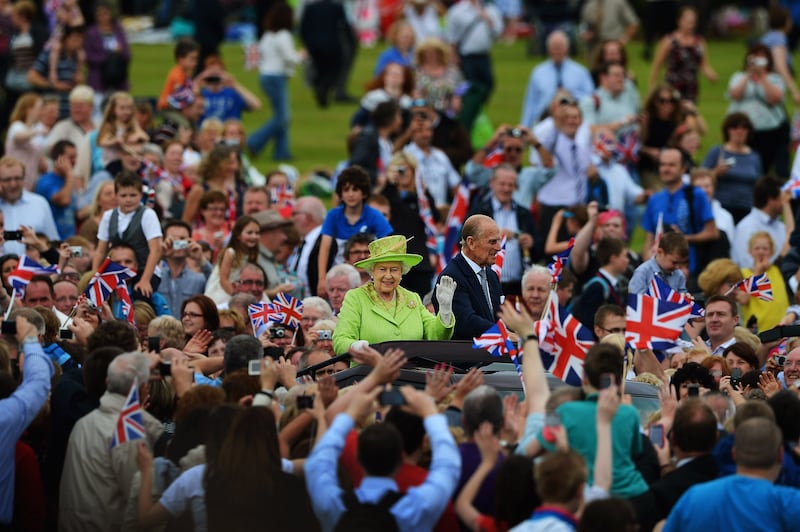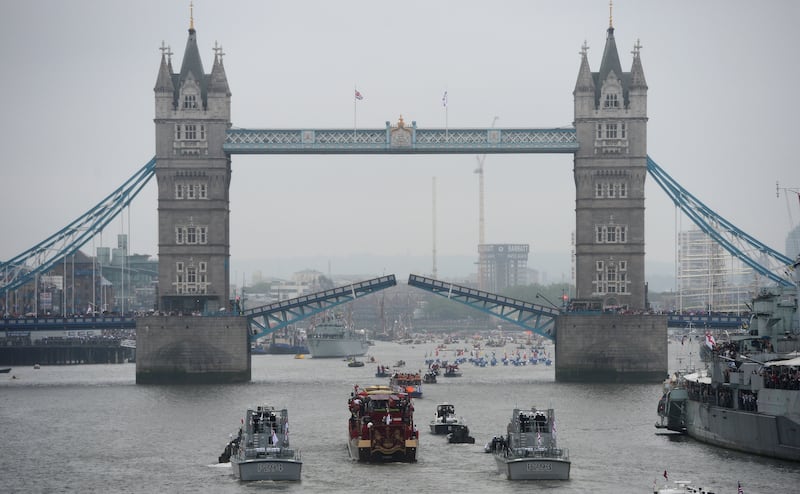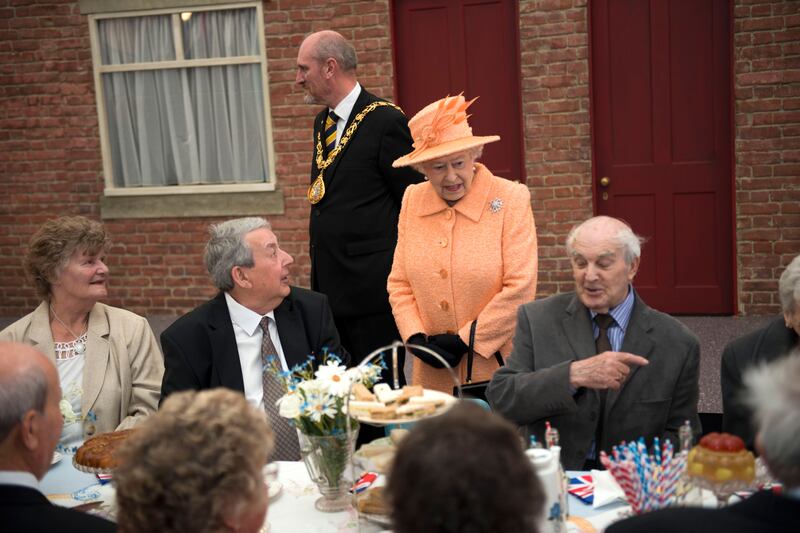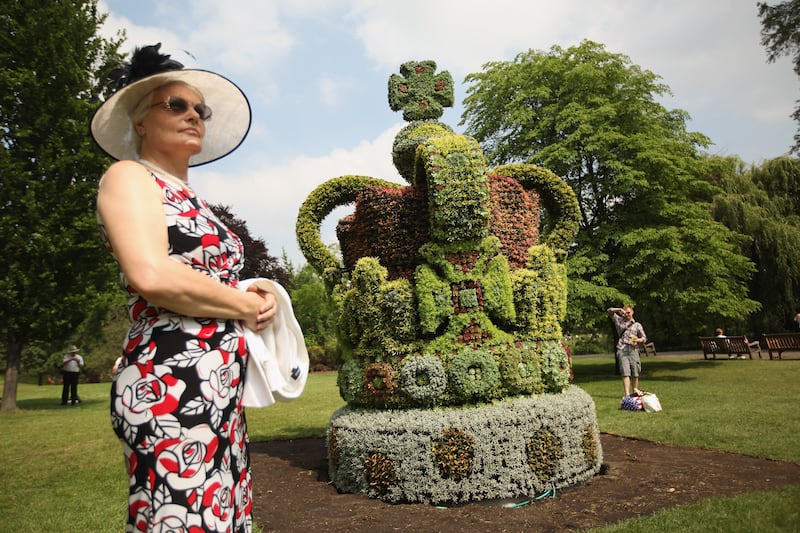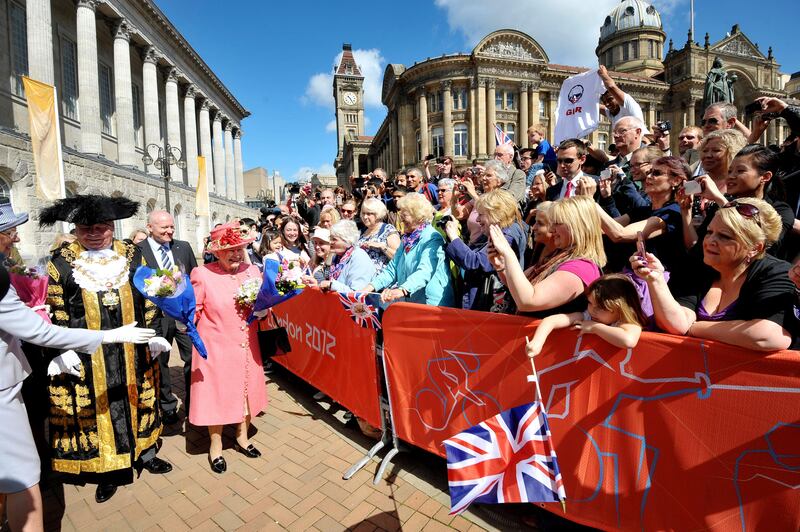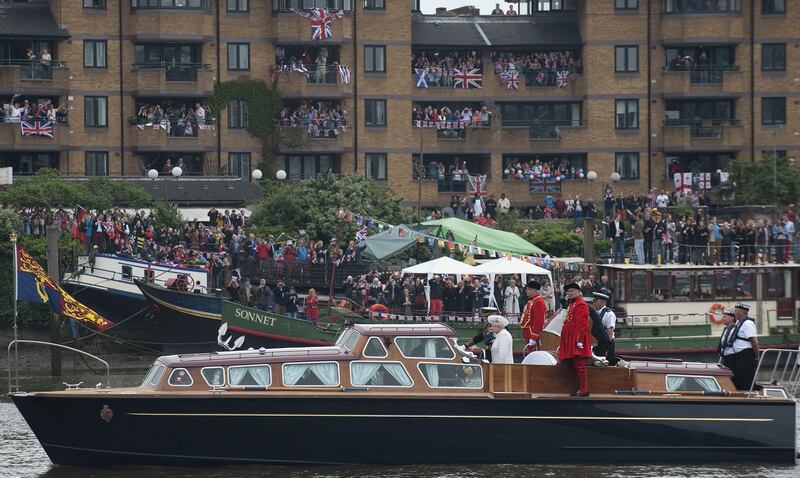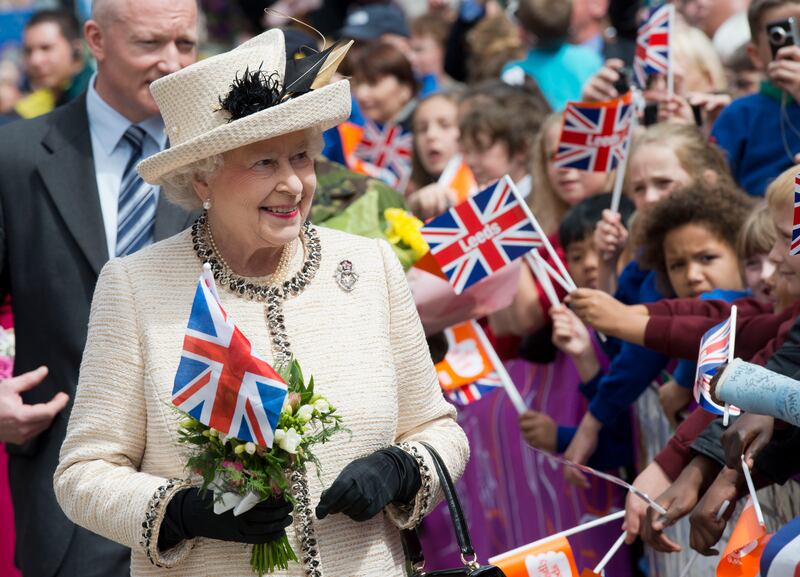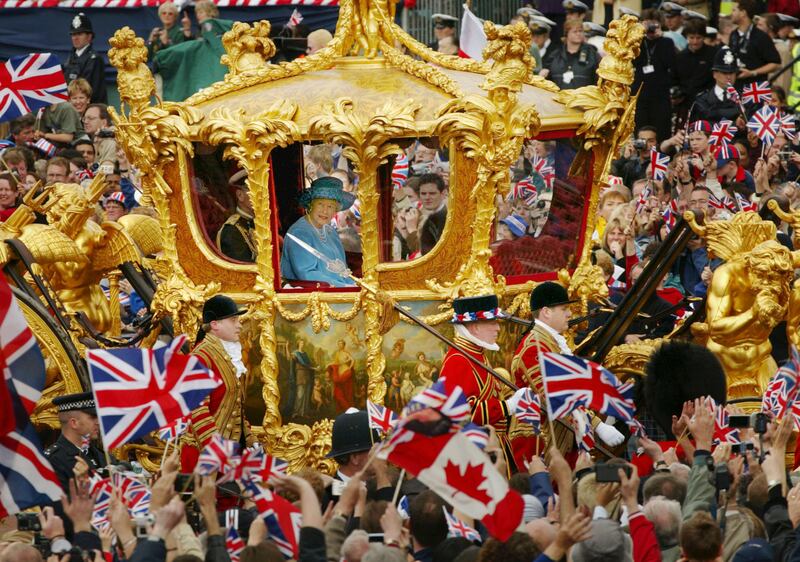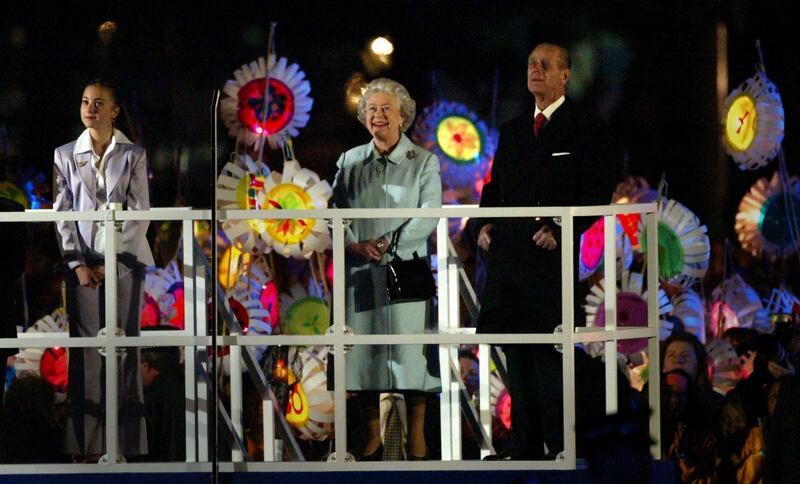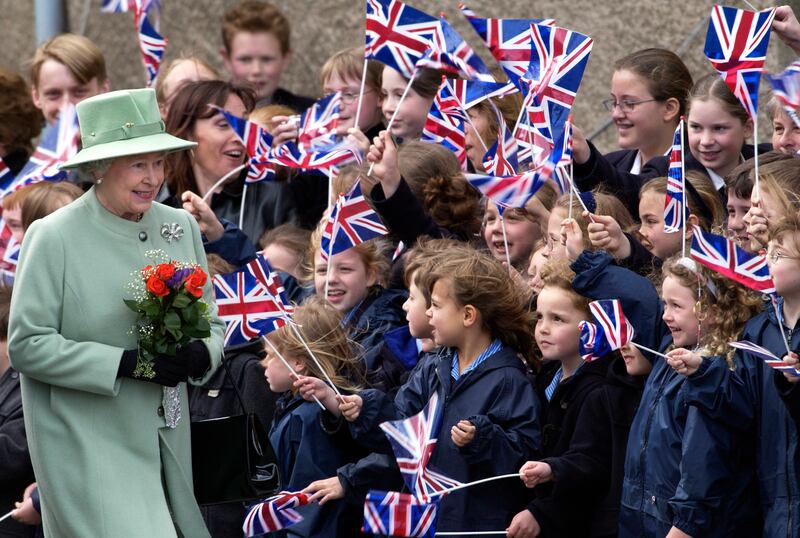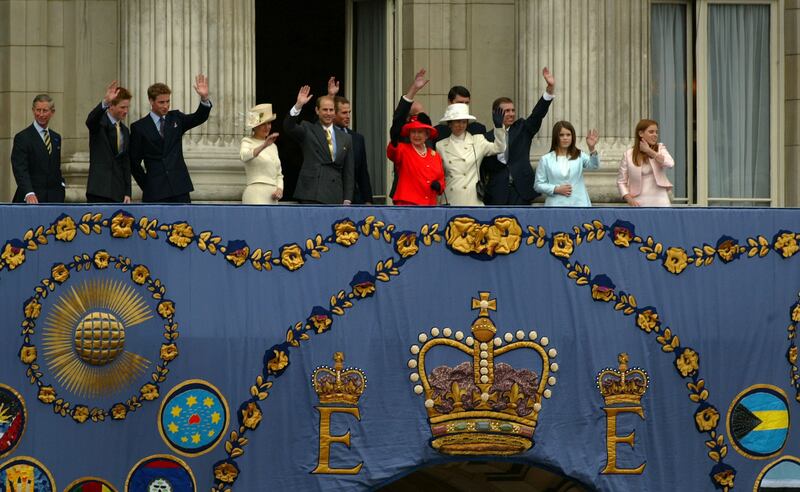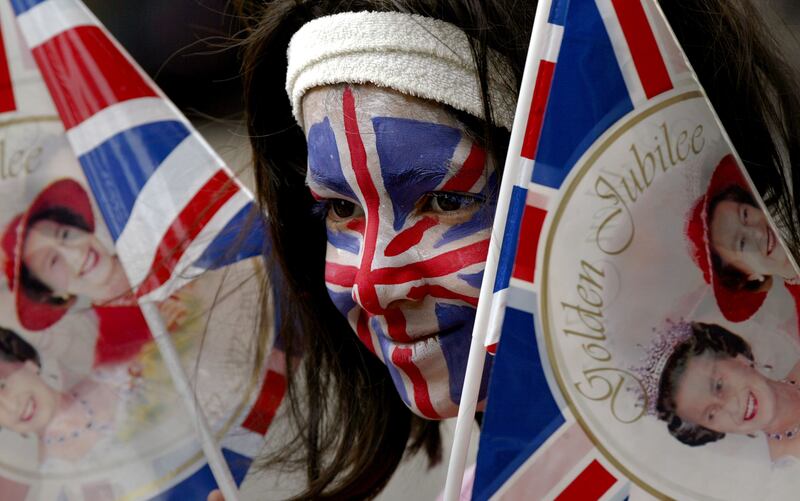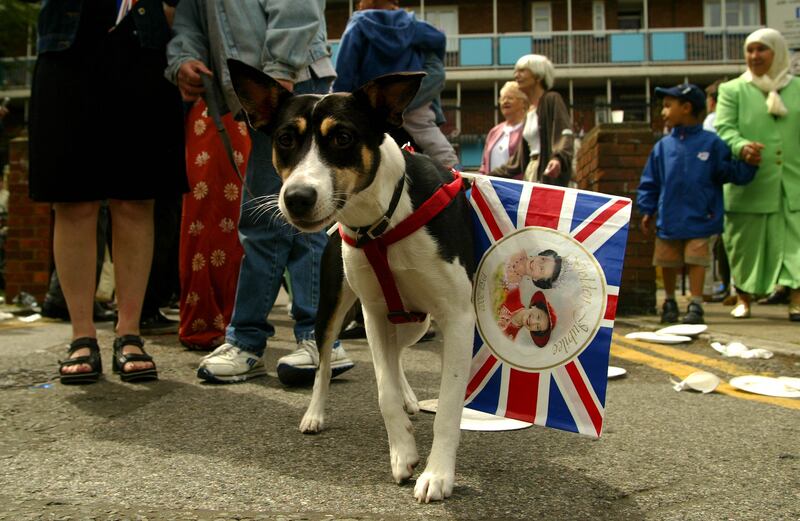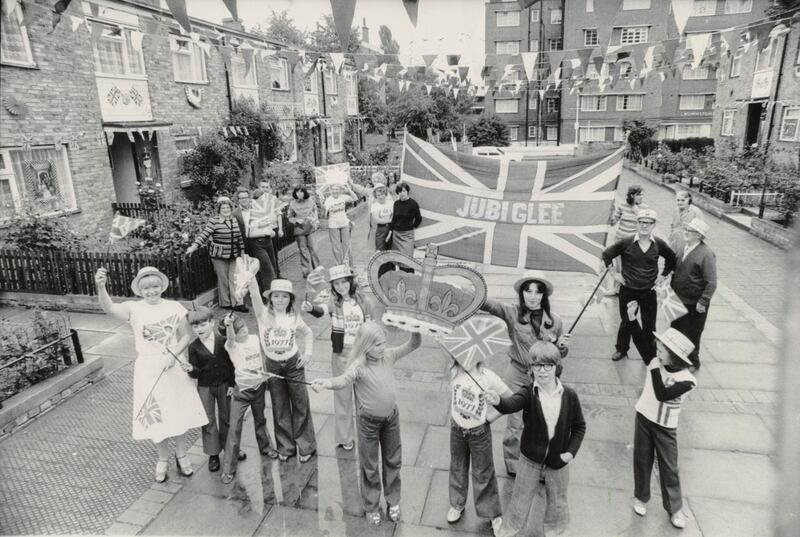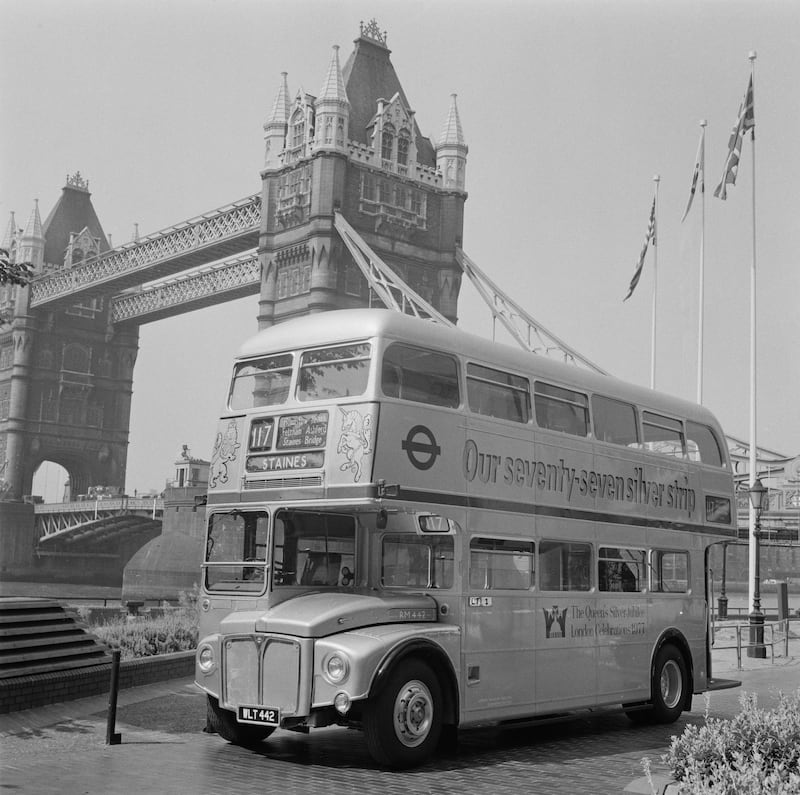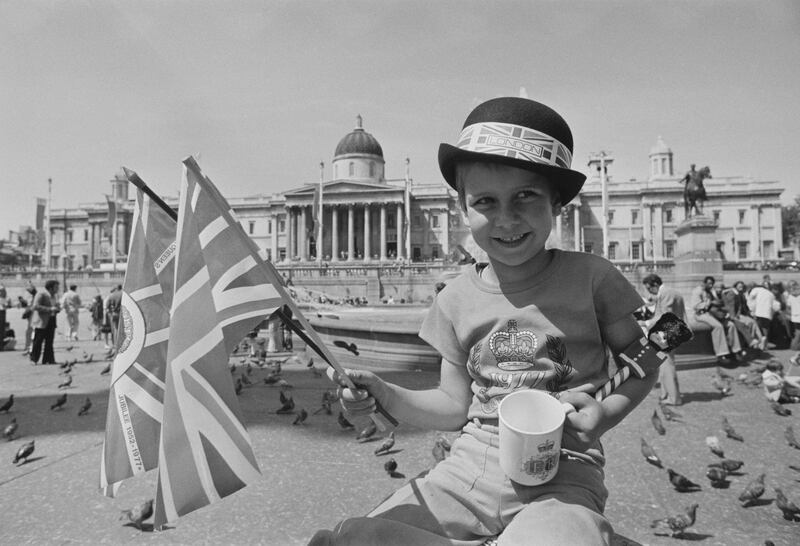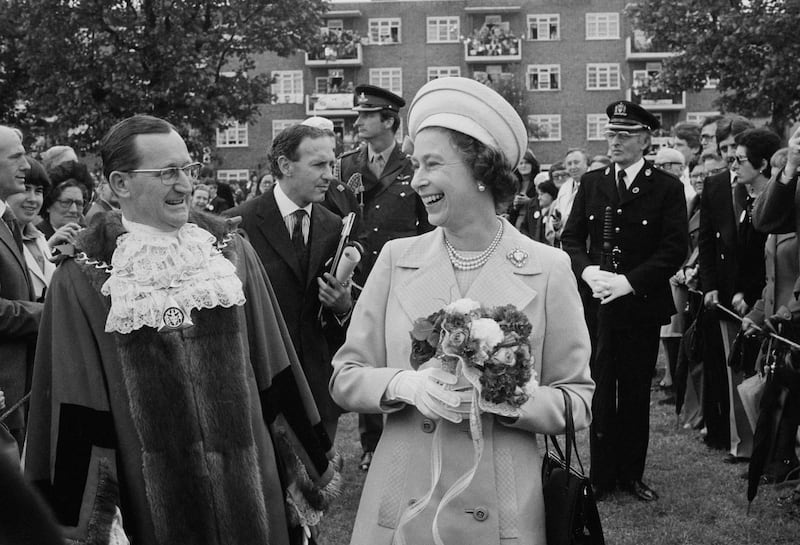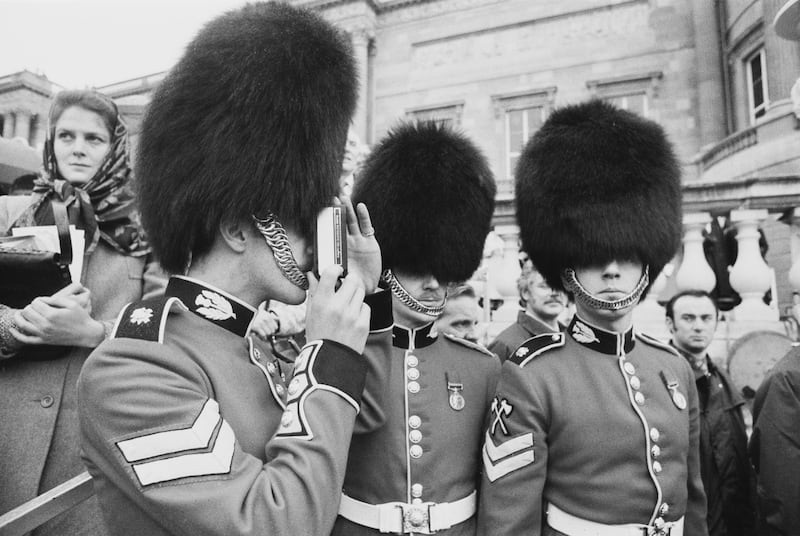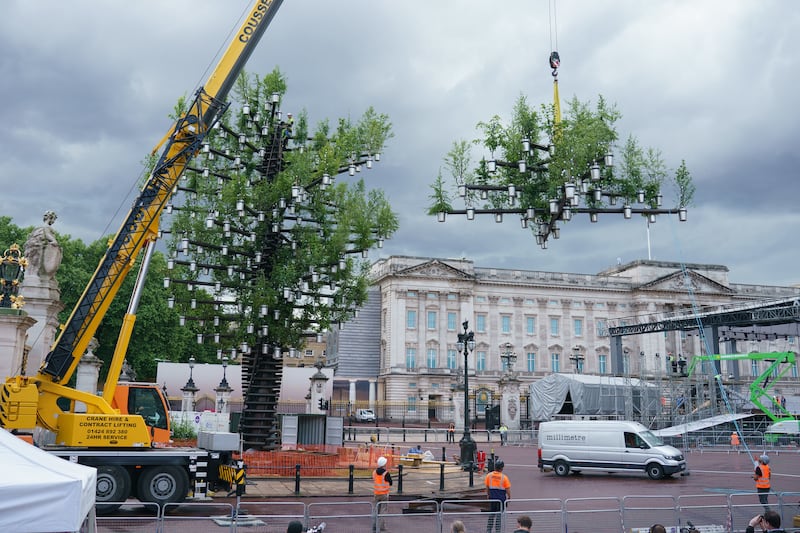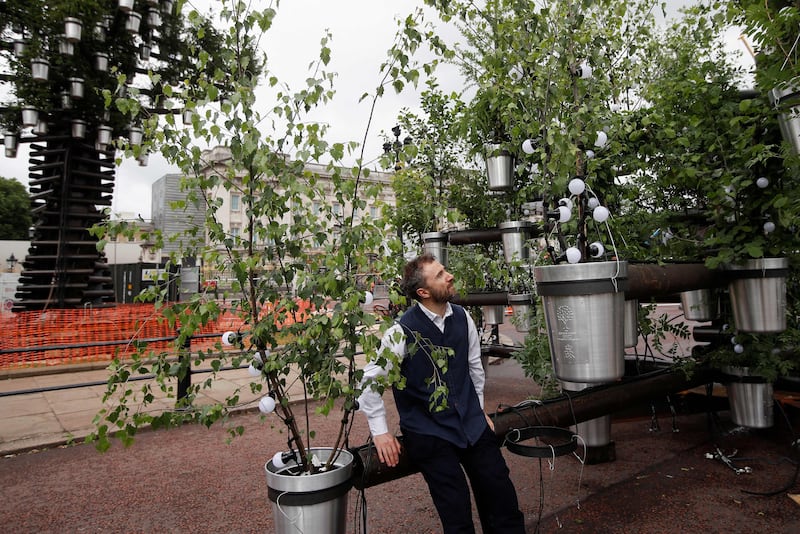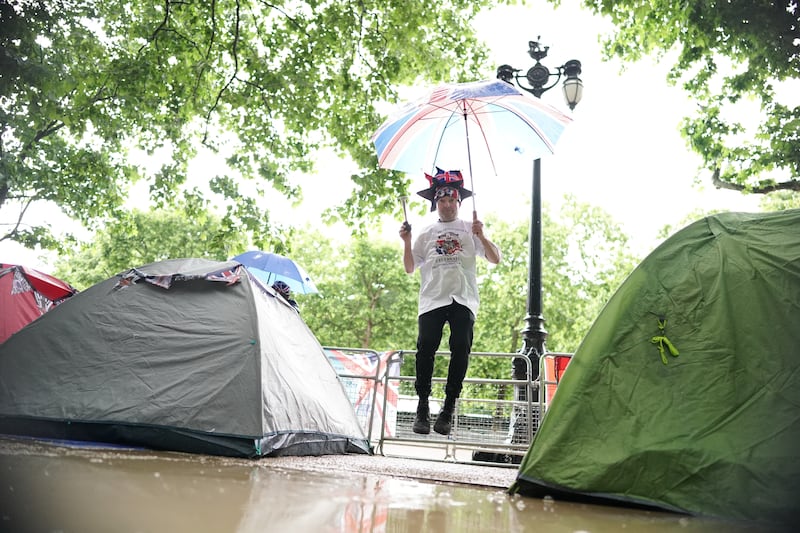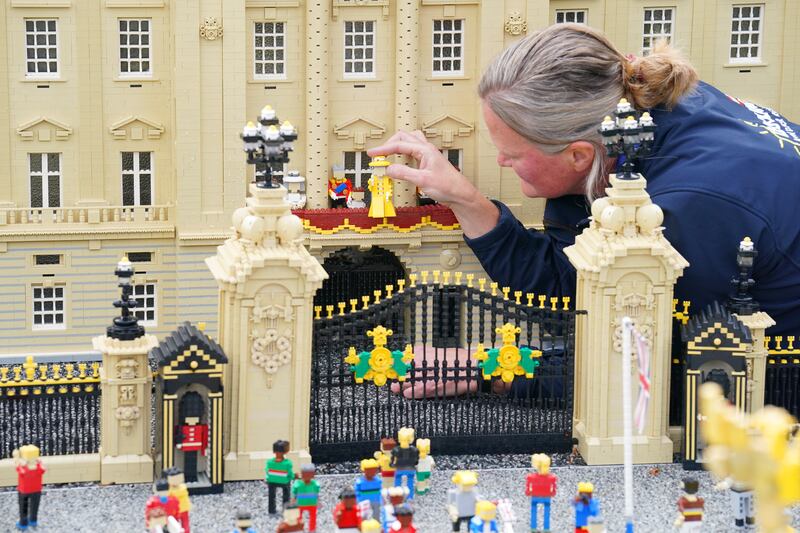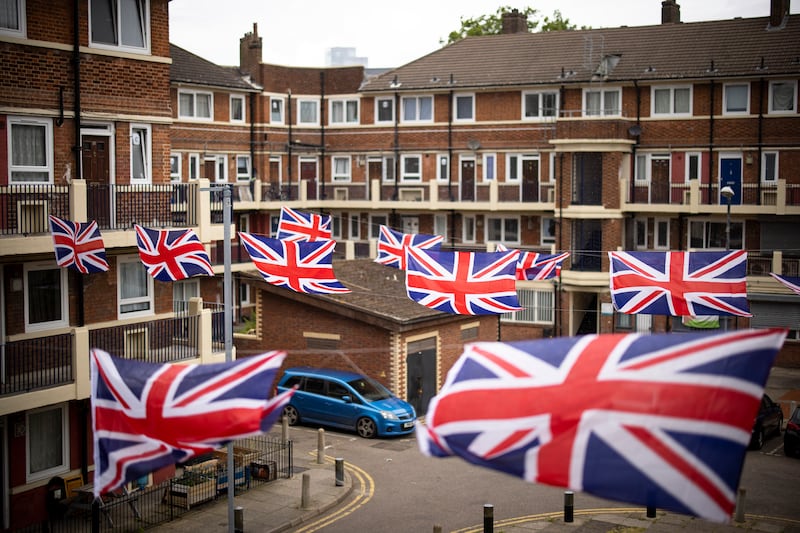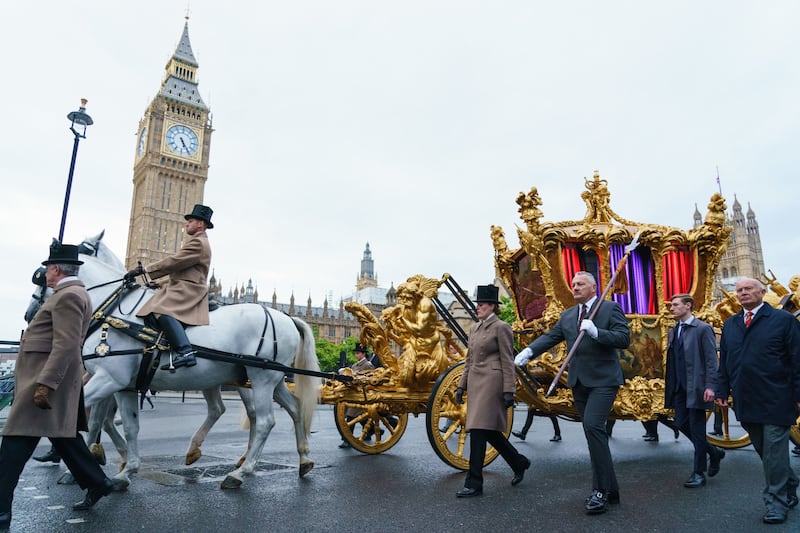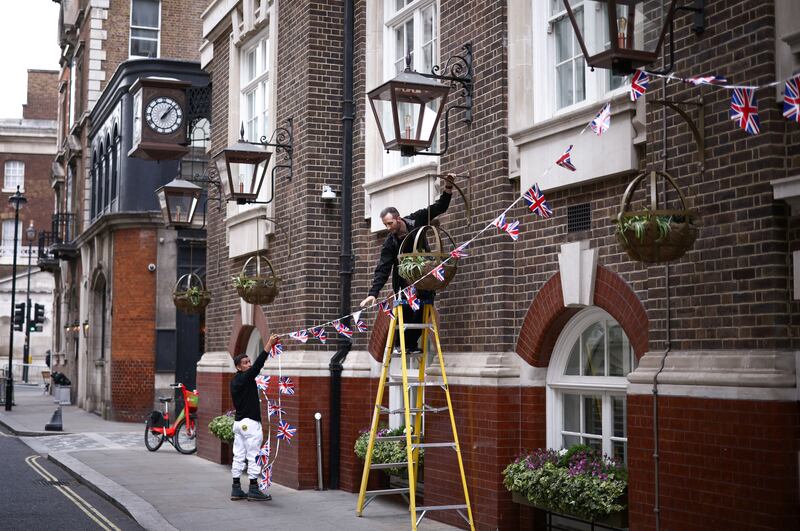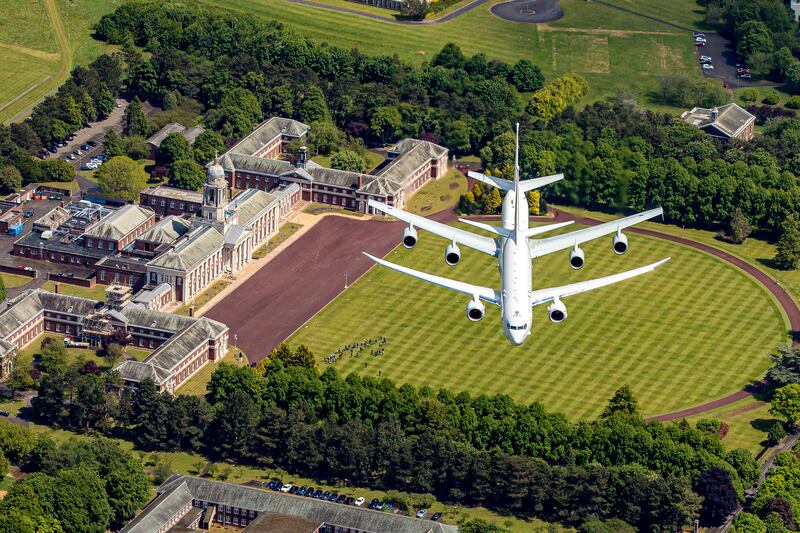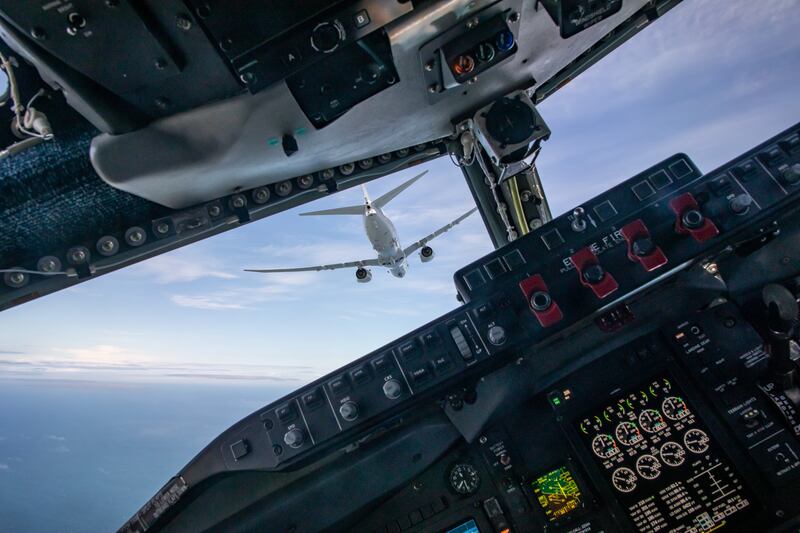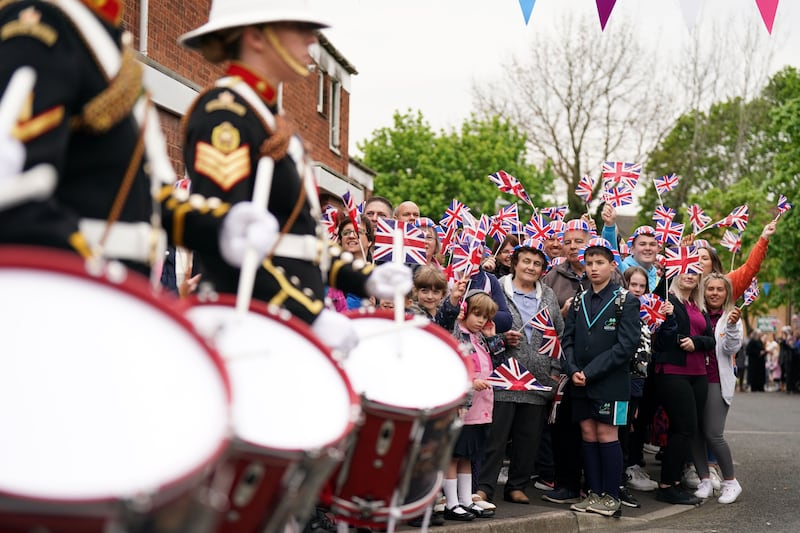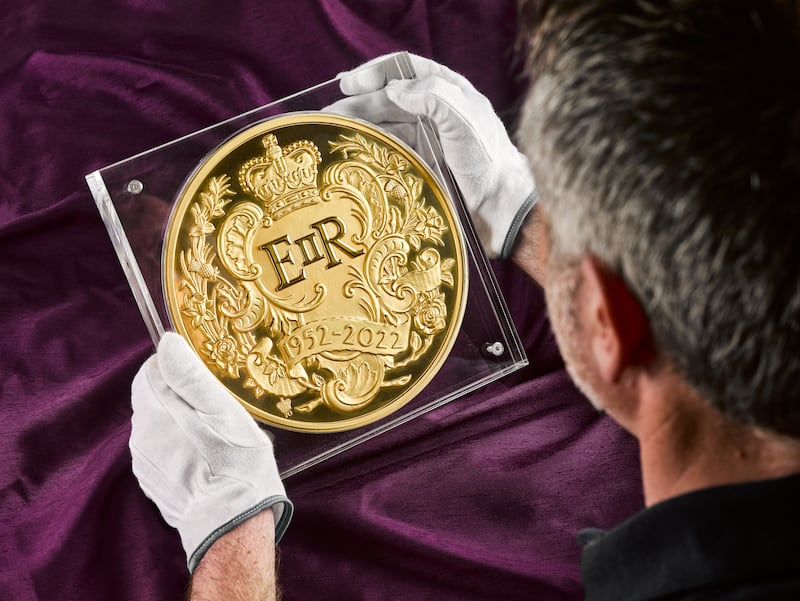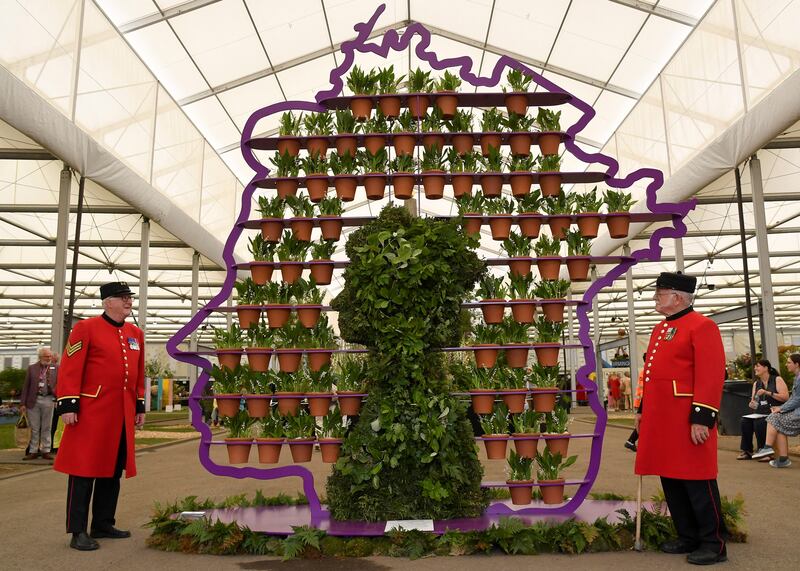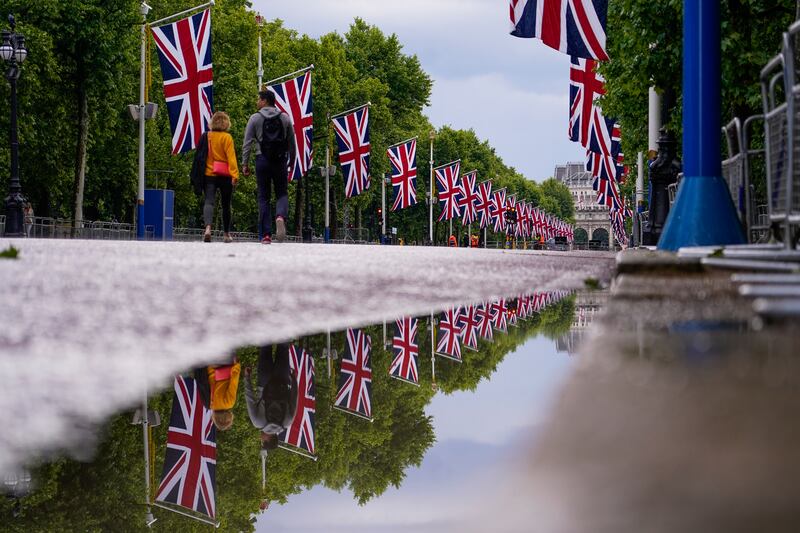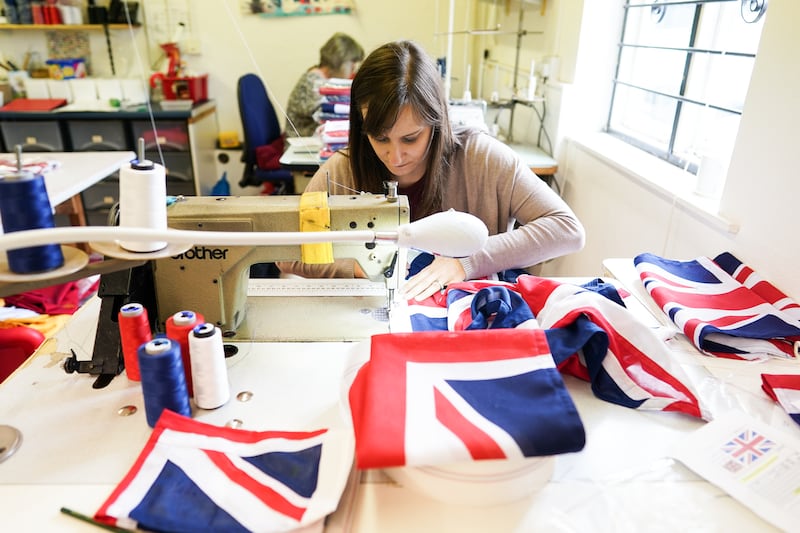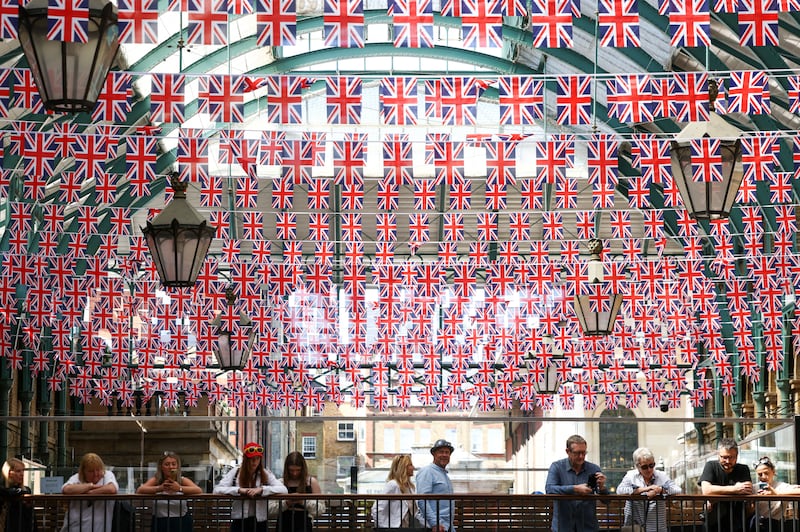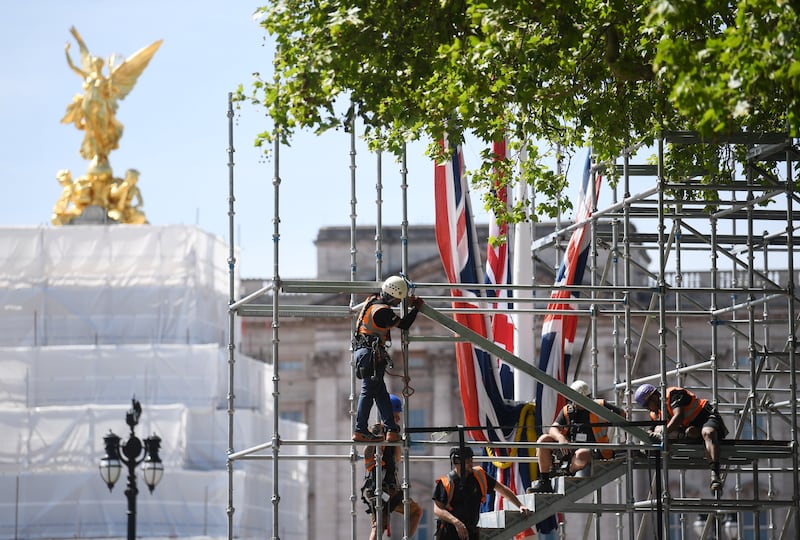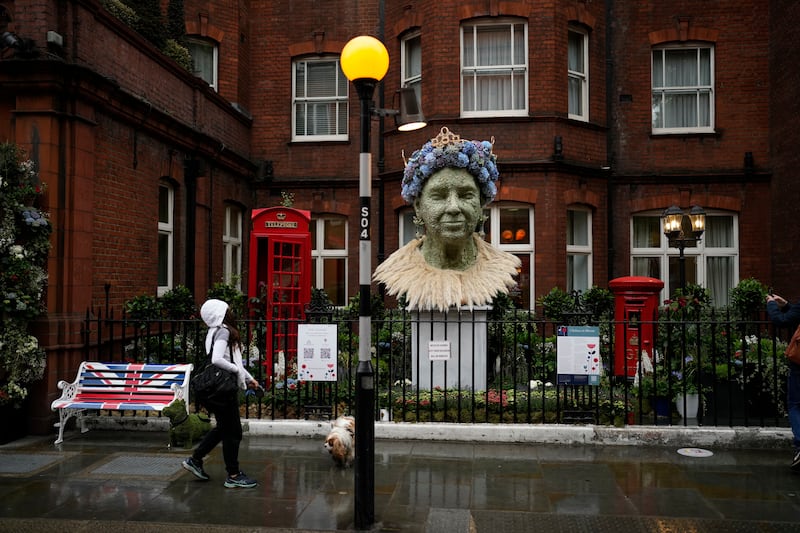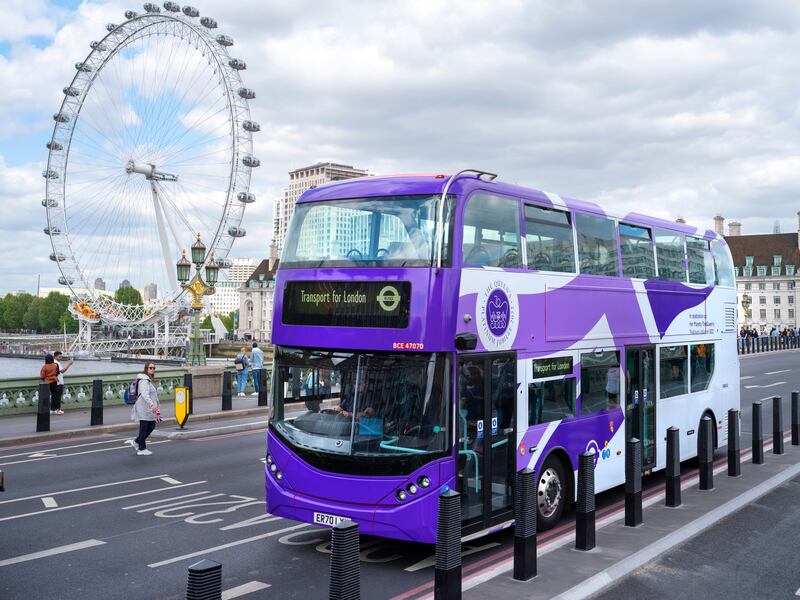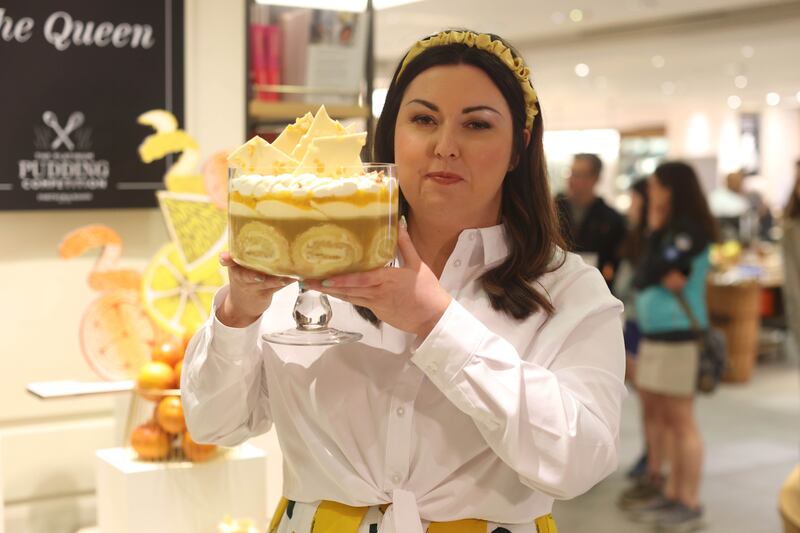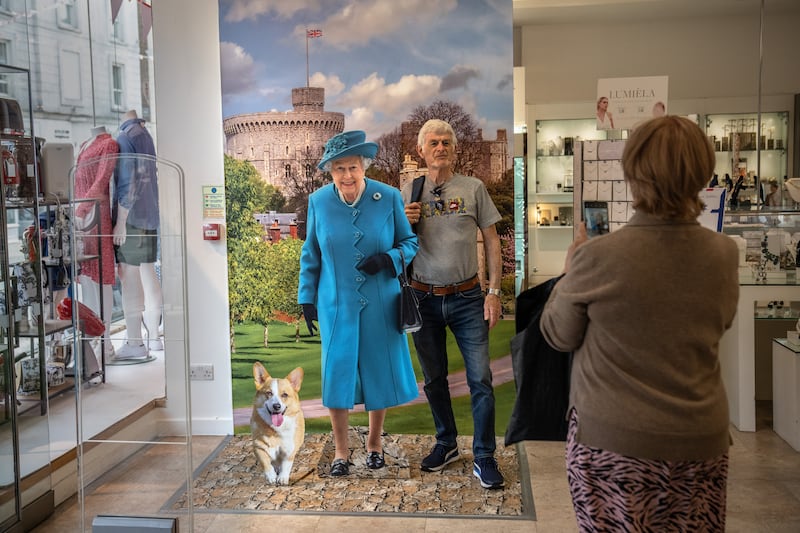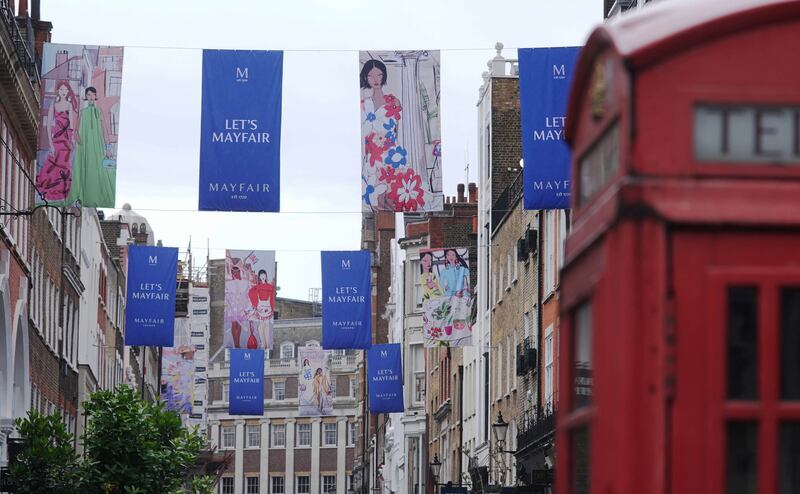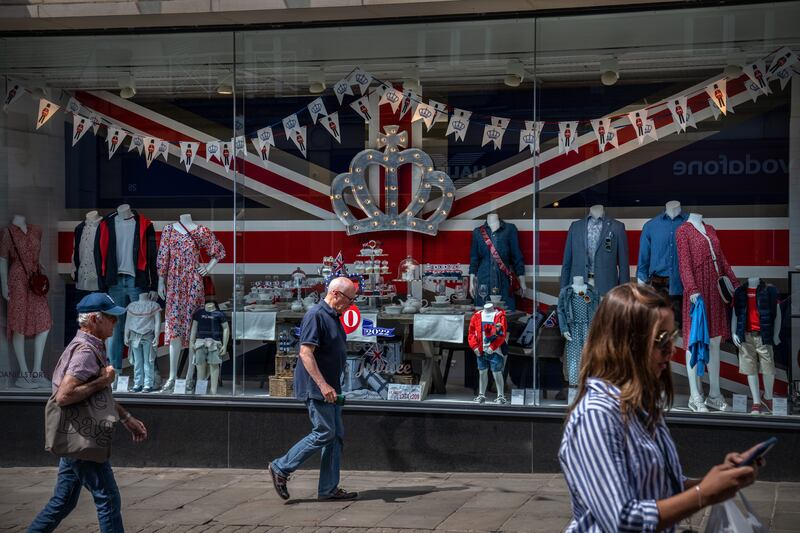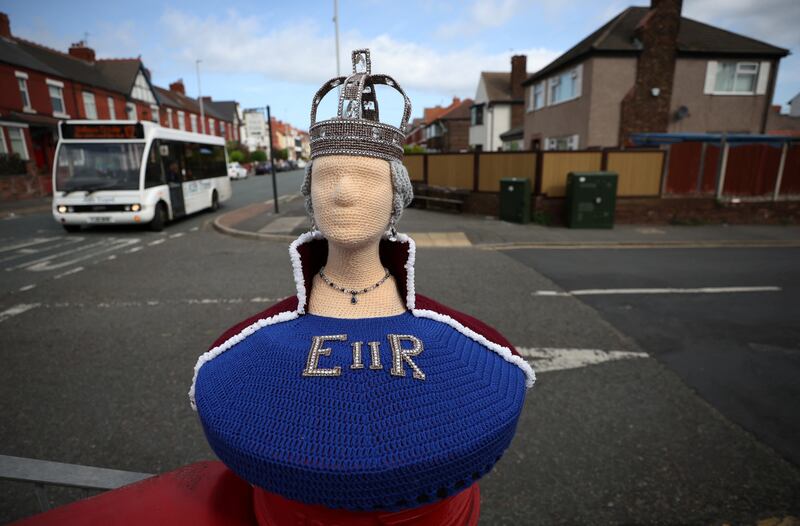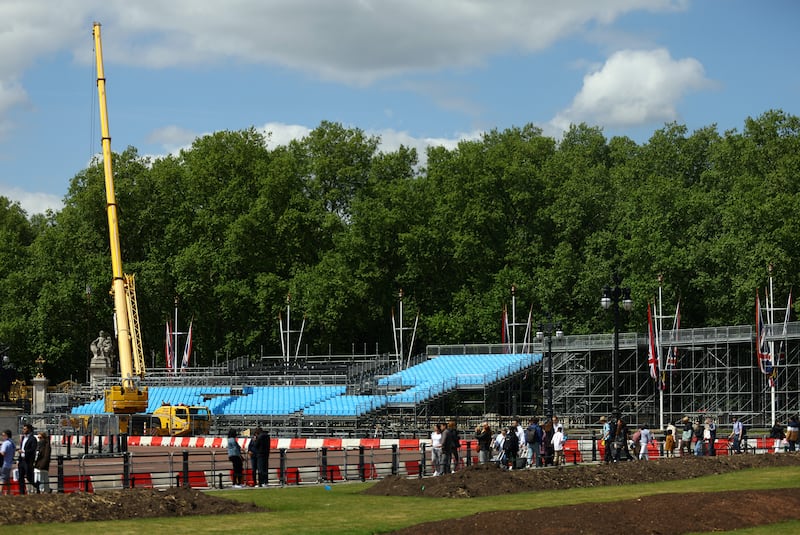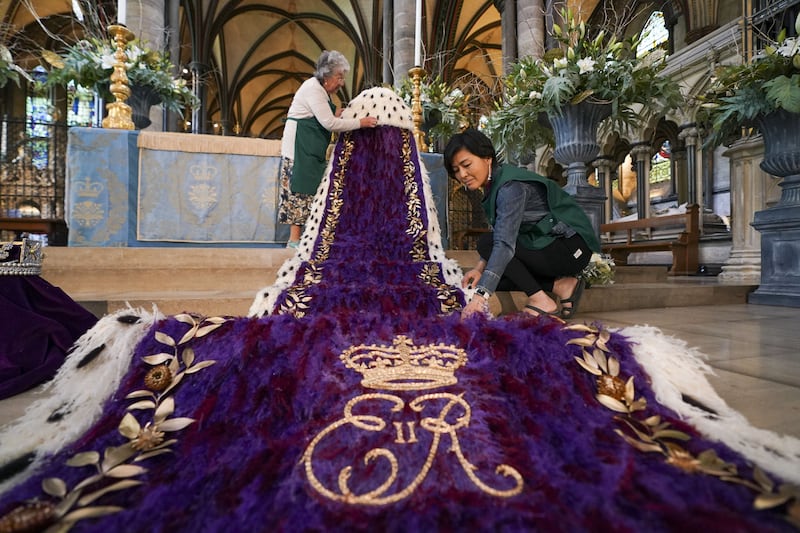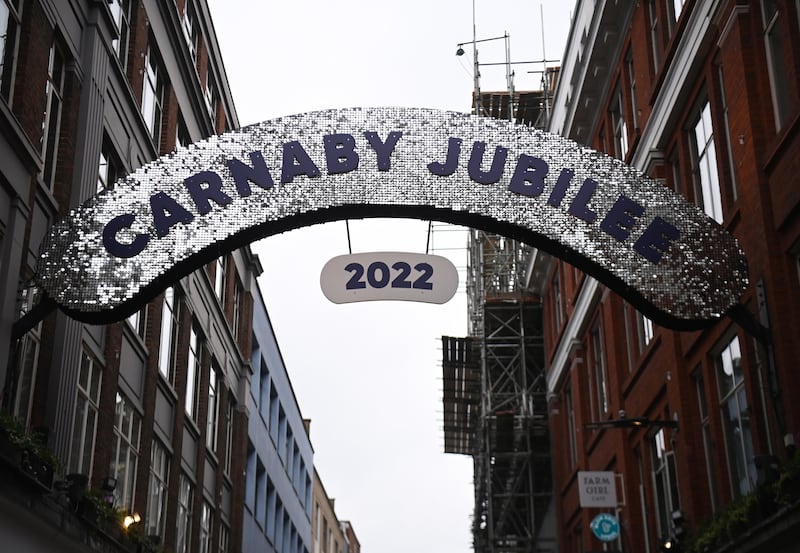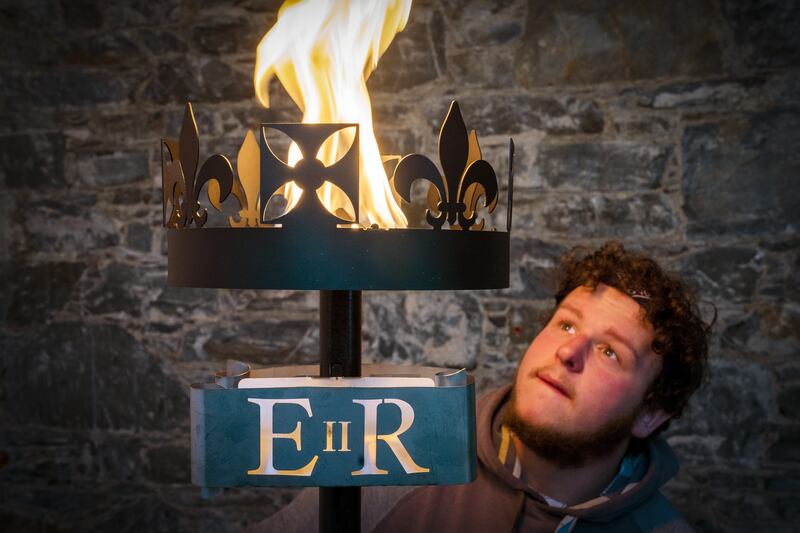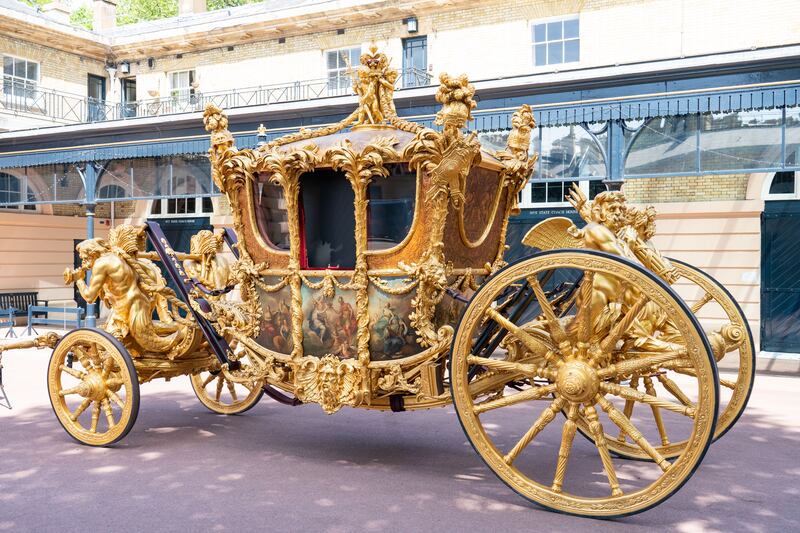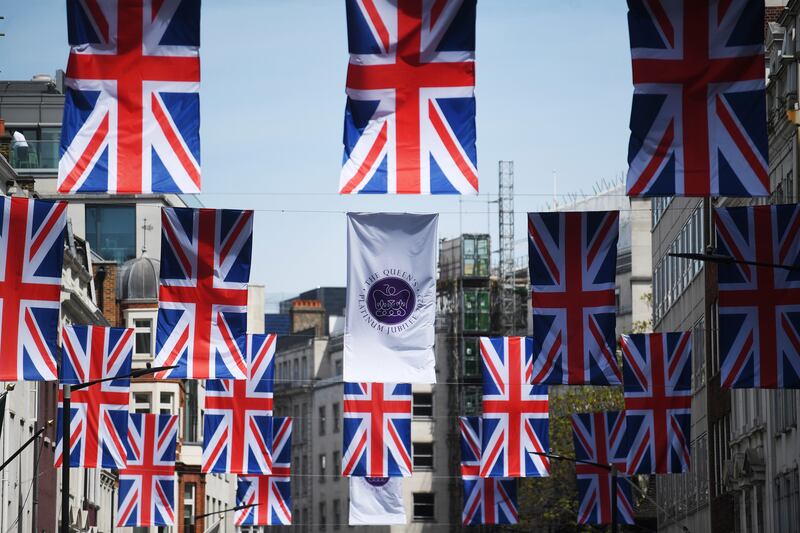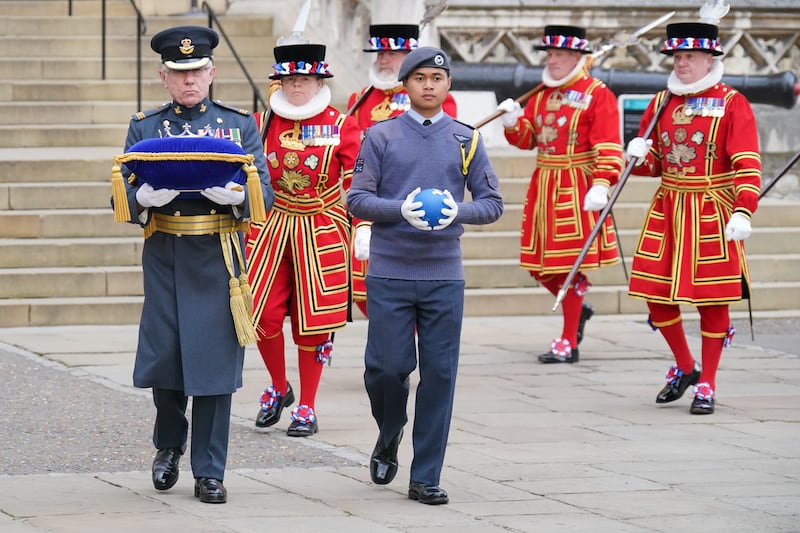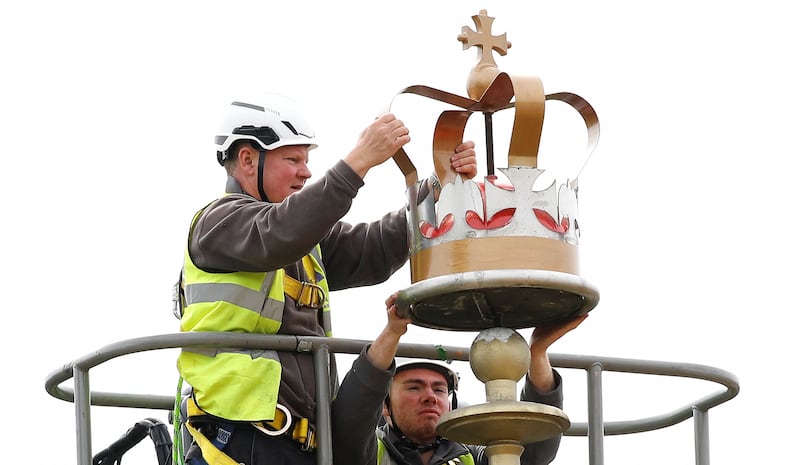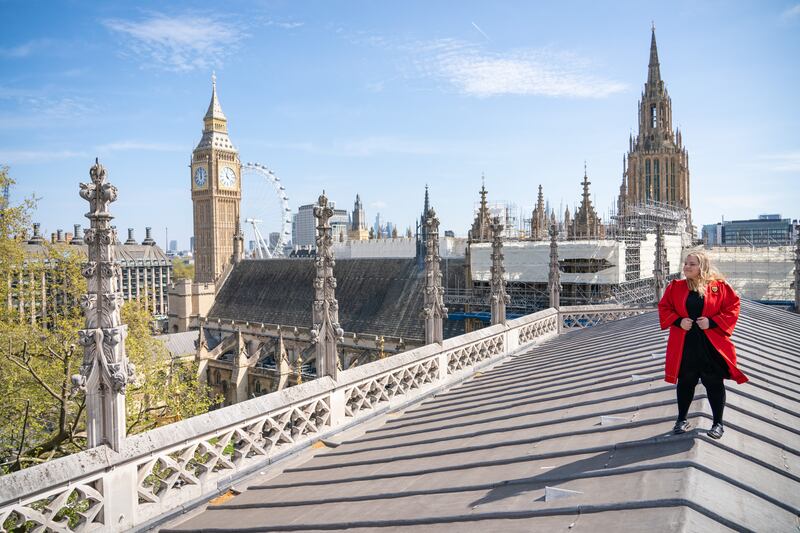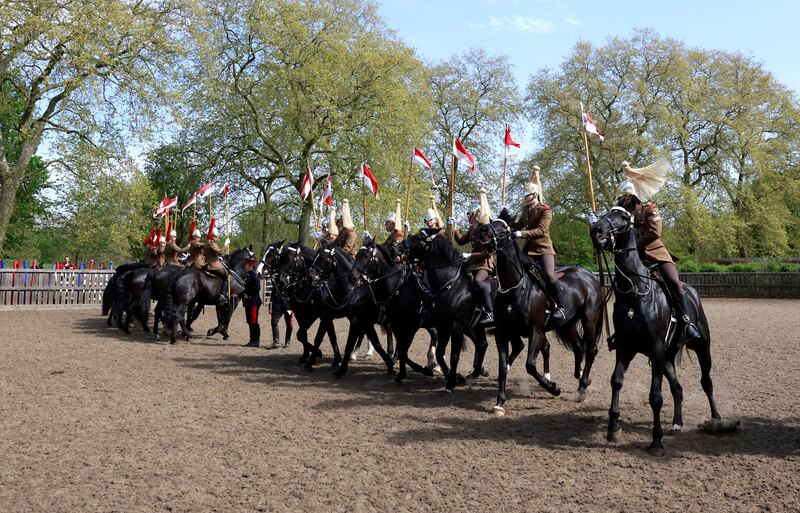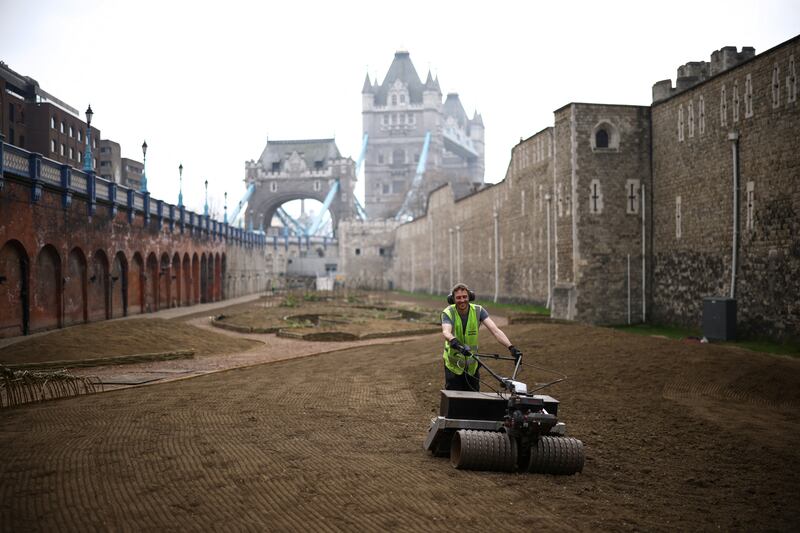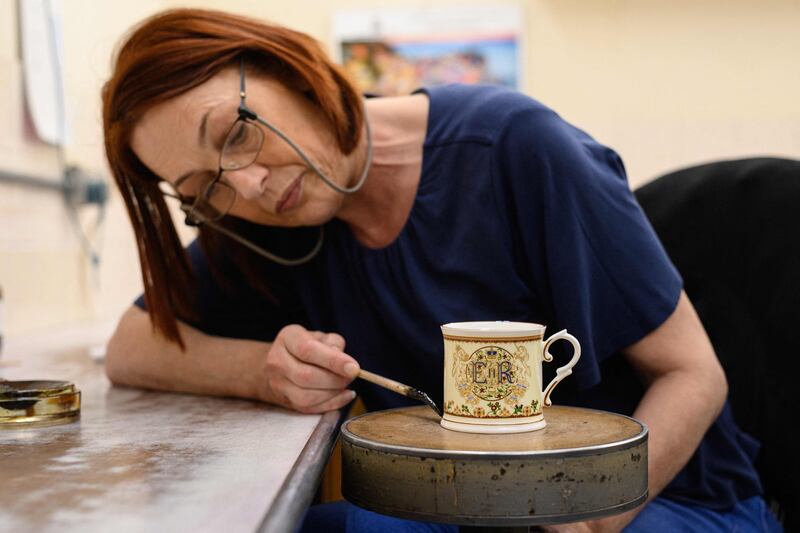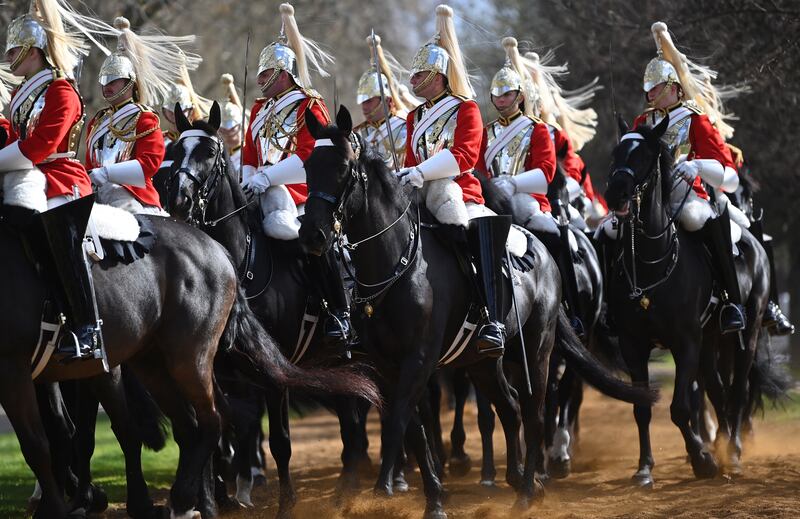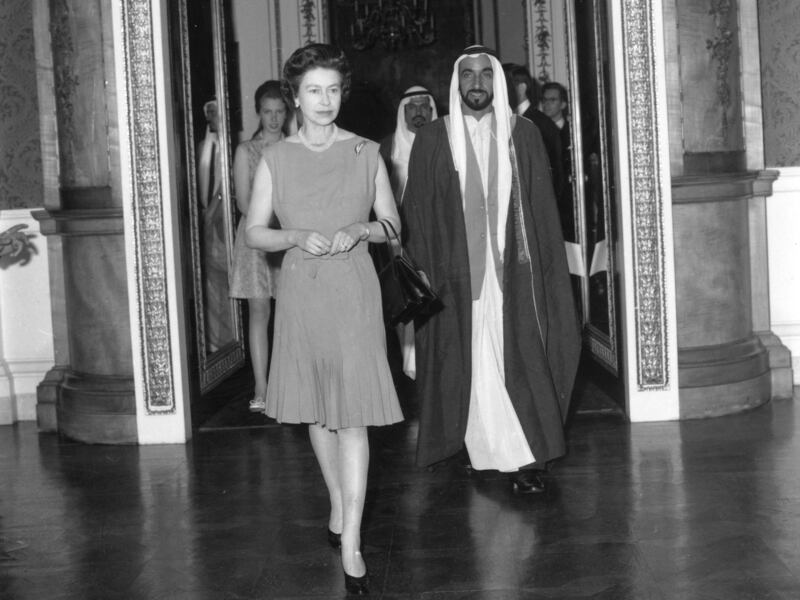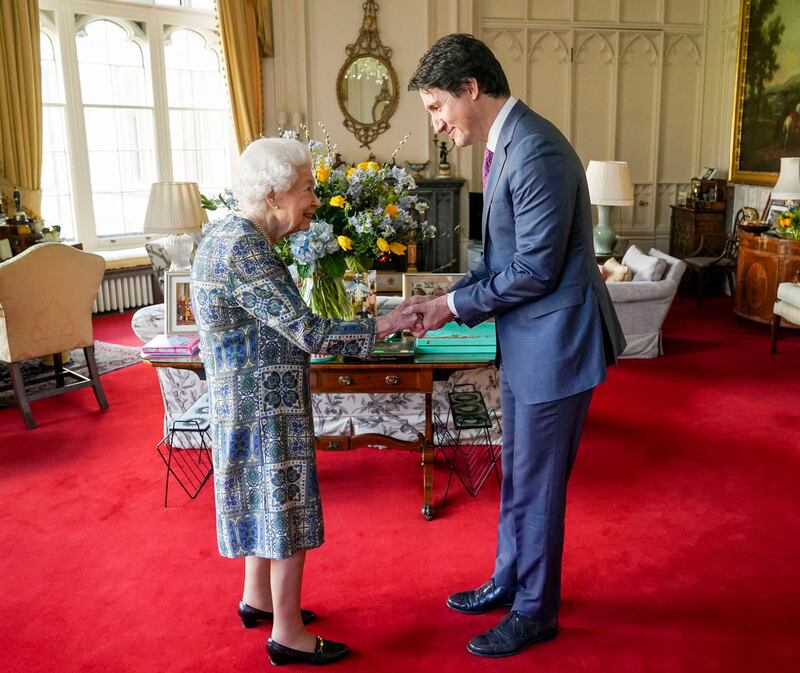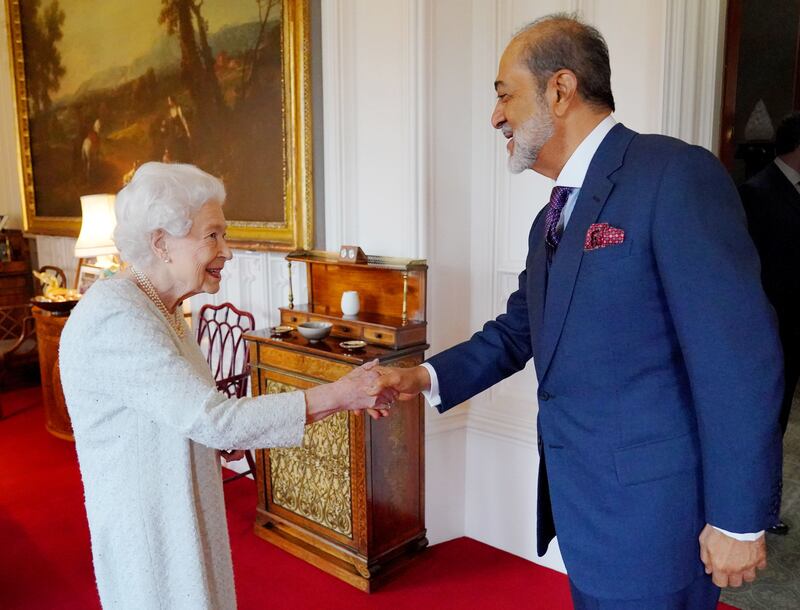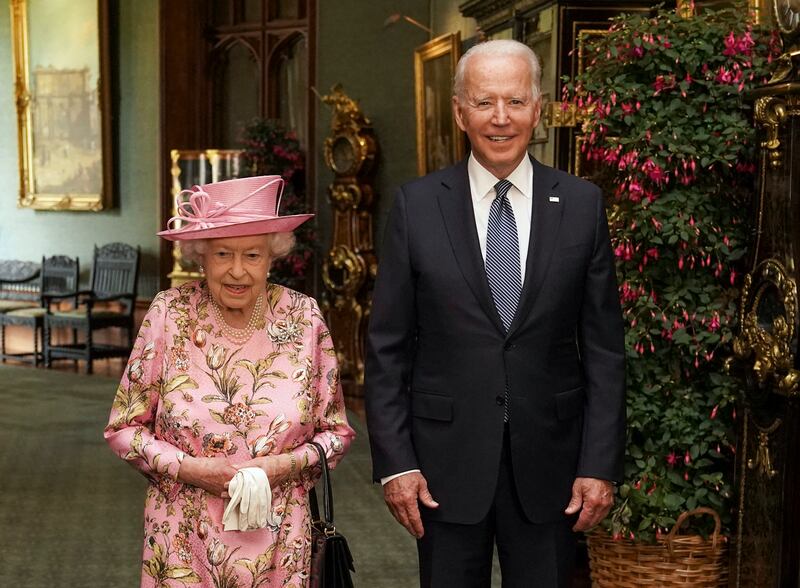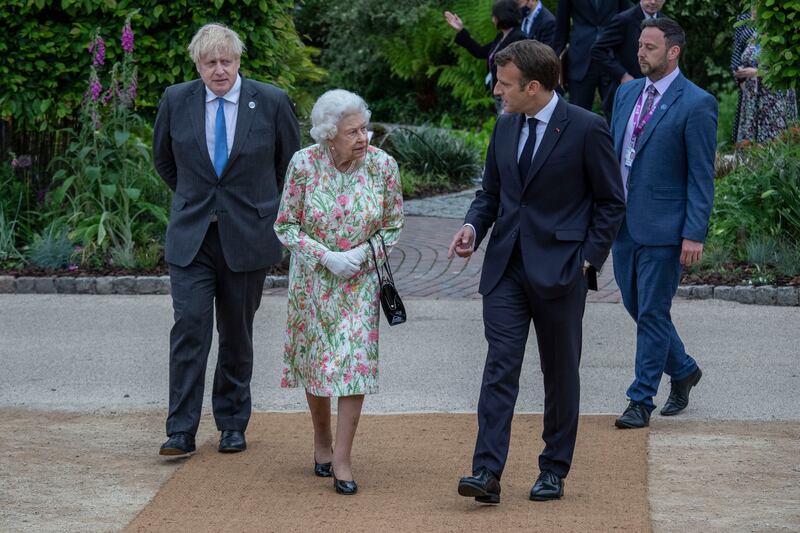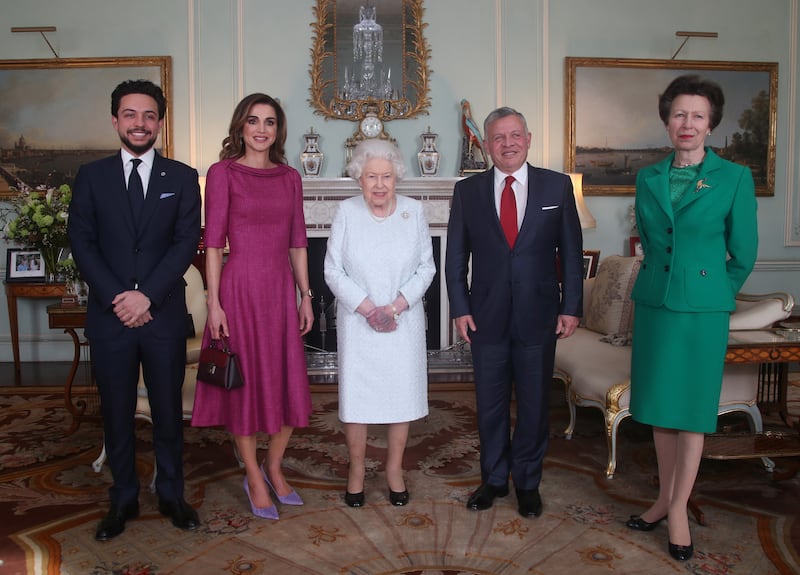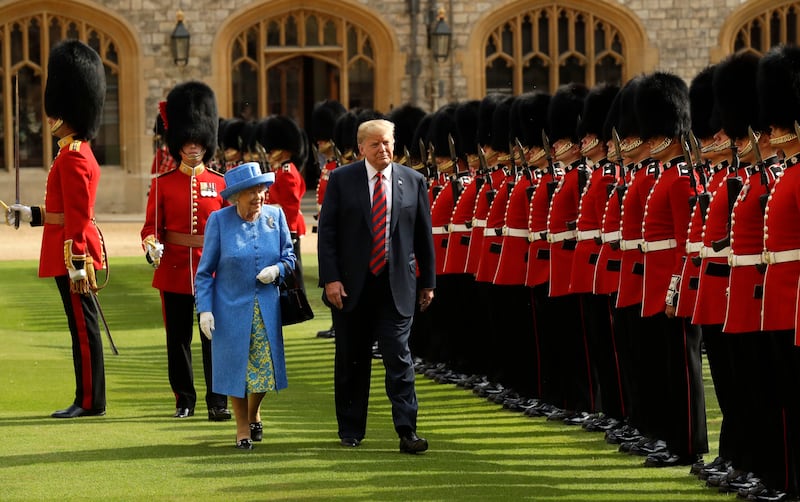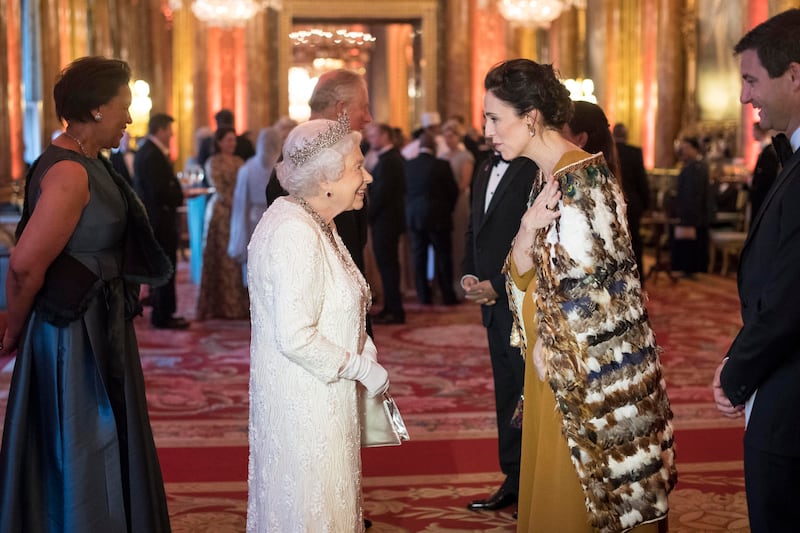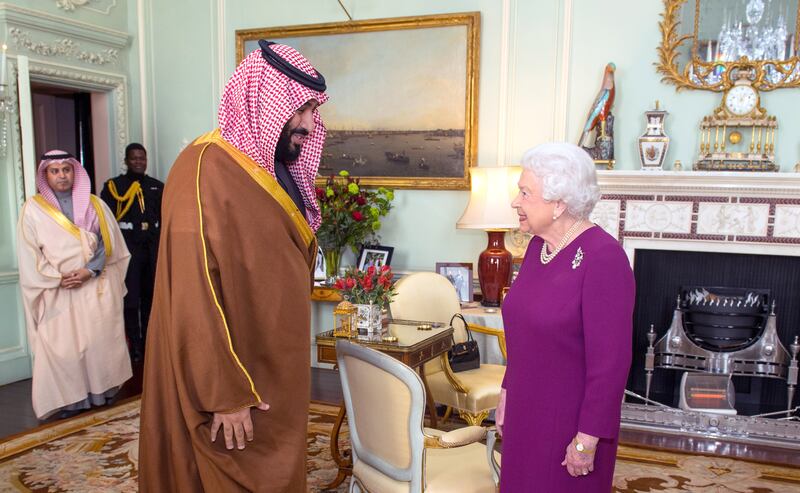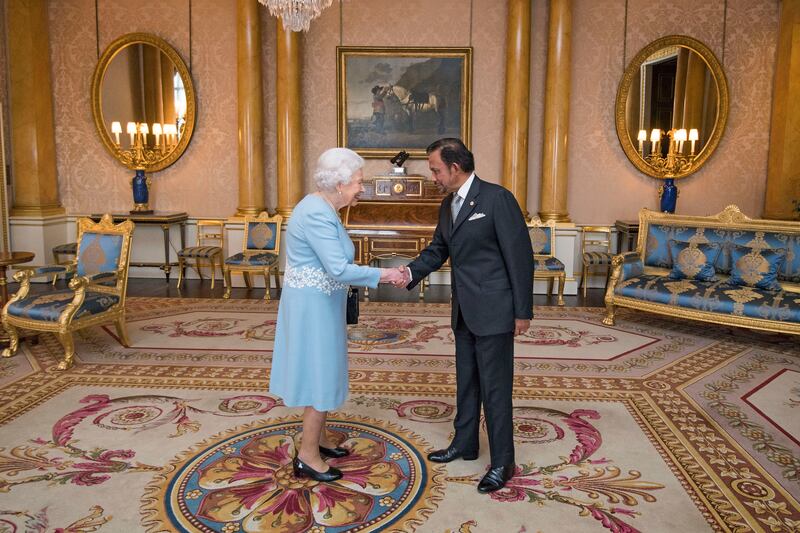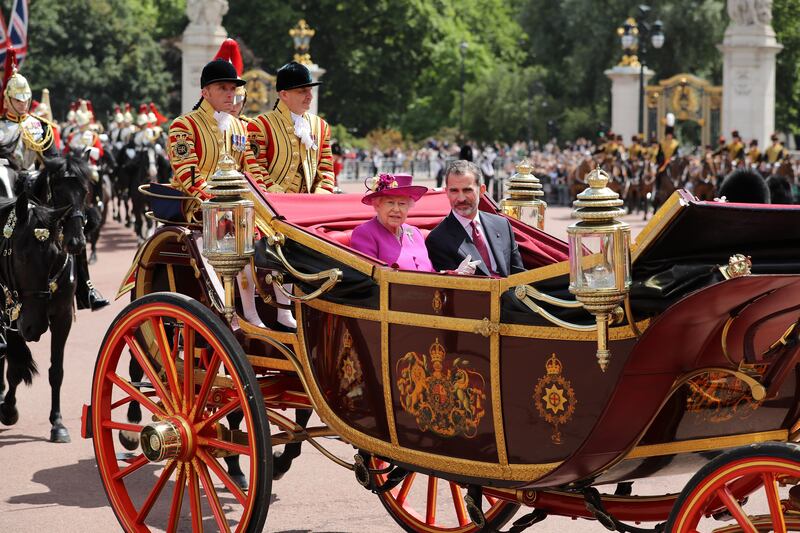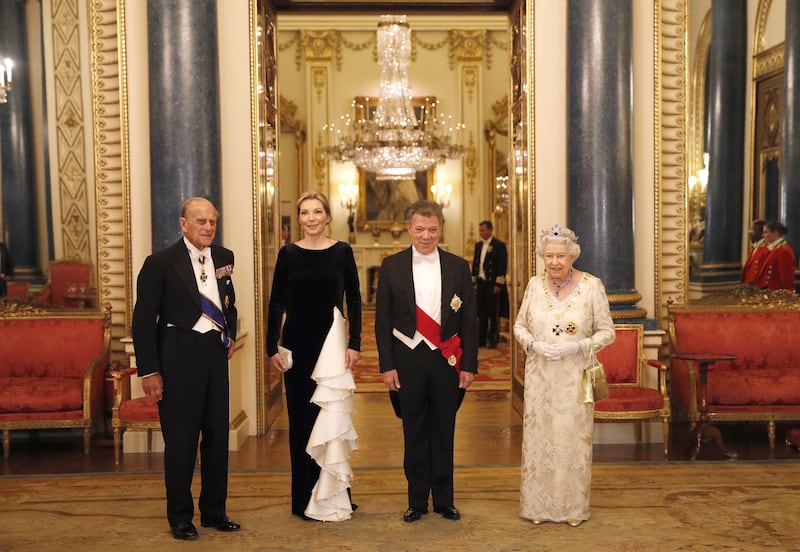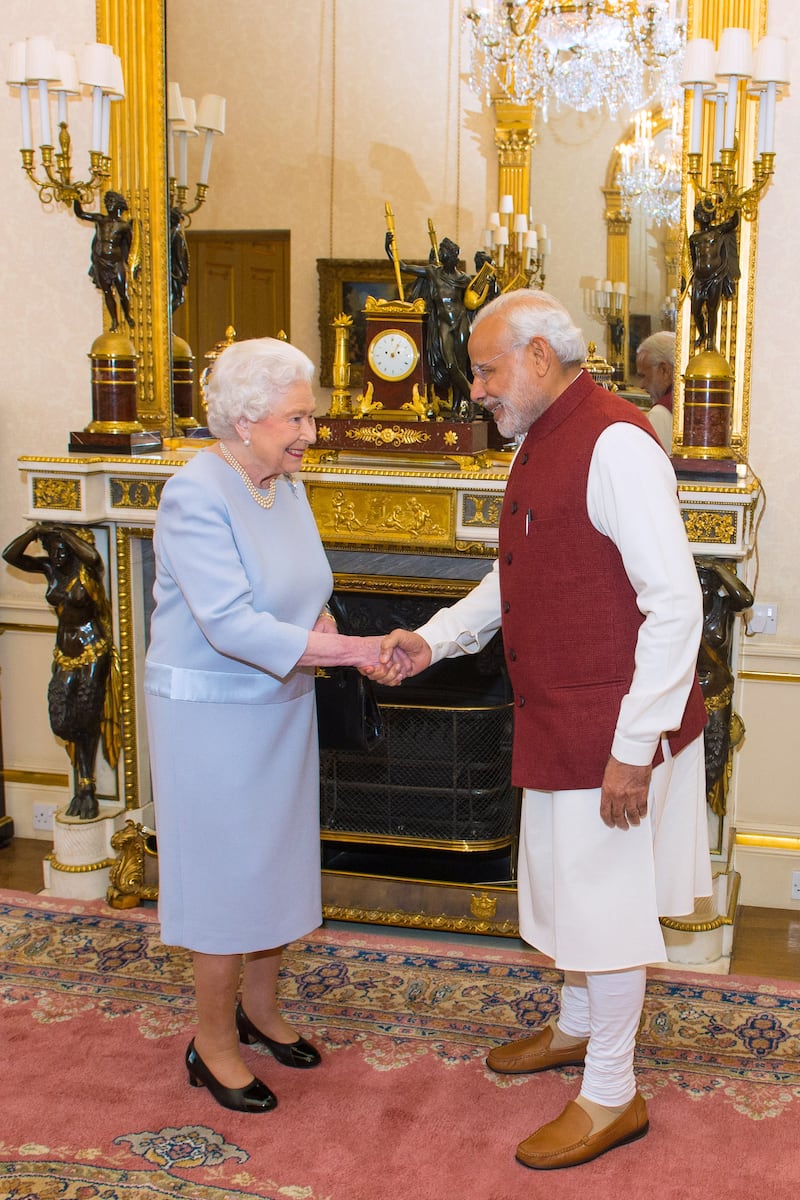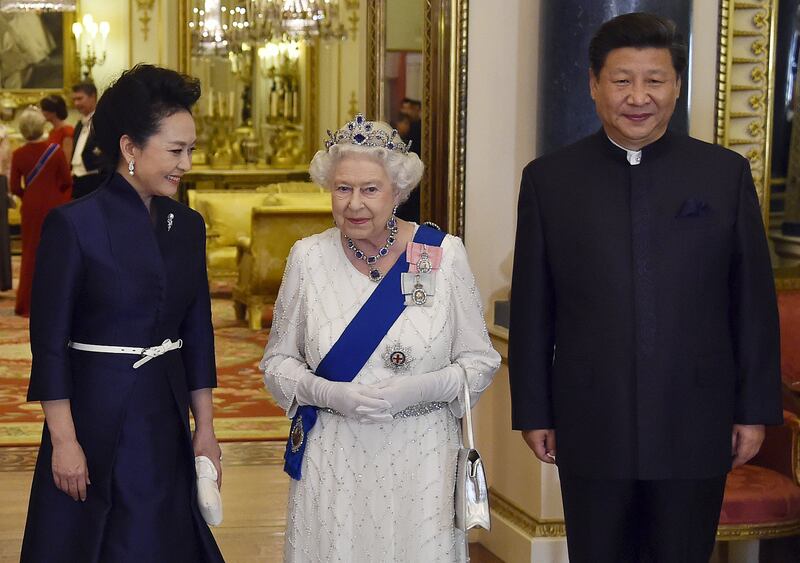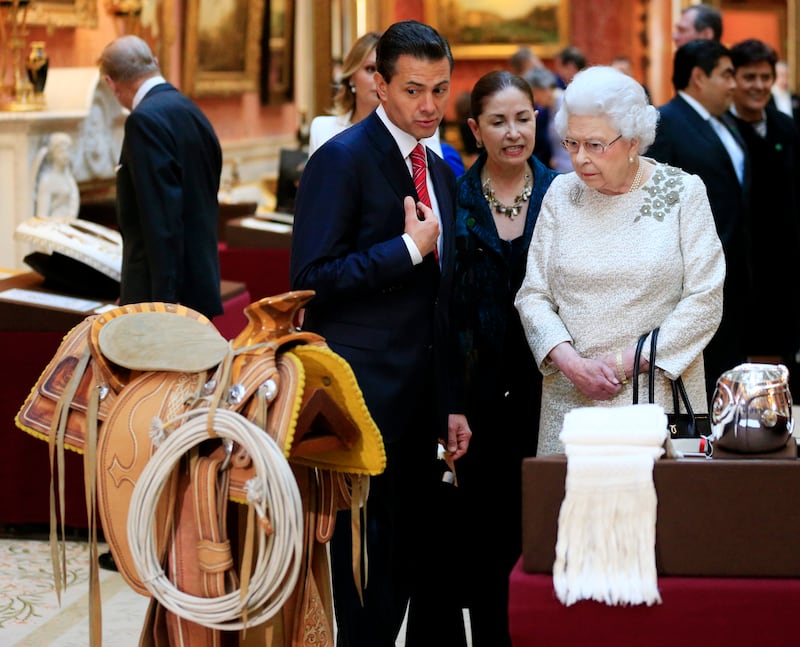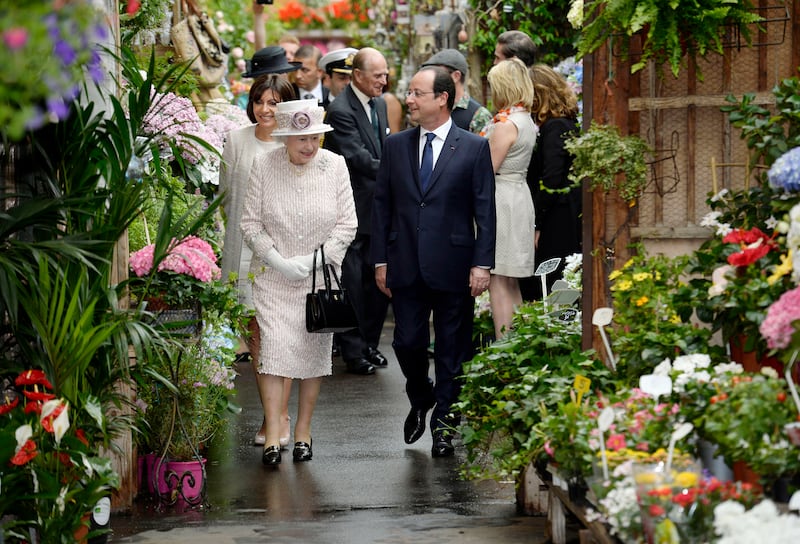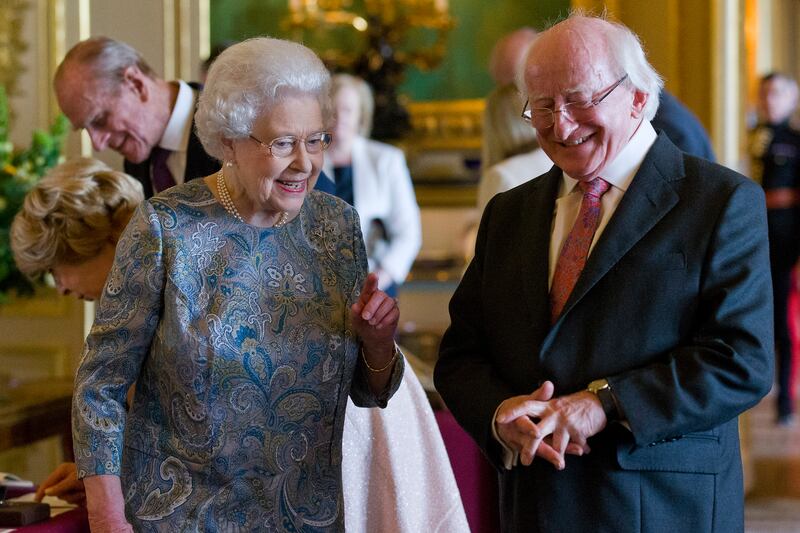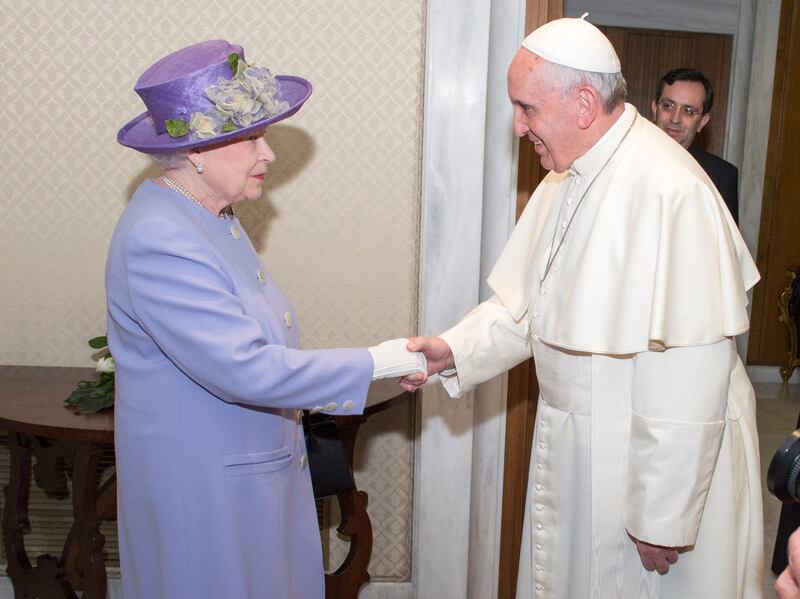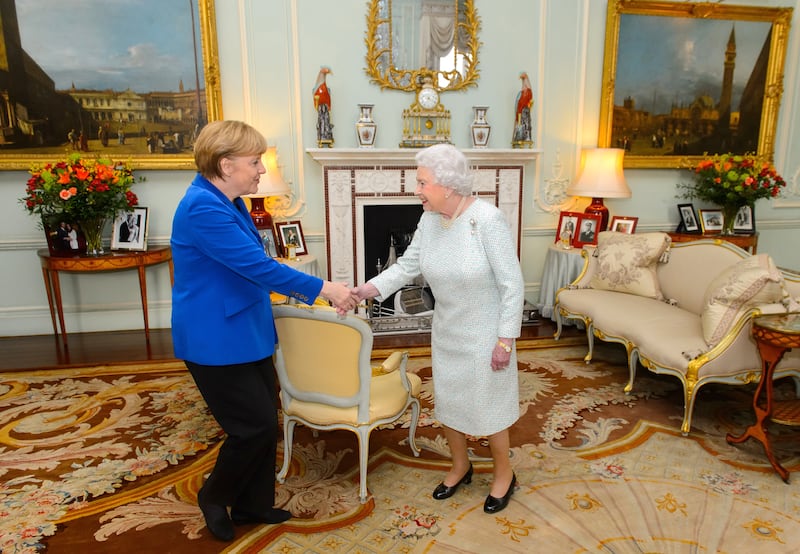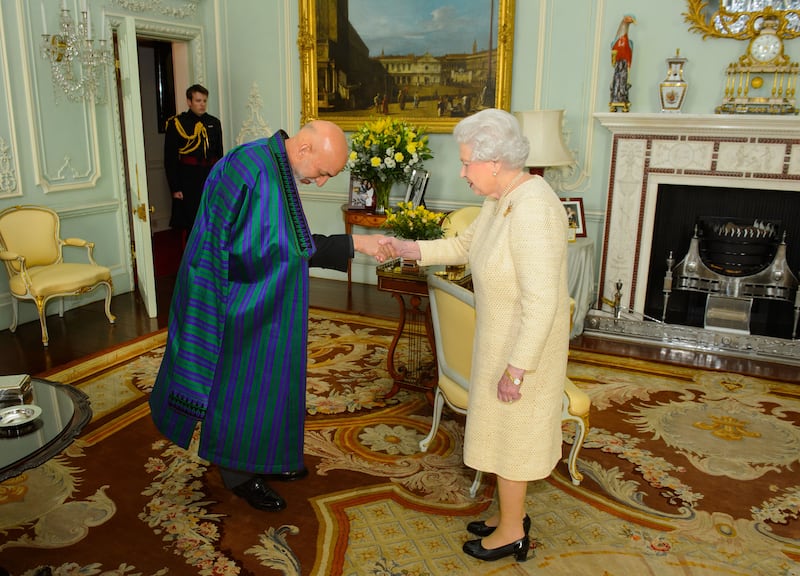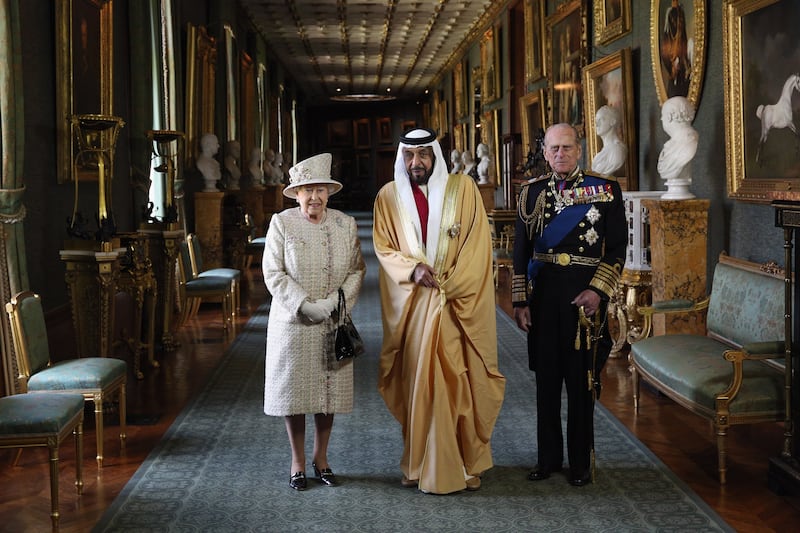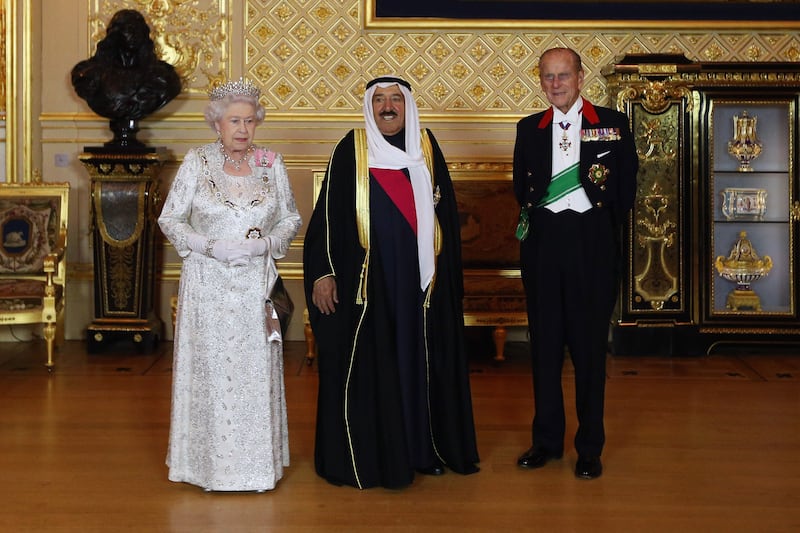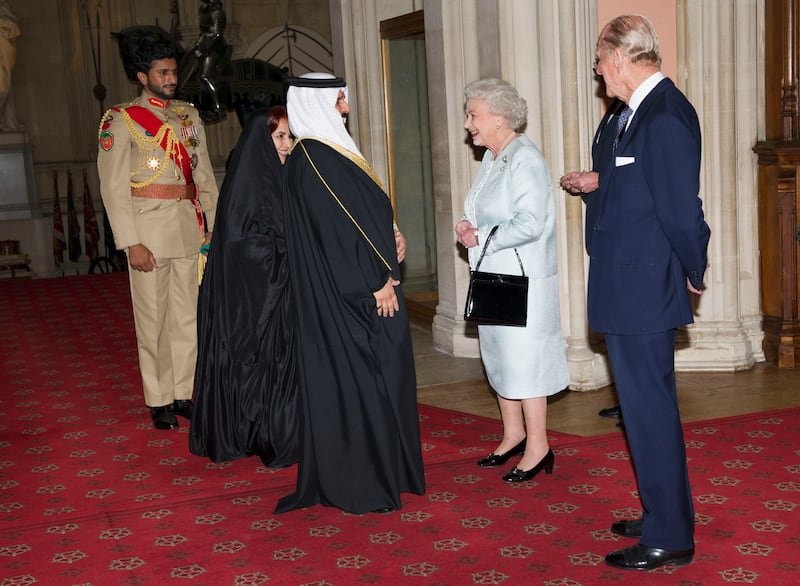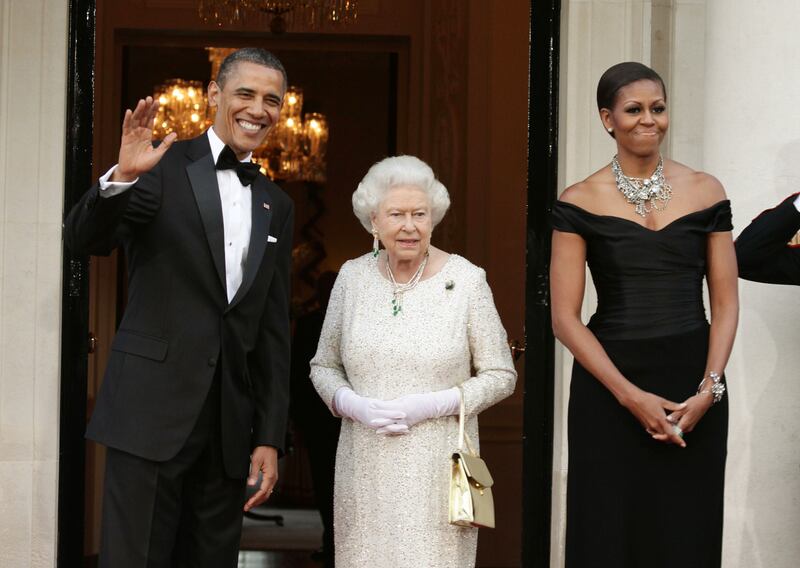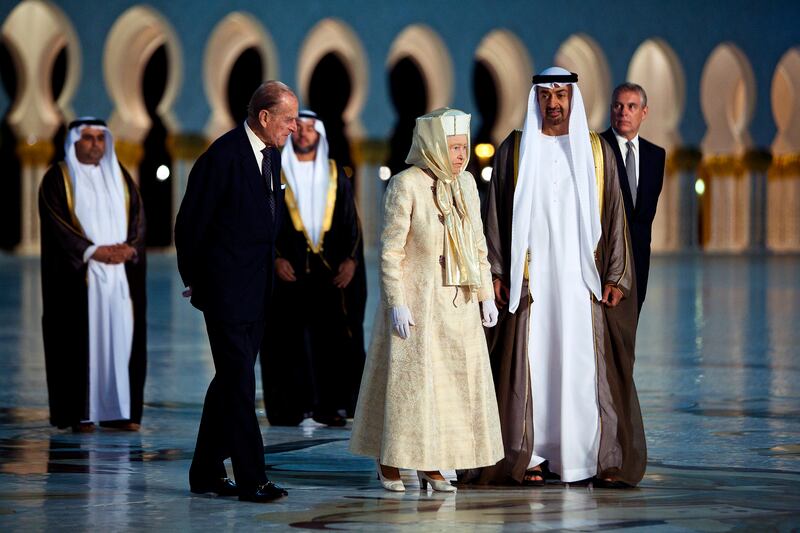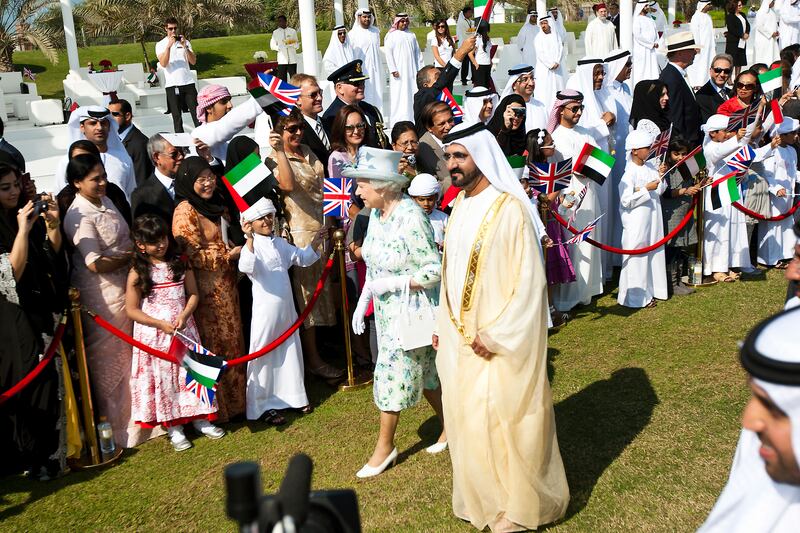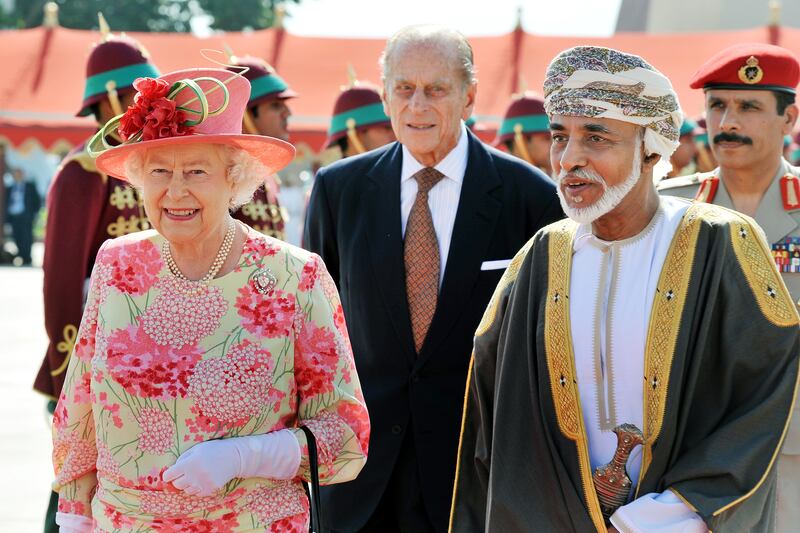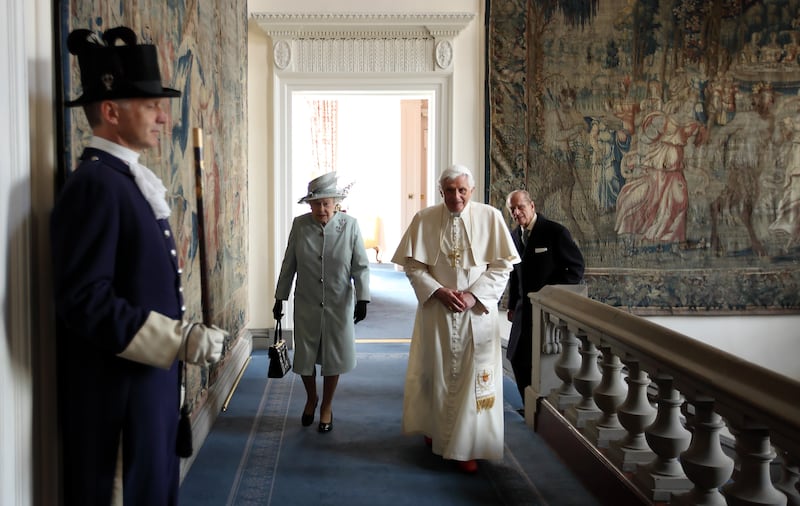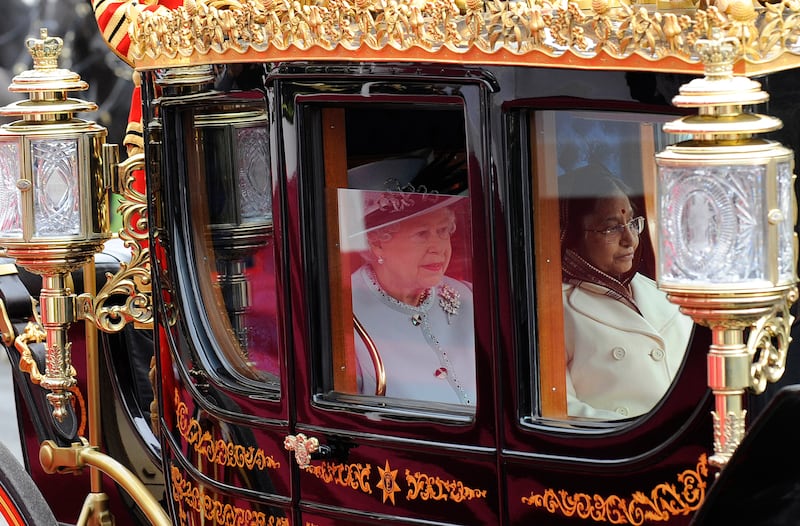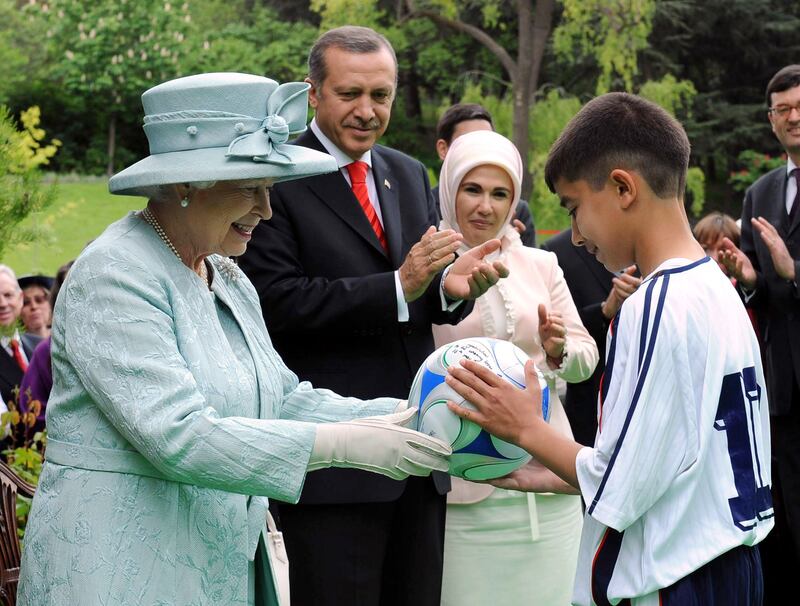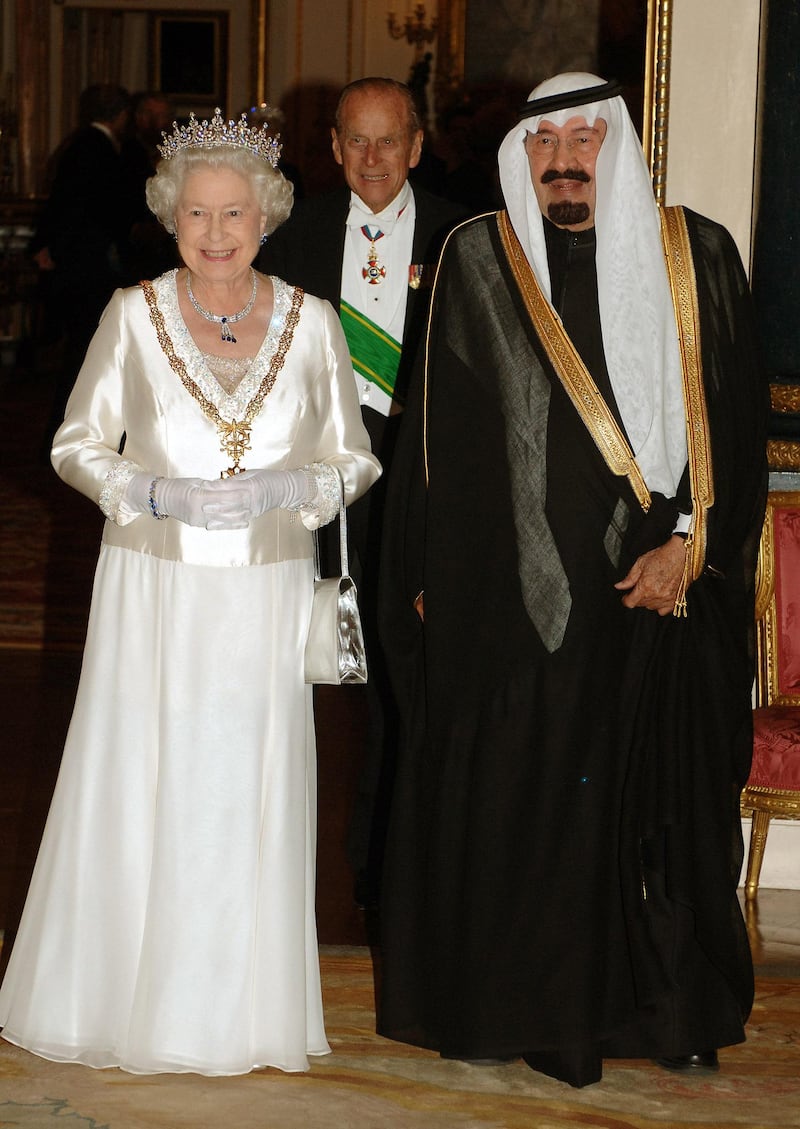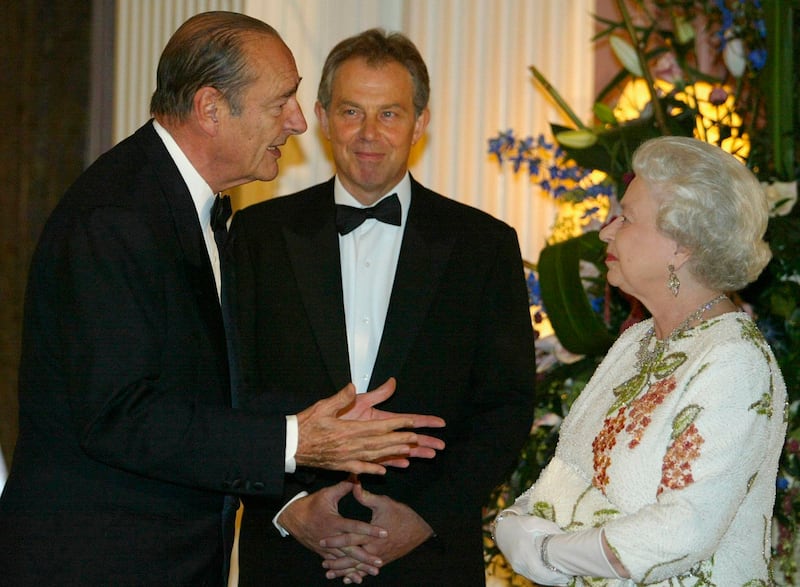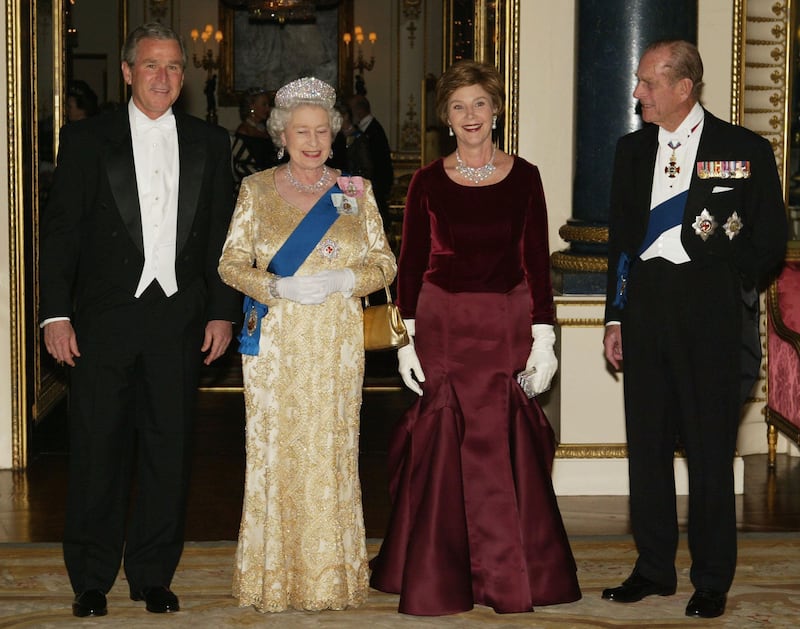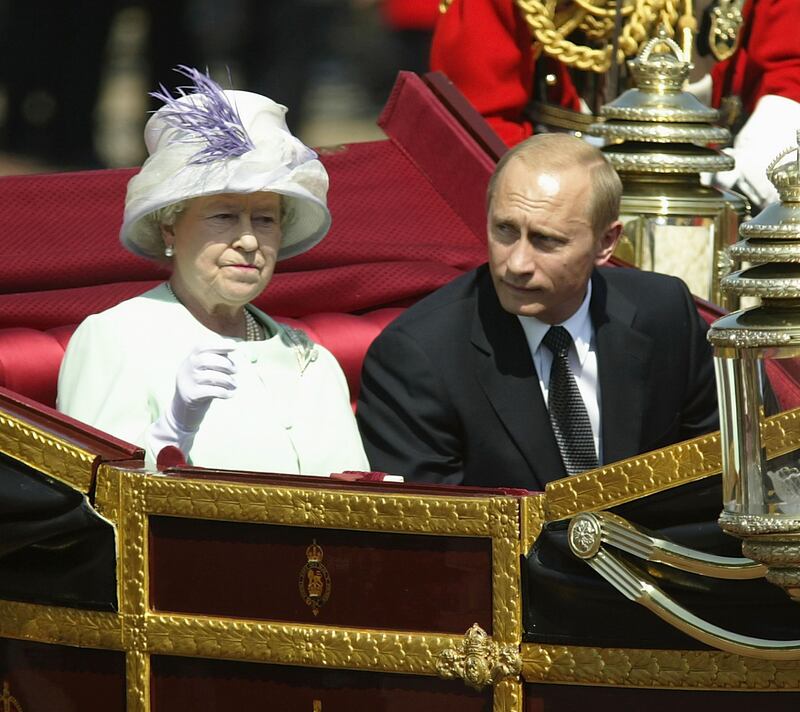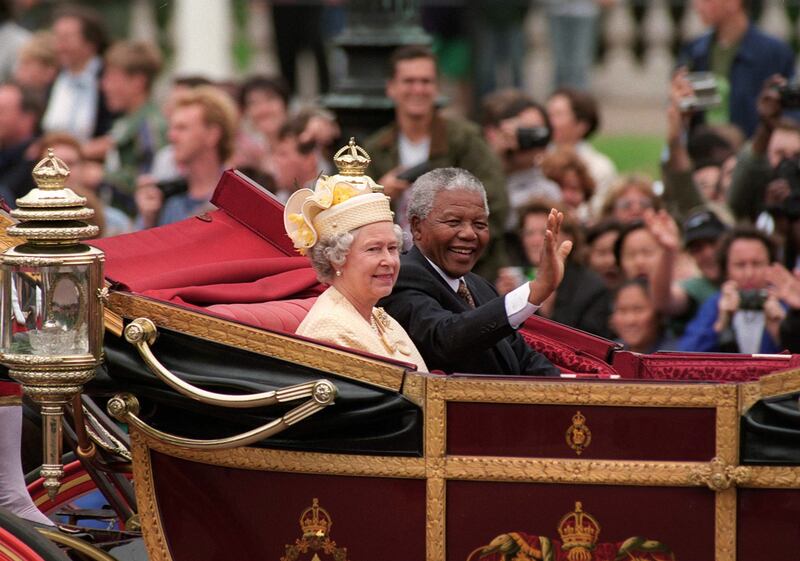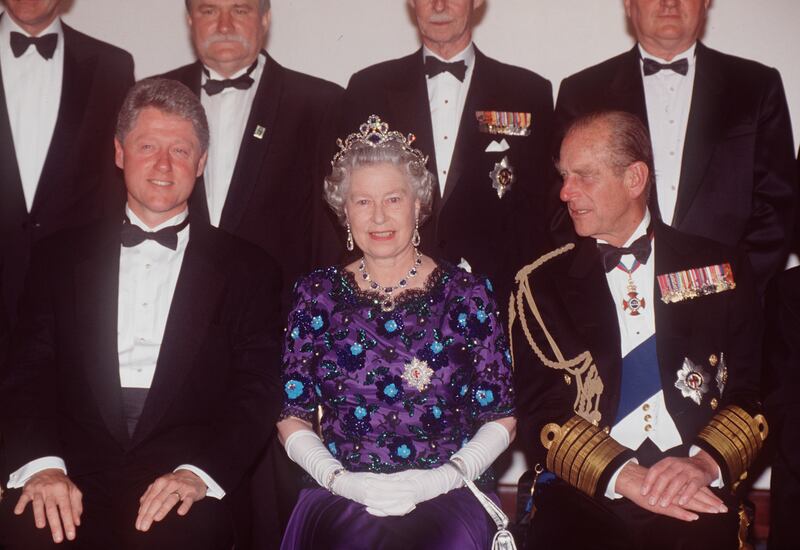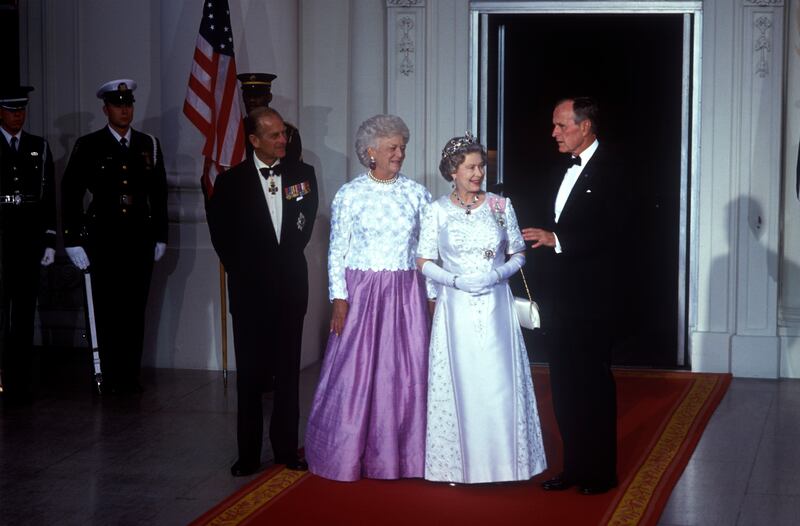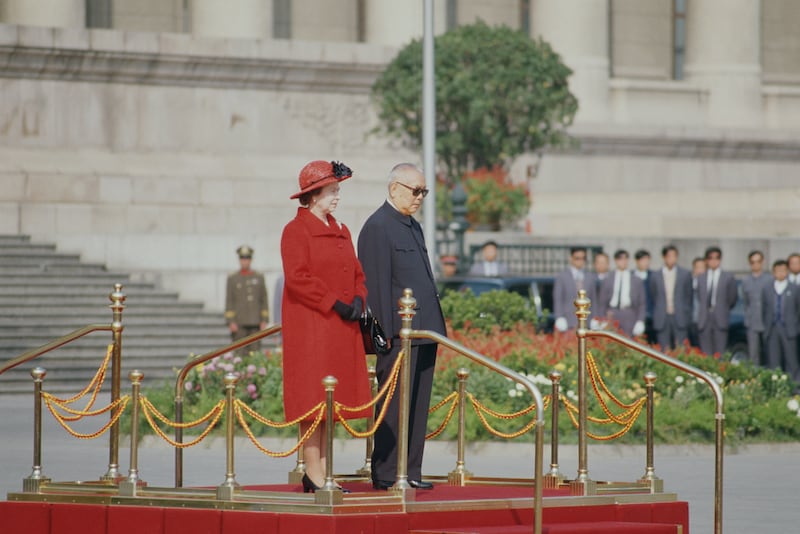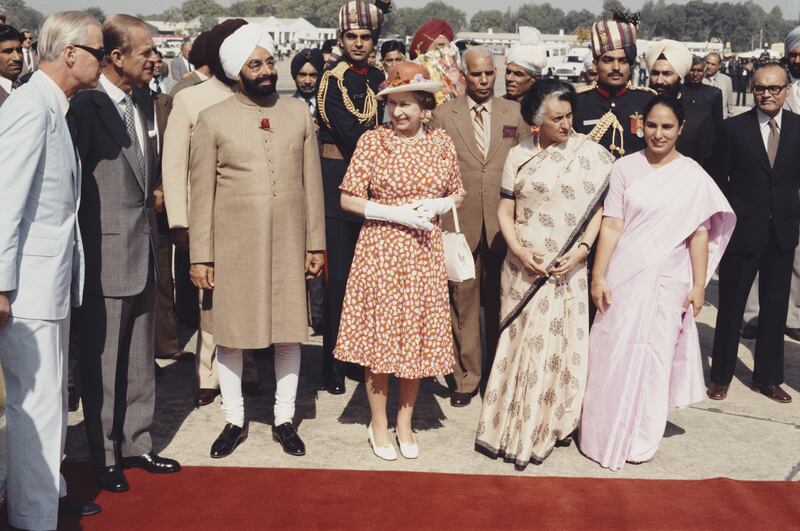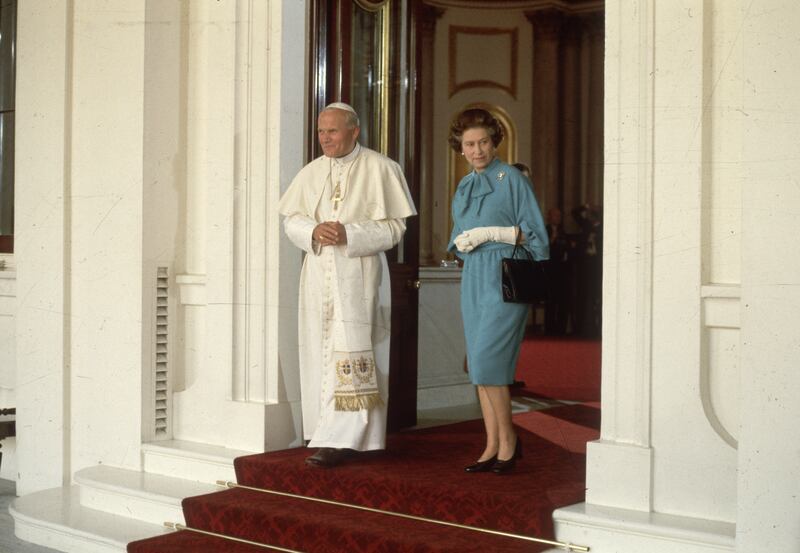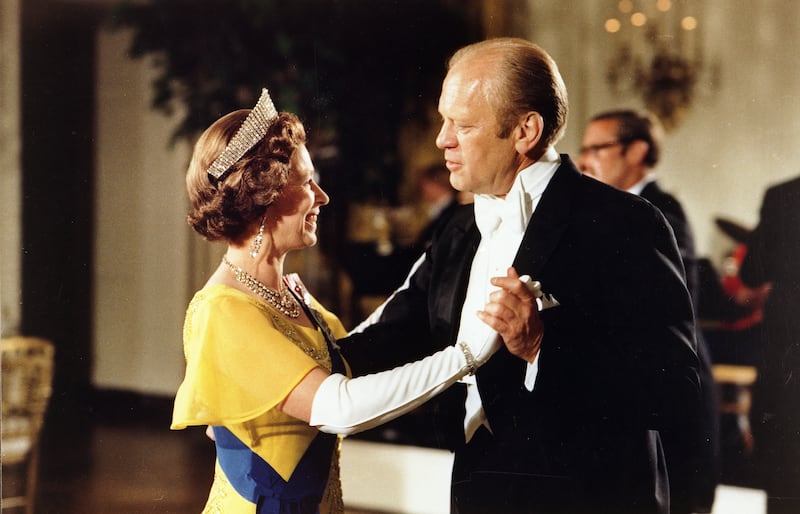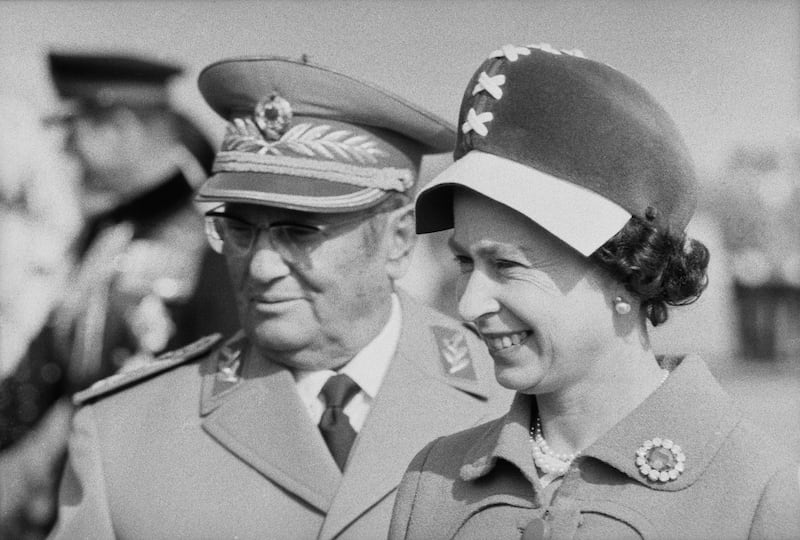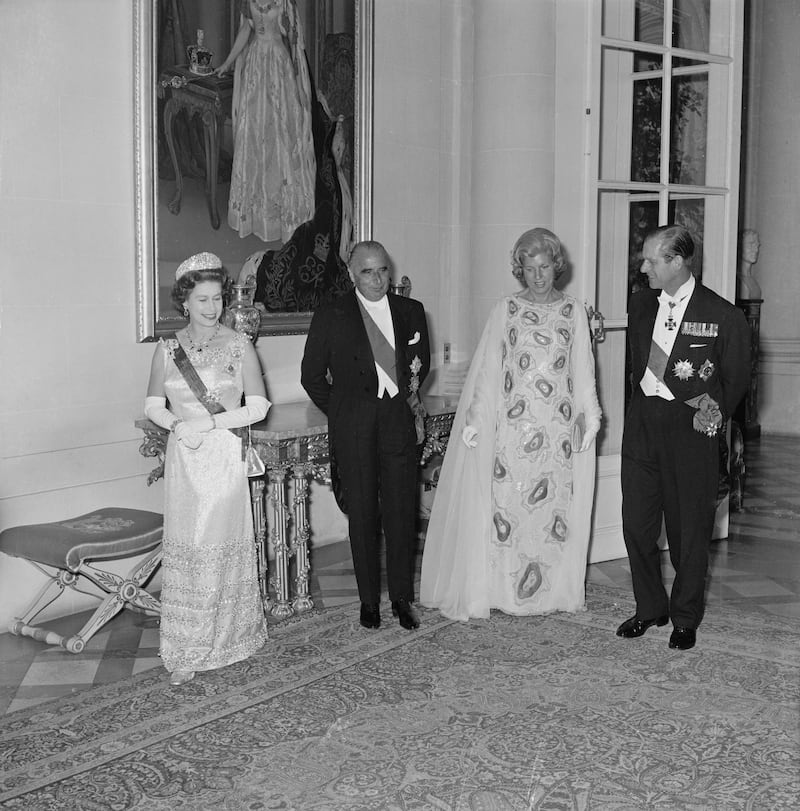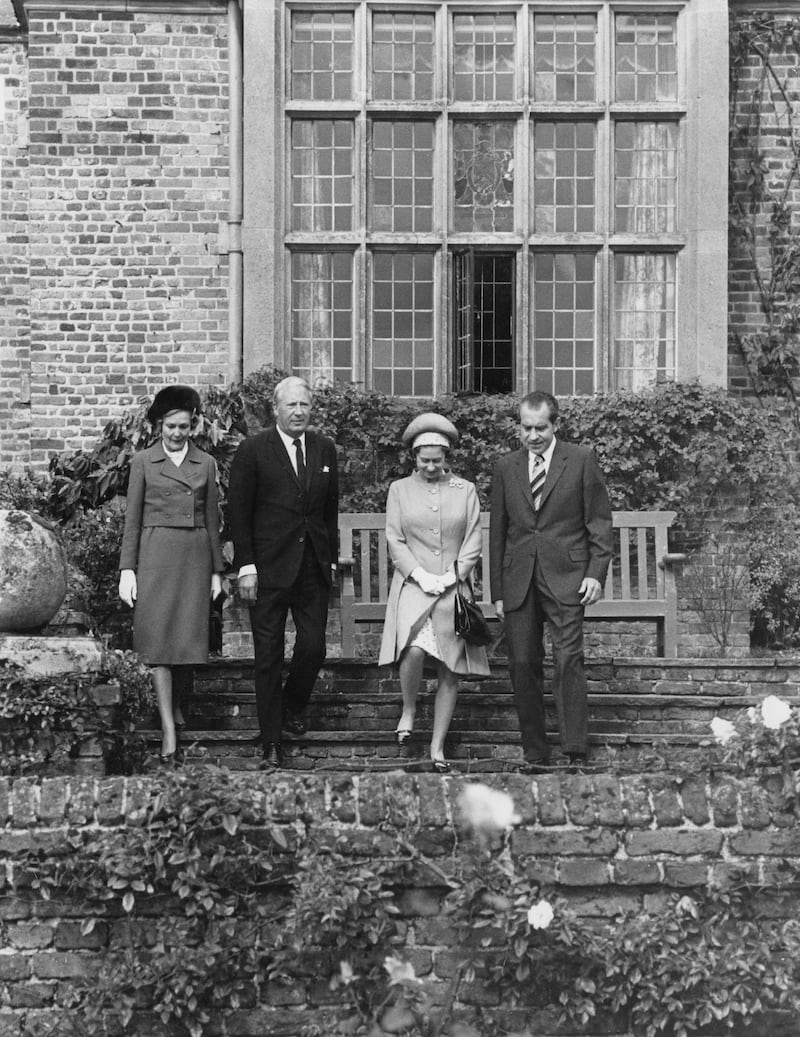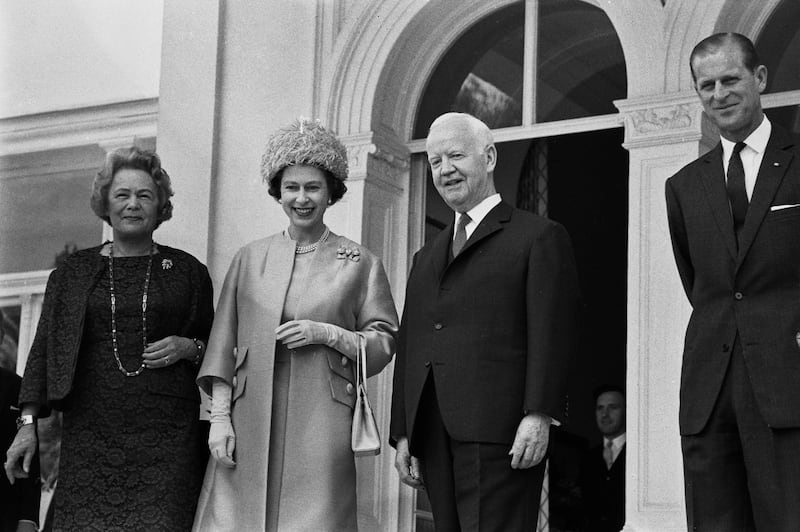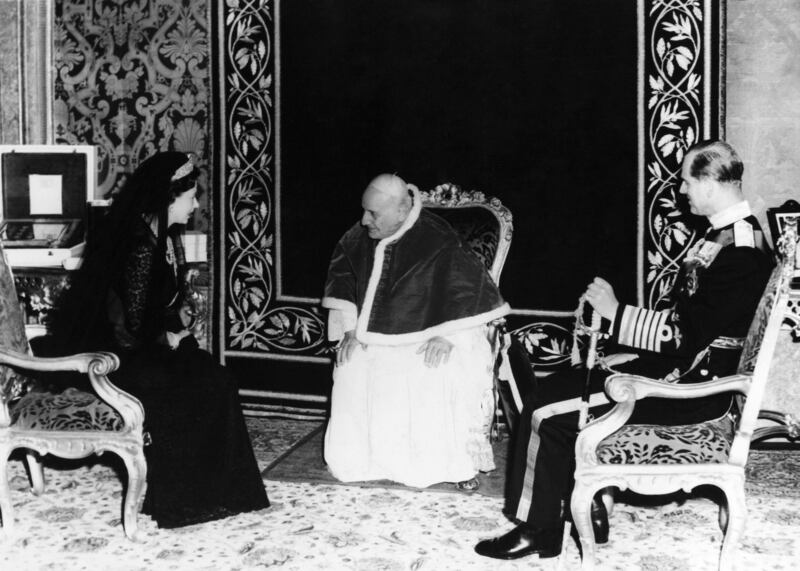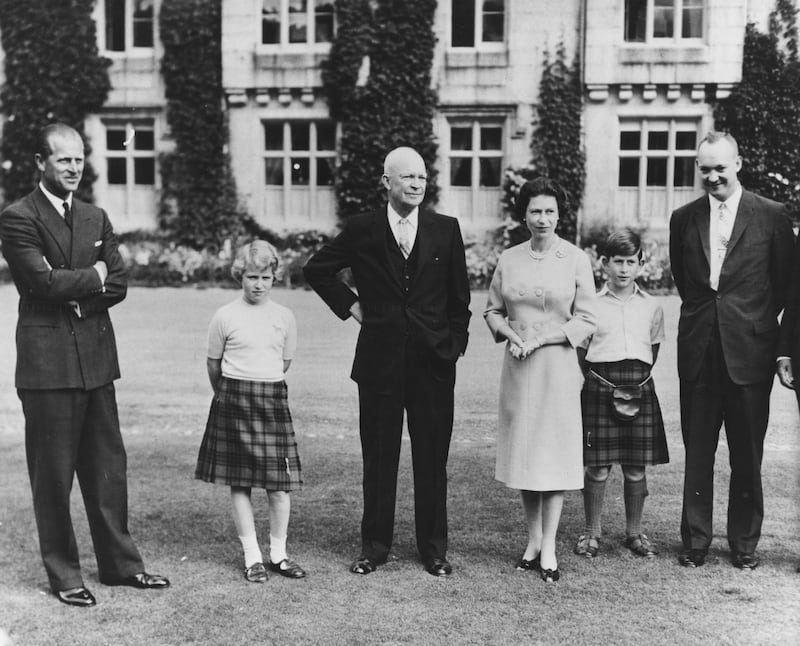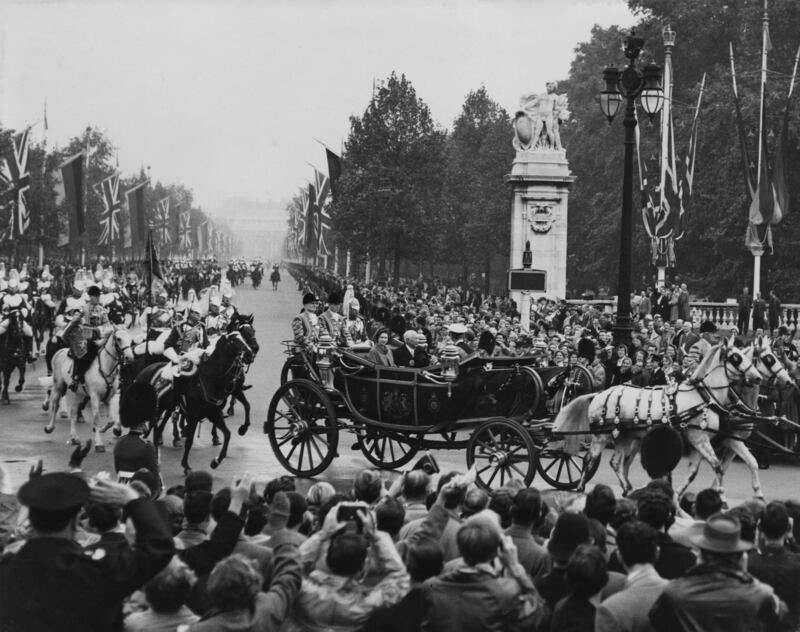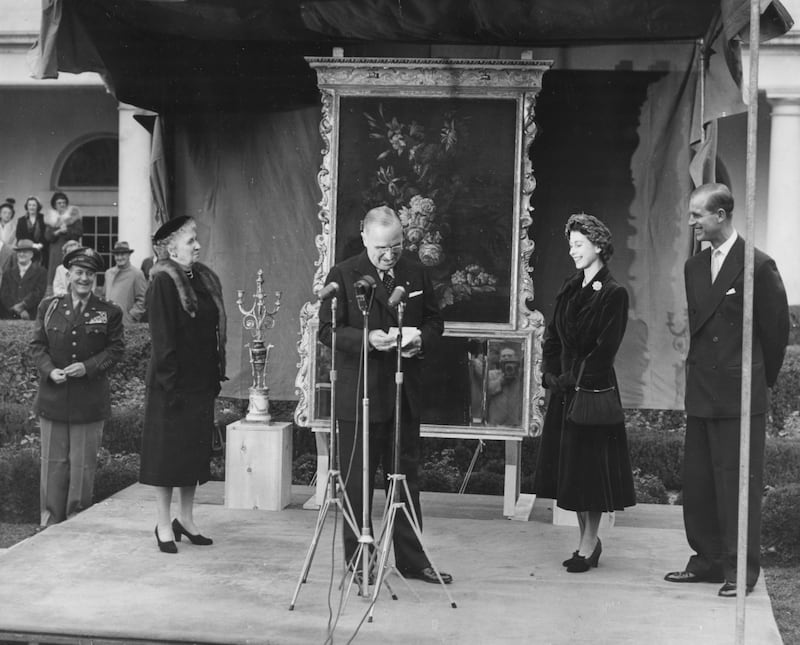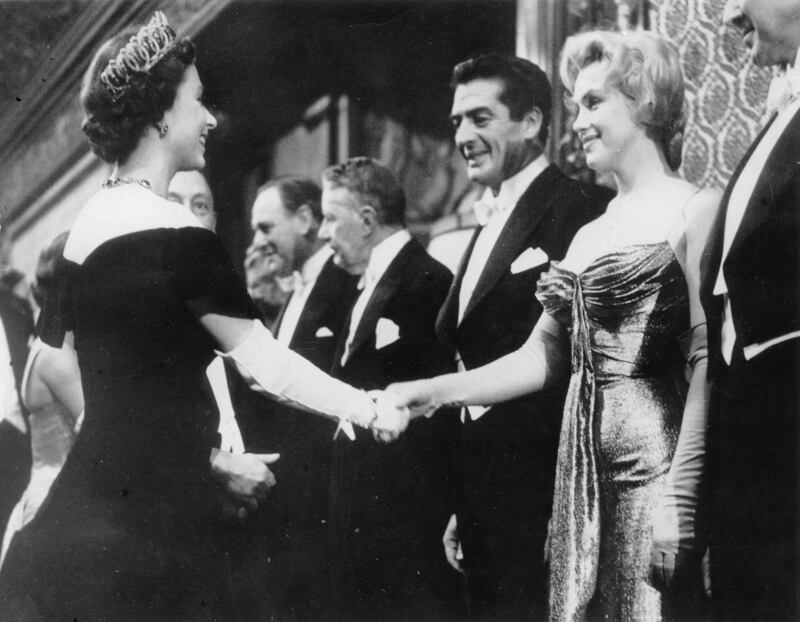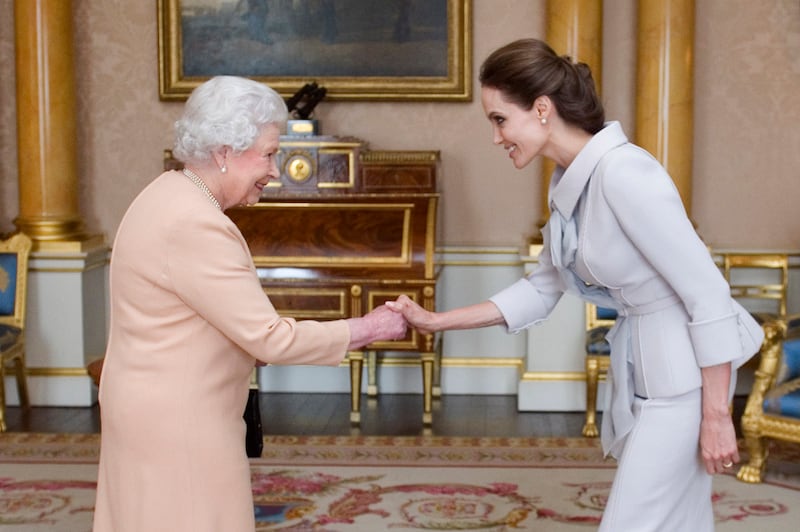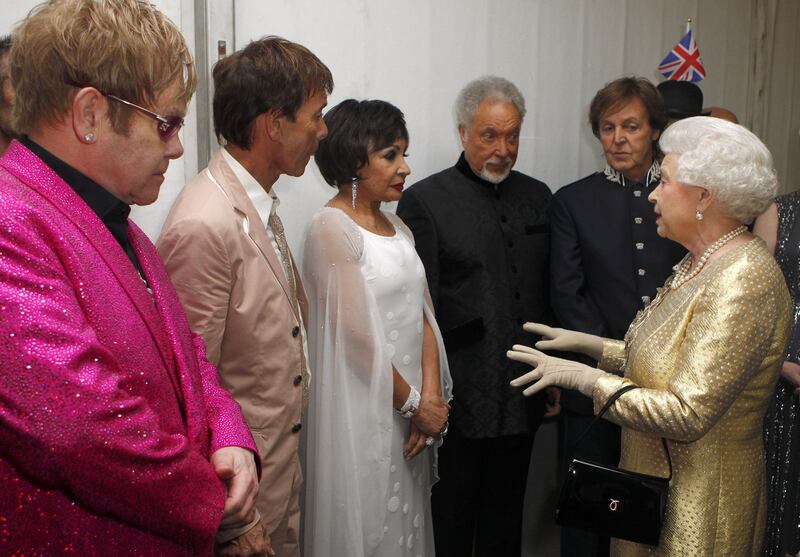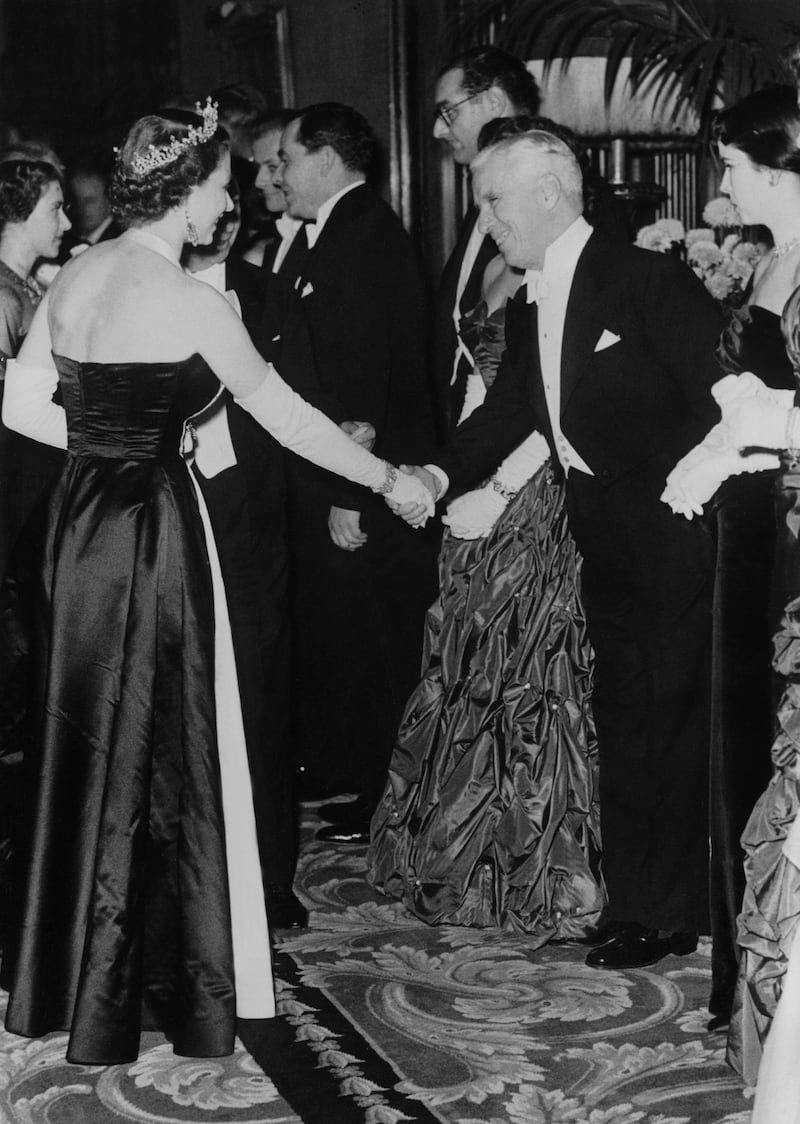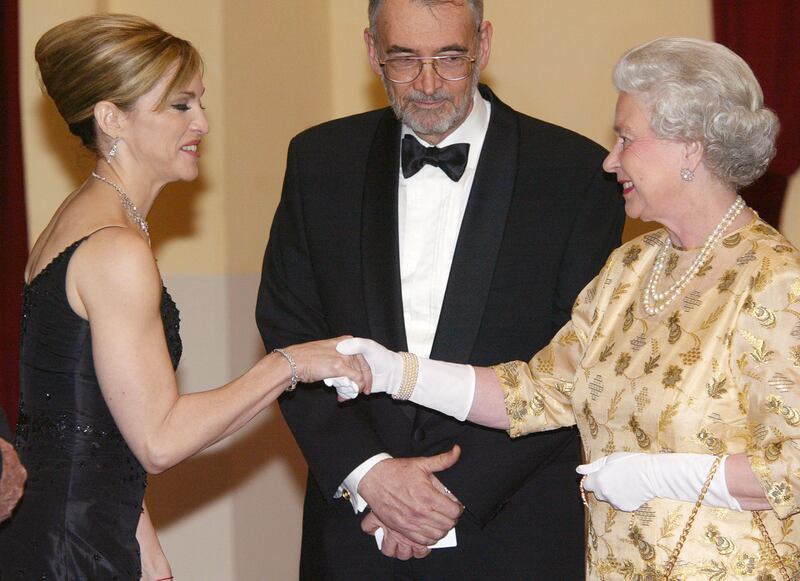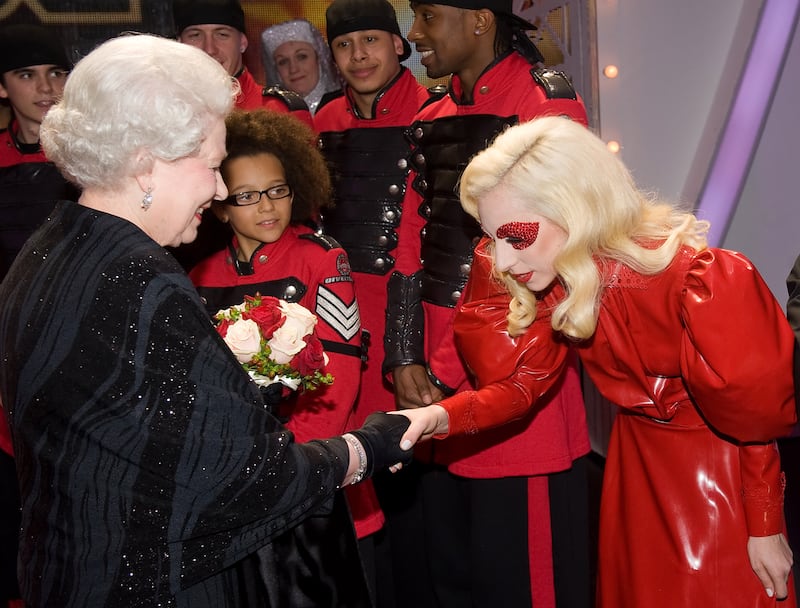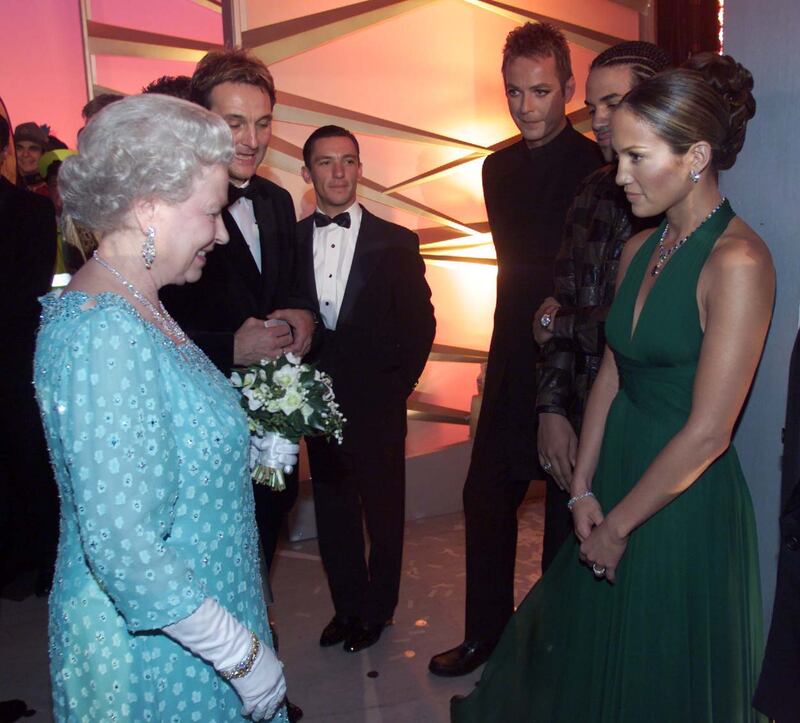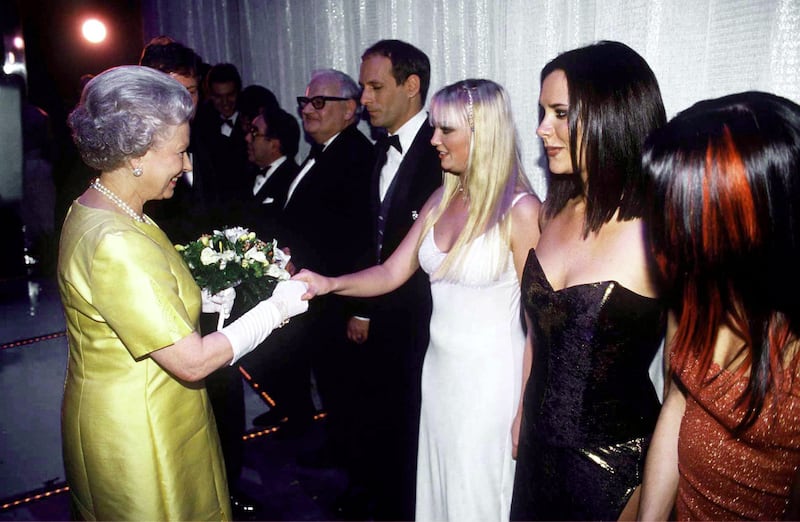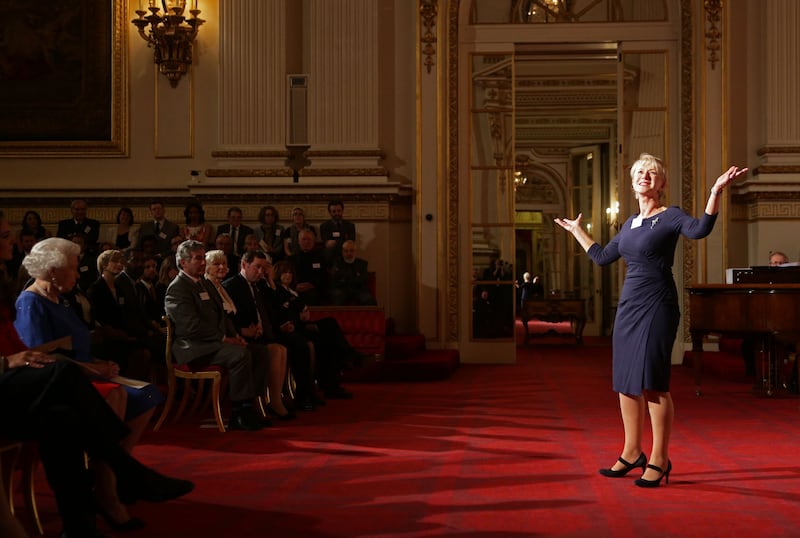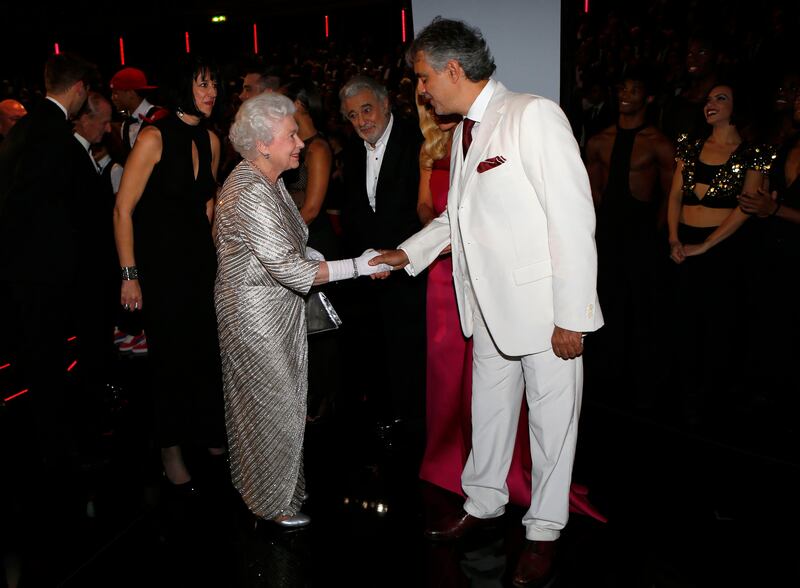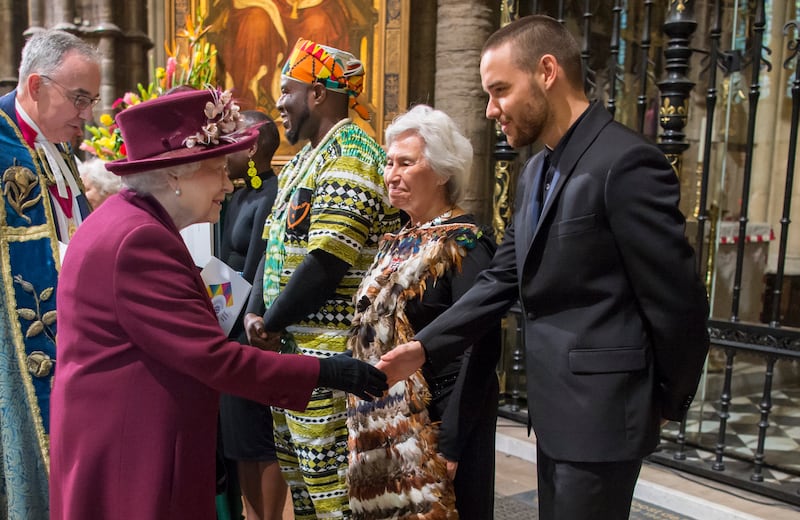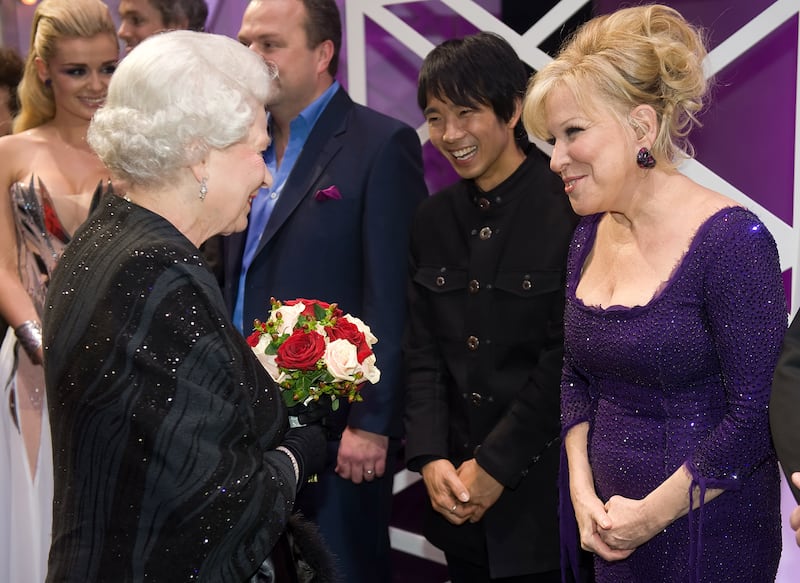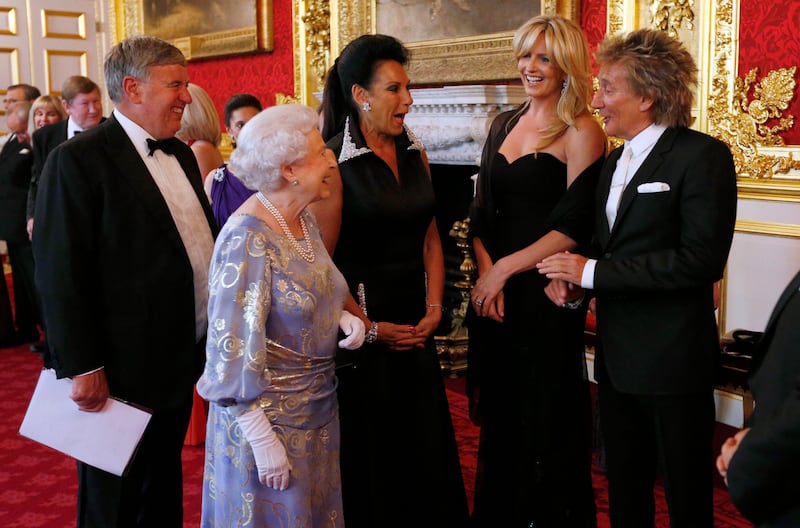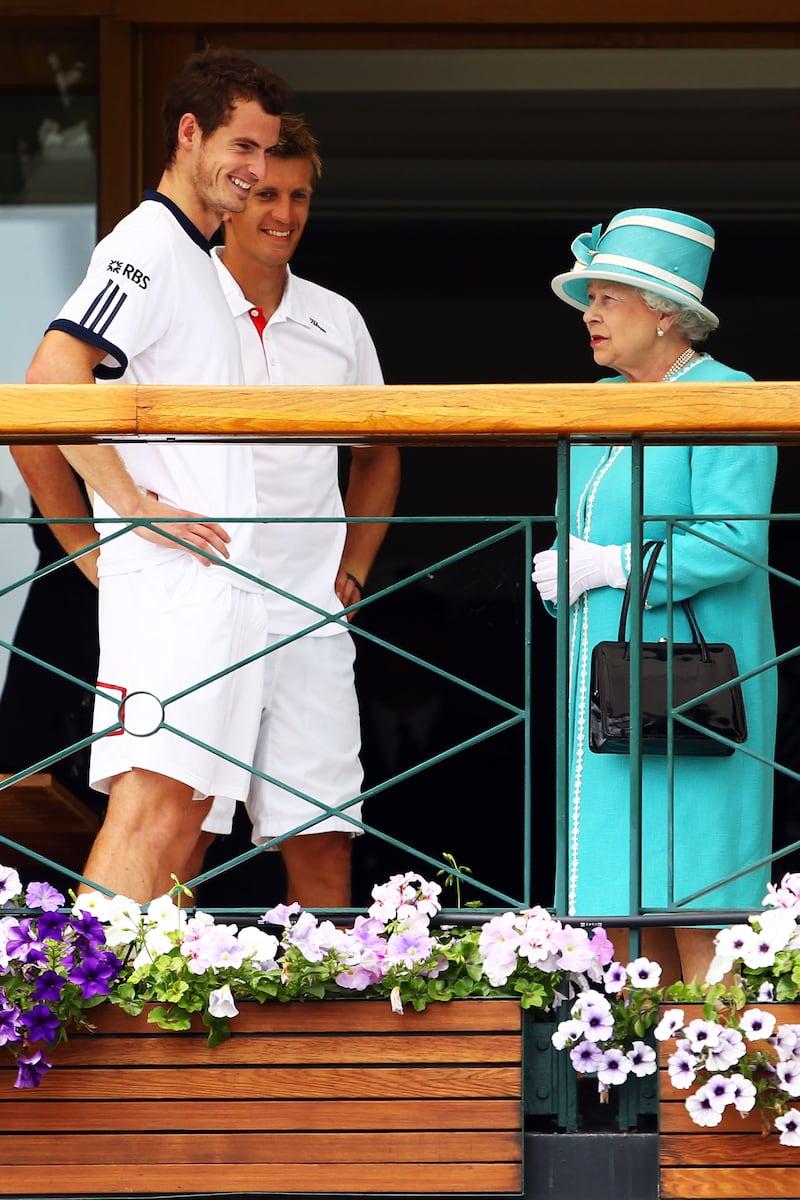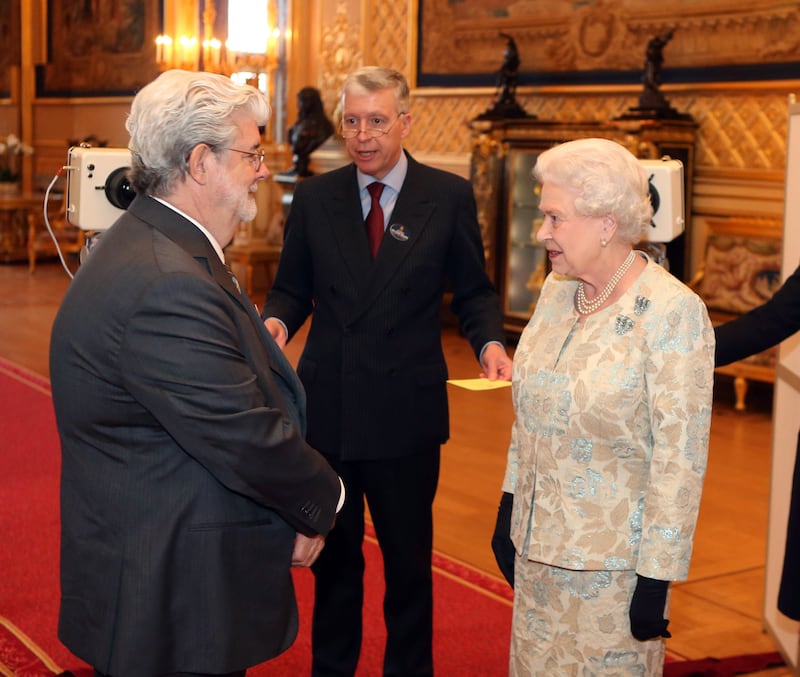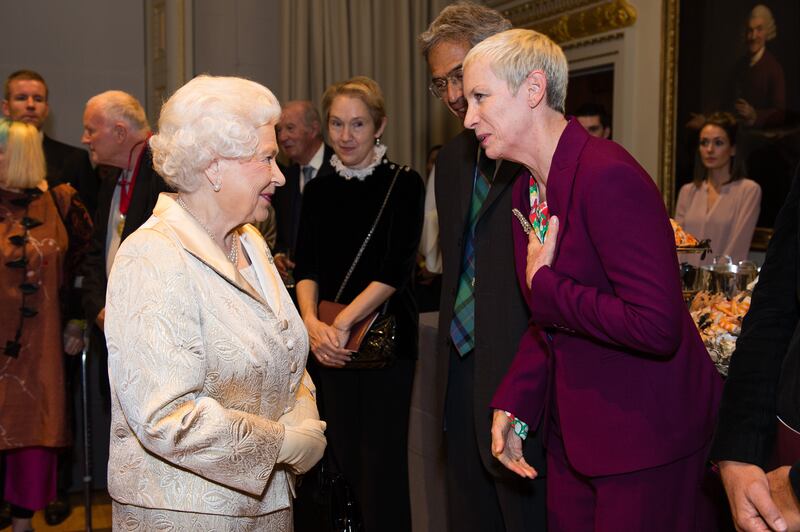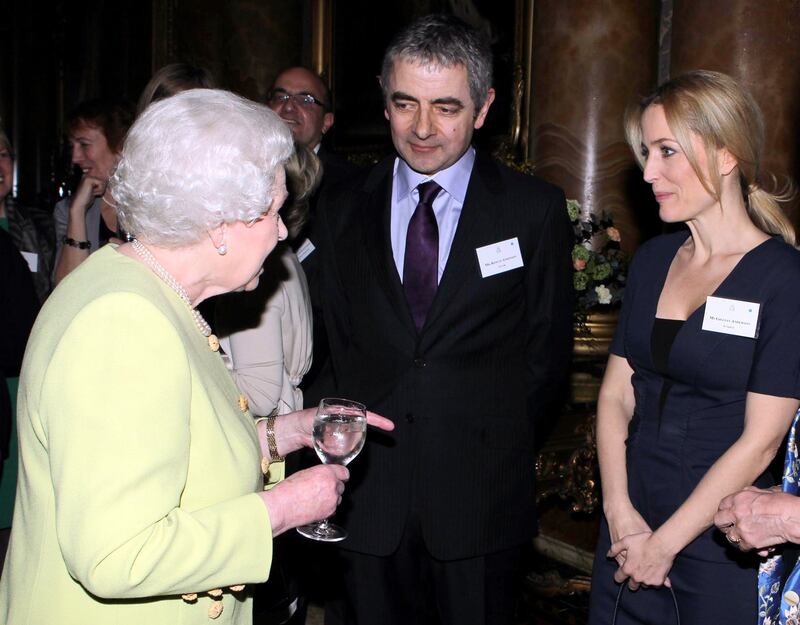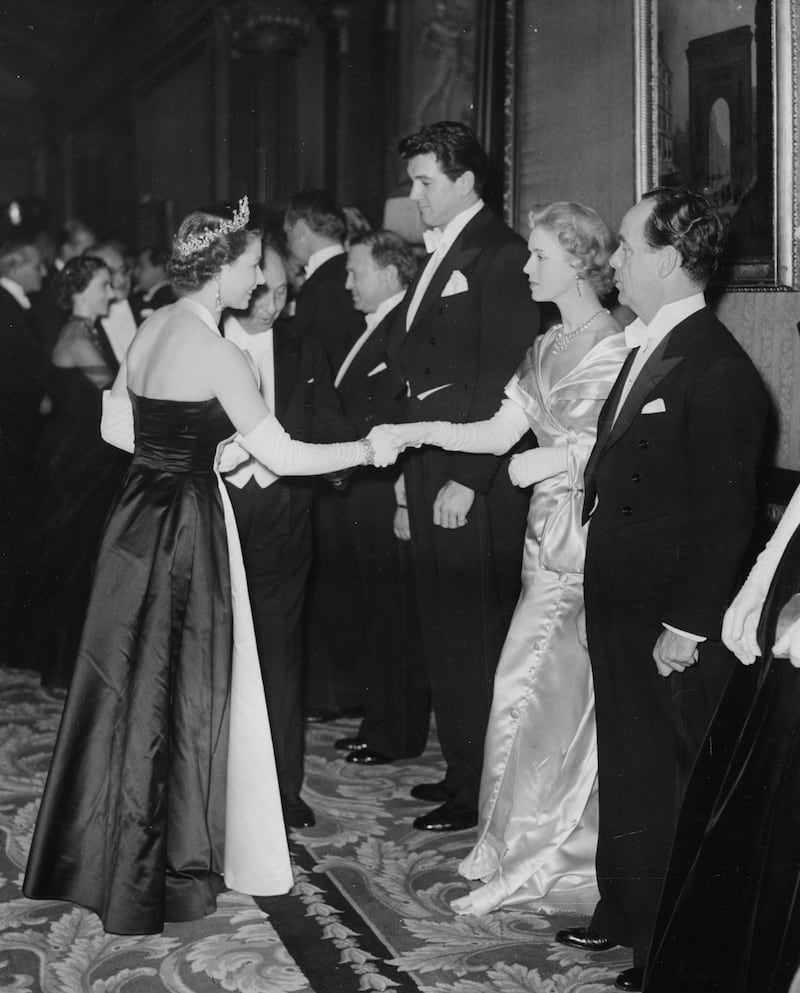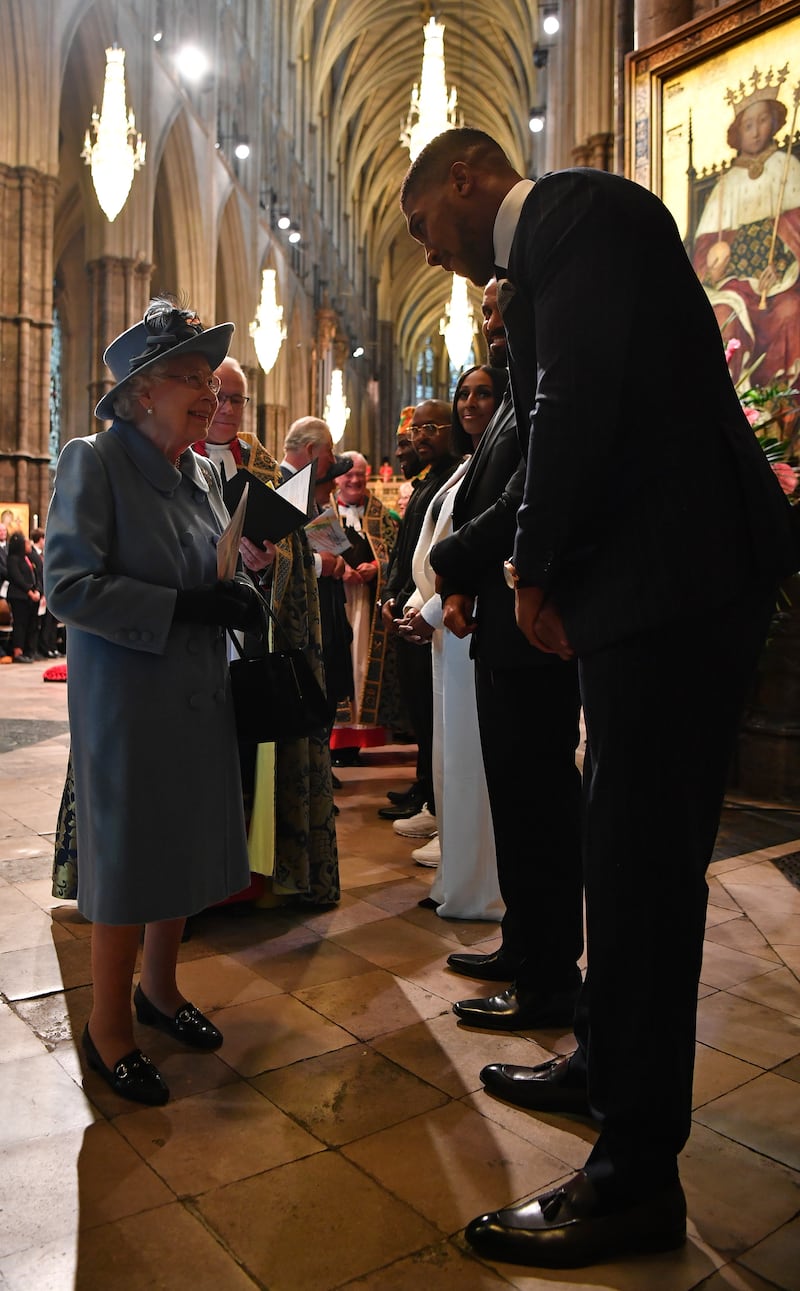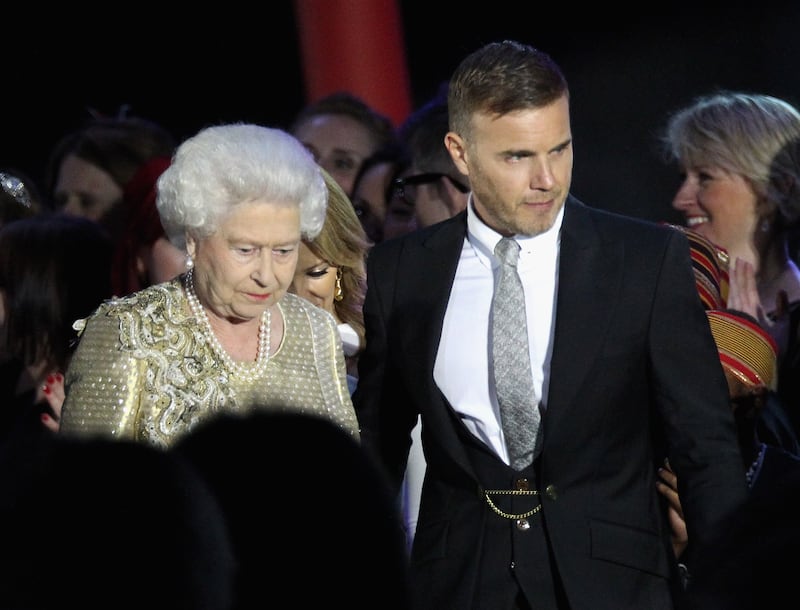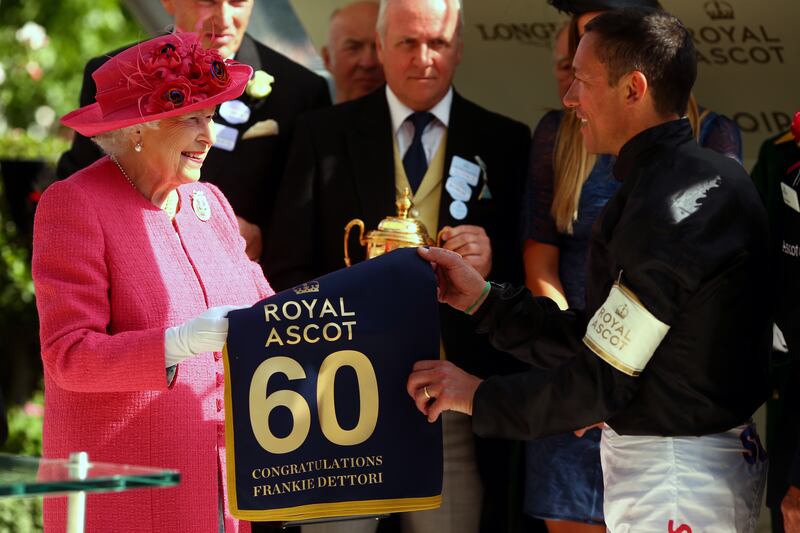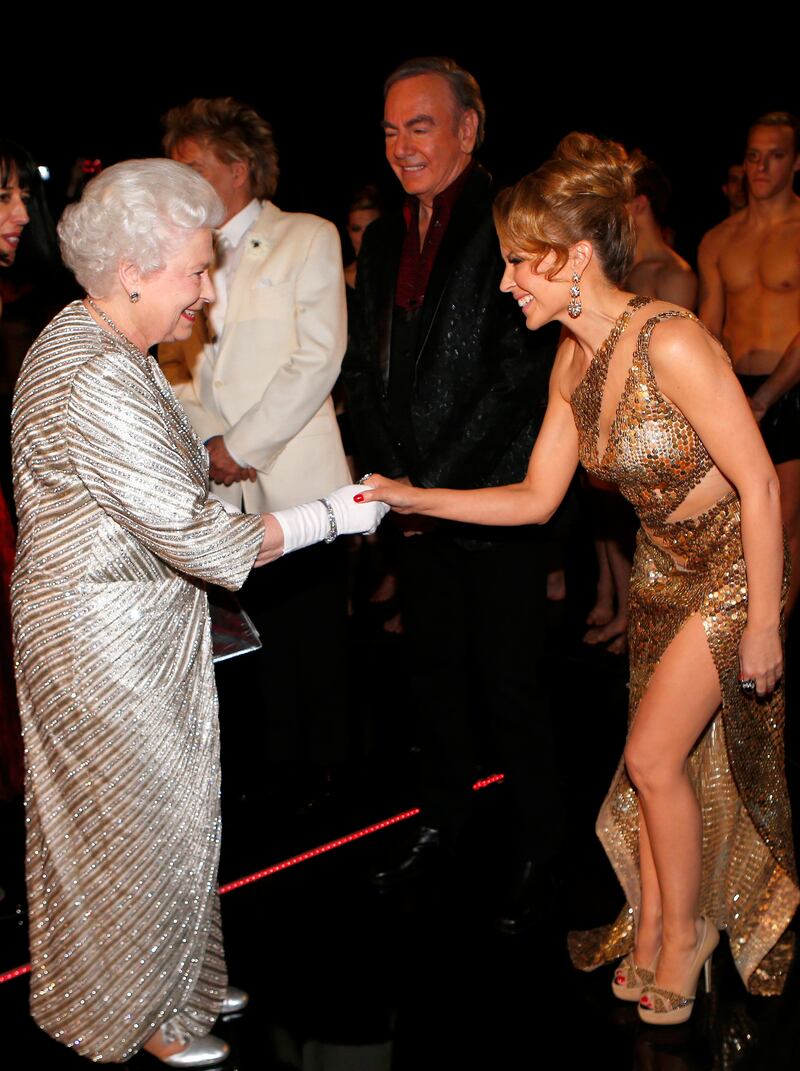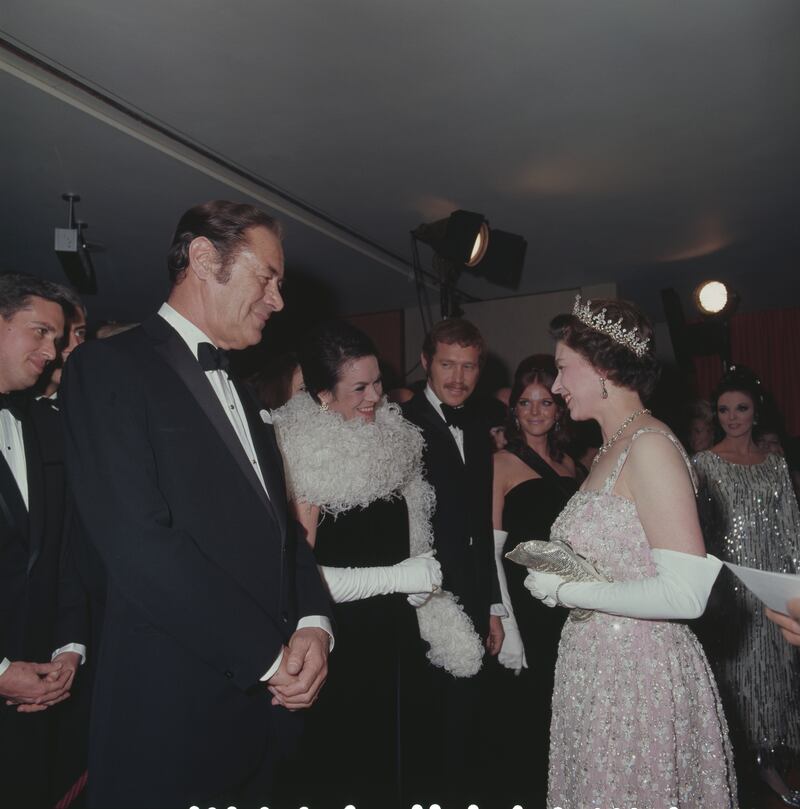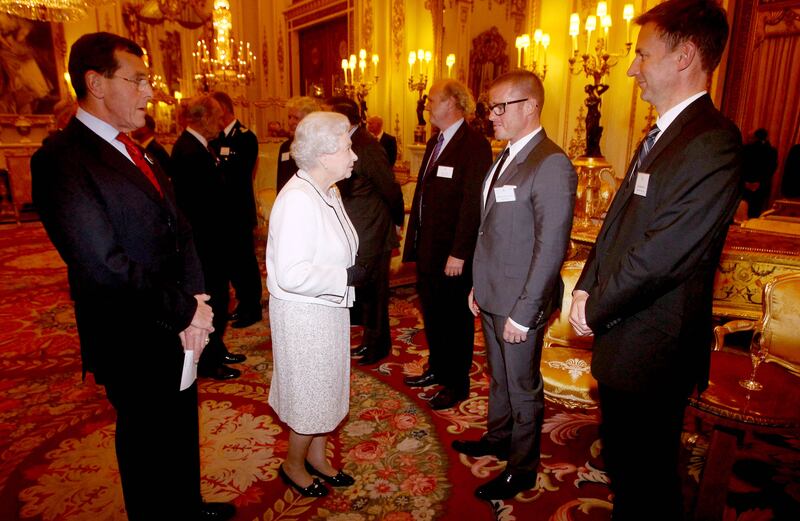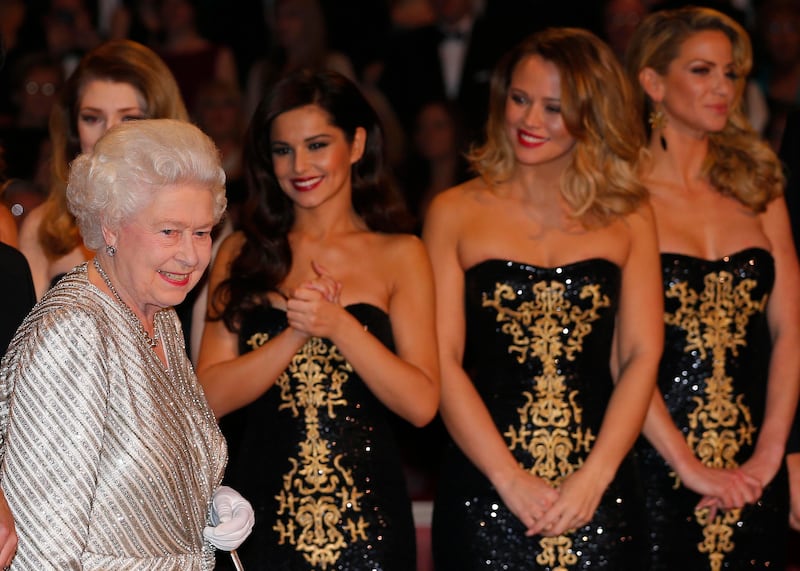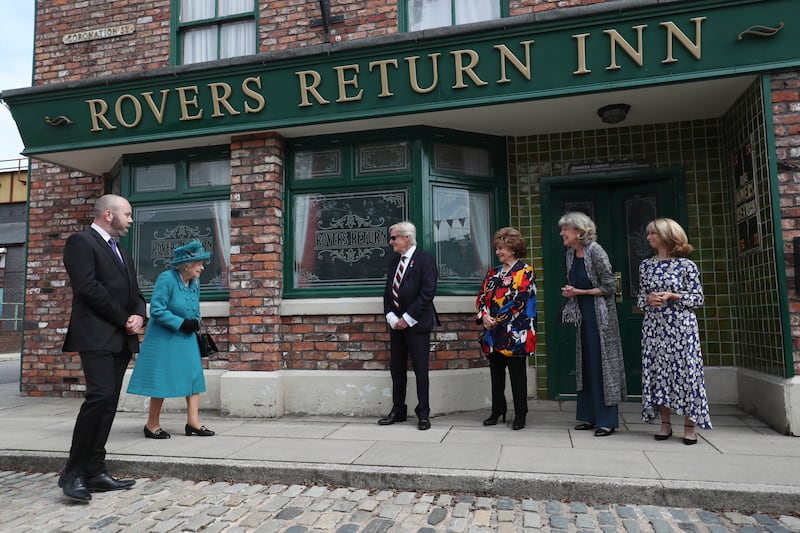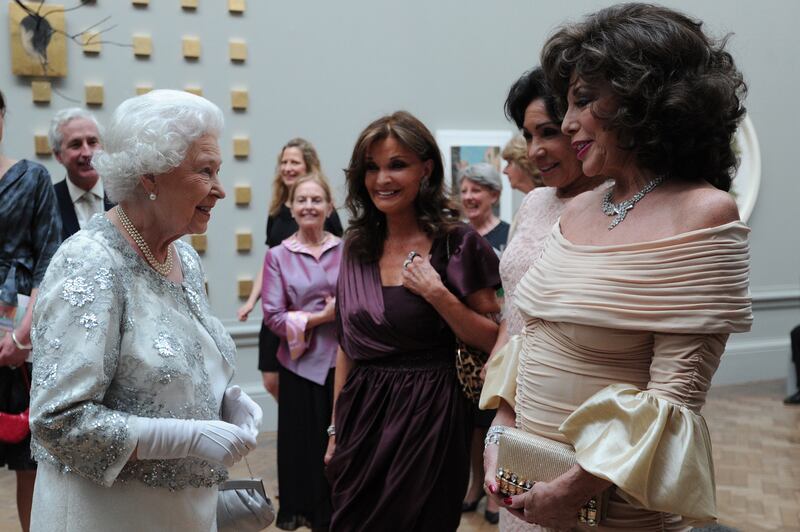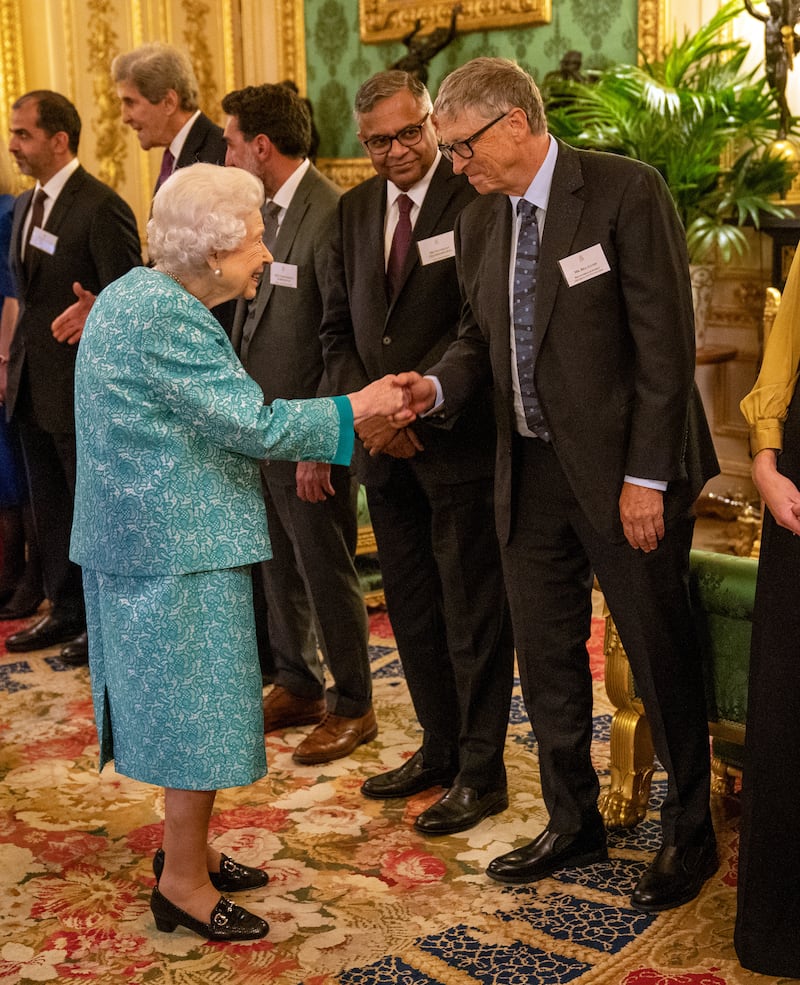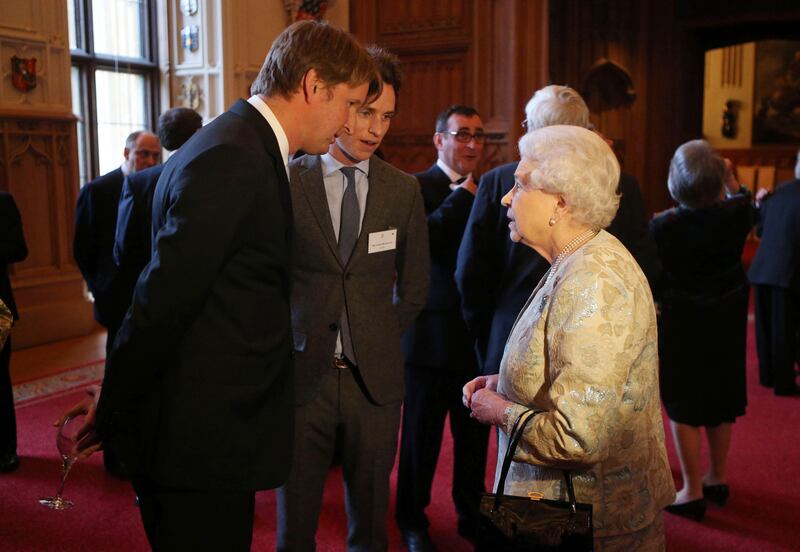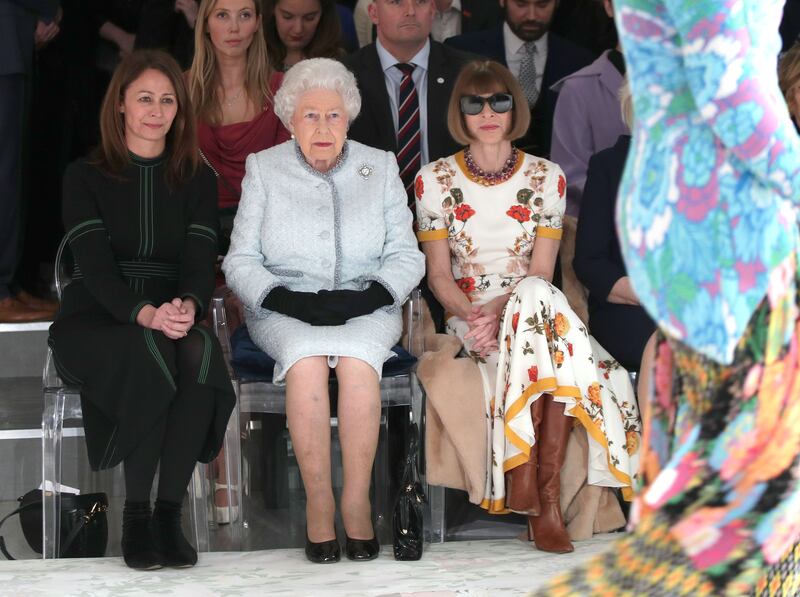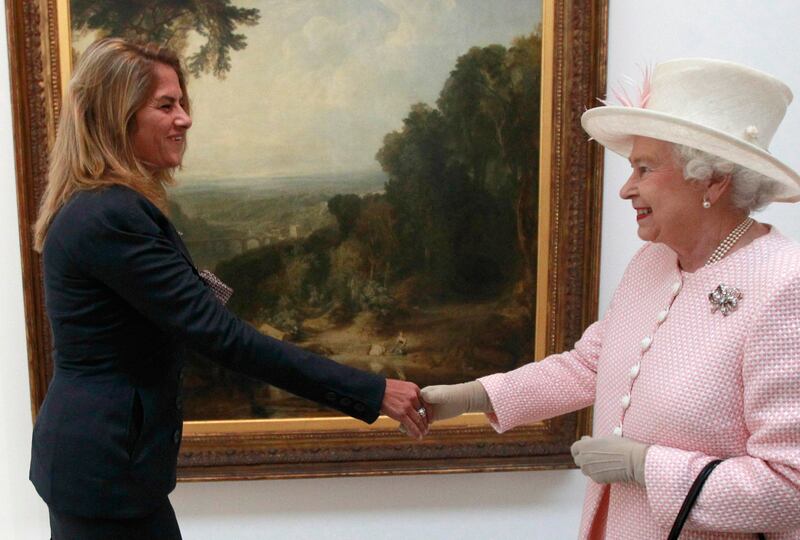Queen Elizabeth II’s 70-year reign is reflected by her presence almost everywhere in the UK, from stamps and banknotes to her royal cypher on post boxes.
The queen has been on the throne since she was 25, an ever-present figure for the lives of most people in Britain, as well as one of the most recognisable people around the world.
Her popularity with the public has remained consistently high, even as deference lessened and attitudes changed towards the monarchy over the decades.
“The only monarch most of us in this country have ever known and the rock to which our nation and our people have been anchored throughout all that the past 70 years have thrown at us,” said Boris Johnson in parliament, paying tribute to the queen in the run-up to four days of celebrations of her reign.
Jubilees to remember
The platinum jubilee is only the ninth jubilee celebration by a British monarch since King George III in 1809.
Both the current ruler and Queen Victoria, who ruled from 1837 to 1901, have had silver, golden and diamond events to mark their 25th, 50th and 60th years as monarch.
But Elizabeth II is the only one to celebrate her 70th year on the throne.
The queen, 96, achieved the milestone in February, and nationwide events to commemorate her platinum jubilee, including a thanksgiving service and a music concert outside Buckingham Palace, will take place from June 2 to June 5.
At her silver jubilee in 1977, about one million people thronged central London to see the monarch during a carriage procession, while she also made a River Thames boat trip and toured 36 counties of the UK with her husband Prince Philip.
A limited number of new 25-pence coins were minted and the London Underground's newest addition was named the Jubilee Line.
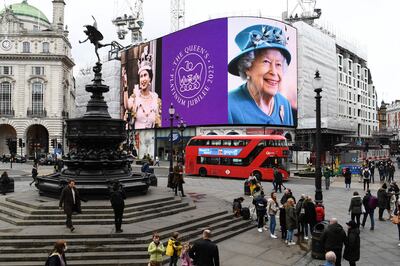
With the UK economy on the skids in 1977, not everyone felt like partying.
The Sex Pistols released their anti-authoritarian punk anthem God Save The Queen, which was banned by the BBC.
“These 25 years have seen much change for Britain,” Queen Elizabeth said at the time in a speech to parliament.
“No longer an imperial power, we have been coming to terms with what this means for ourselves and for our relations with the rest of the world.”
The golden jubilee in 2002 defied expectations of cynicism and apathy. The 1990s had been marked by a trio of royal divorces, a fire at Windsor Castle and Princess Diana's death.
That, and a plunge in the popularity of the royal family, led to predictions the event would be a flop.
But the festivities again saw nationwide communal street parties, with Union Jacks in abundance.
A Buckingham Palace garden pop concert in front of 12,000 people was crowned by Queen guitarist Brian May playing the national anthem on the roof, as a million people filled the streets outside.
“It has been a pretty remarkable 50 years by any standards,” the queen said in 2002.
“There have been ups and downs but anyone who can remember what things were like after those six long years of war appreciates what immense changes have been achieved since then.
“I think we can look back with measured pride.”
The 2012 diamond jubilee came in the same year that London hosted the Olympics and Paralympics.
The celebrations saw a river pageant, beacons lit, a thanksgiving service and another pop concert.
Prince Charles, in its closing speech, thanked his “mummy” for “making us proud to be British”, to huge cheers.
A slimmed-down Buckingham Palace balcony appearance featured the queen, Prince Charles and his family, signalling the monarchy's future direction.
Platinum queen with a sense of humour
Difficulties in walking and standing have made her dwindling number of public appearances in recent years decline even further. She made a trip to the Chelsea Flower Show and the Windsor Horse Show this month, but missed the State Opening of Parliament for only the third time.
Her eldest son and heir Prince Charles, 73, has gradually assumed more responsibilities to prepare for the time when he takes over.
Prince William is second in line to the throne and his son, Prince George, is third, meaning Britain is unlikely to have another reigning queen for quite some time.
Queen Elizabeth II attends star-studded jubilee equestrian show
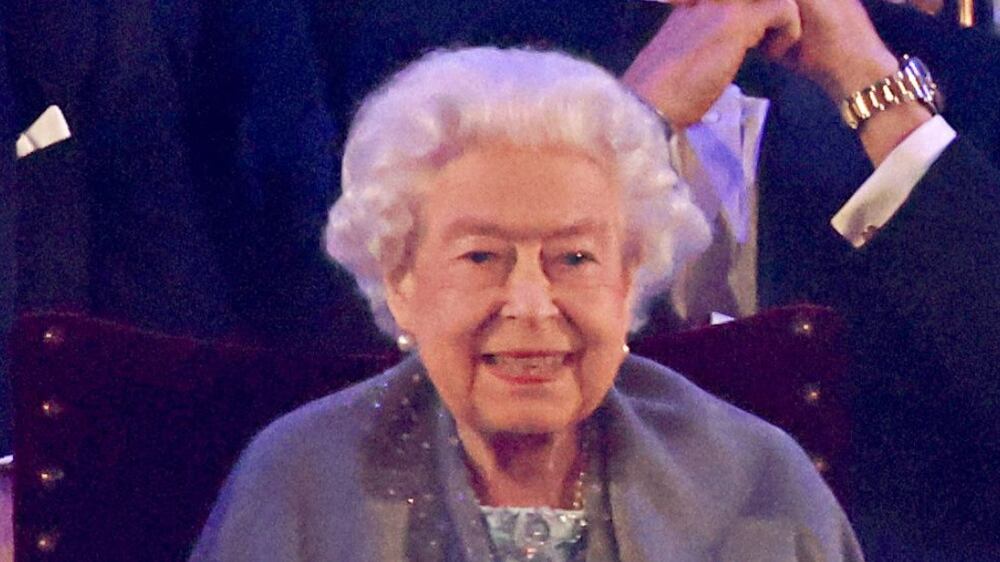
The queen still regularly hosts foreign dignitaries and diplomats. According to those who know her, she remains sharp as a tack and has a “delightful sense of humour”.
Royal biographer Penny Junor said: “We all saw a different side with the queen … when she went along with that James Bond spoof … for the opening of the London Olympics.
“What the queen has is a very professional front that she has shown the world in her professional role and a very mischievous and delightful sense of humour that she has in private and that her family see.”
In a short, tongue-in-cheek film broadcast to a packed London Stadium and a massive worldwide television audience, the queen met James Bond actor Daniel Craig and boarded a helicopter with him. Stunt doubles for the pair then skydived into the stadium, before the real queen took her seat.
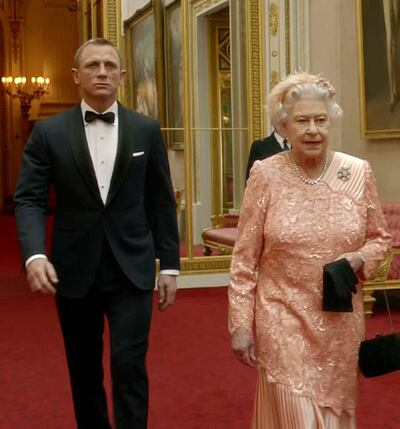
She is also said to be a good mimic. “She has entertained privately members of her family with impersonations of various world leaders,” said Charles Rae, former royal correspondent at The Sun newspaper.
The death in April last year of Prince Philip, her husband of 73 years, inevitably affected her deeply and she cut a lonely figure at his funeral, which was held under coronavirus restrictions.
She has spent most of her time at her favoured Windsor Castle home west of London, after leaving Buckingham Palace at the start of the pandemic in early 2020.
An unexpected queen
Elizabeth Alexandra Mary Windsor was born in London on April 21, 1926 and only became queen by an accident of history.
Her father became King George VI in 1936 when his elder brother Edward VIII abdicated to marry a twice-divorced American, Wallis Simpson.
That made Princess “Lilibet” heir to the throne.
As German bombs rained down on London in the Second World War, she and her younger sister Margaret were evacuated to Windsor.
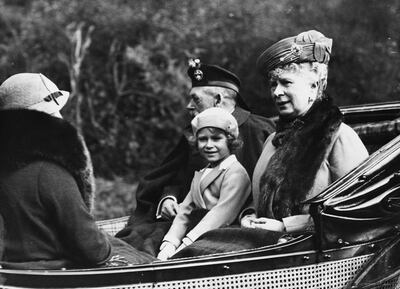
At the age of 19, she became an army mechanic and driver on the Home Front, endearing herself to the country for her part in the war effort.
At 21, she married Philip Mountbatten, the son of a Greek prince, at a ceremony that brought a dash of glamour to austere, post-war Britain.
The couple were in Kenya on February 6, 1952 when news reached them of her father's death, making her the new monarch.
She returned to Britain immediately and on June 2, 1953 was crowned queen of the UK, Australia, Canada, New Zealand, South Africa, Pakistan and Ceylon (modern-day Sri Lanka).
Currently, she is head of state in the UK and 14 Commonwealth countries.
Queen of the Commonwealth
Mr Johnson said the people of the UK and the Commonwealth, the group of 54 countries which the queen also heads, would be unabashed in celebrating not the institution but the individual who wore the crown.
“This remarkable woman who by God and her right has led her country through good times and bad,” he will say, “who has dedicated her life to her people, to her beloved Commonwealth, to the very idea of what a constitutional monarchy can and should be.”
With a sense of duty instilled in her since childhood, the queen has carried out hundreds of engagements each year, from receptions for foreign dignitaries to awarding civilian and military honours, and royal visits around the world.
She spent an unscheduled night in hospital last October after undergoing unspecified tests. Doctors have since advised her to rest and reduce her workload.
For support in fulfilling her duties, she has turned to her immediate family but one without two notable members — second son Prince Andrew and grandson Prince Harry.
Prince Andrew, often considered to be her favourite son, has been stripped of his royal functions due to his links to the convicted sex offenders Jeffrey Epstein and Ghislaine Maxwell.
Prince Harry quit royal life in 2020 and moved to the US, from where he and his wife Meghan accused the family of racism.
Over the decades, the queen has been seen as a rock of stability in the turbulence of royal life.
In 1992 — a year she called her “annus horribilis” — three of her four children split from their partners and Windsor Castle went up in flames.
But she faced criticism in 1997 for misjudging the public mood after the death of Princess Diana in a Paris car crash, by initially refusing to return to London and fly the flag at half-mast over Buckingham Palace.
Never complain, never explain
Even though she makes a recorded televised address every Christmas Day, she has never given an interview and is careful not to divulge her personal opinions.
As head of a constitutional monarchy, she is politically neutral and her weekly private conservations with the prime minister of the day about current issues remain exactly that — private.
Summers have typically meant a stay at her Balmoral retreat in north-east Scotland, where she swaps her self-styled “uniform” of formal hats and matching outfits for the country look, complete with a simple headscarf and Wellington boots.
An avid owner of corgis and a horse rider since she was young, she was still in the saddle as she moved into her 90s.
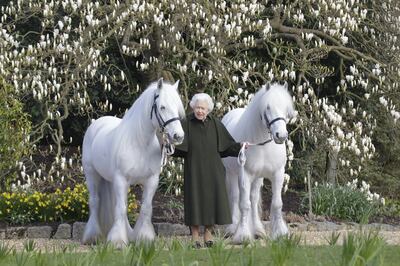
“Almost everybody knows the queen has a great love of racing but I think possibly people don't recognise that she has effectively all but raced herself,” author of The Queen and historian Matthew Dennison said.
“It was a royal family tradition in the early years of the queen's reign that during Ascot week the royal family themselves would race before the racing … the queen and members of her family did indeed ride extremely fast over the course.
“I think somewhere there, there's a kind of poignancy because in moving incredibly quickly on horseback among a group of family, trusted courtiers and close friends, there's a kind of freedom that obviously she didn't very often have.”
Her mobility issues have prevented her taking up her love of riding recently, but her love of horses remains evident.
Her platinum jubilee will not have the international tour that marked previous jubilees, but her incredible reign will be met with respect across the globe.
A record-breaking queen
Queen Elizabeth II has notched up a number of milestones in her record-breaking 70 years on the throne.
She has reigned for 70 years and nearly four months, longer than any other monarch in British history.
The previous record was held by her great-great-grandmother Queen Victoria, who reigned for 63 years, seven months and two days until 1901.
At 96, Queen Elizabeth II is the oldest current monarch and head of state in the world.
Only two kings have ruled for longer: France's Louis XIV — more than 72 years between 1643 and 1715 — and Thailand's Bhumibol Adulyadej — 70 years and four months, until his death in October 2016.
The queen has travelled to more than 100 countries since 1952 — another record for a British monarch — and made more than 150 visits to Commonwealth countries.
She has been 22 times to Canada — more than any other country. In Europe, she has visited France the most — 13 times — and speaks the language.
The Daily Telegraph calculated that she had travelled the equivalent of 42 times around the world before stopping overseas trips in November 2015, aged 89.
Her longest foreign trip lasted 168 days from November 1953 to May 1954, during which she visited 13 countries.
As queen, she has carried out about 21,000 engagements, given royal assent to 4,000 pieces of legislation and hosted 112 visits by foreign heads of state.
More than 180 garden parties have been held at Buckingham Palace, attended by more than 1.5 million people.
A total of 14 British prime ministers have served under the queen. Her first was Winston Churchill (1952-1955) and the latest is Mr Johnson, since 2019.

Queen Elizabeth II has met 13 of the last 14 US presidents, the exception being Lyndon B Johnson. Her last visitor from the White House was Joe Biden in 2021.
The queen is the supreme governor of the Church of England, a position dating back to the creation of the church under King Henry VIII in the 16th century.
She has met four popes on official visits — John XXIII (1961), John Paul II (1980, 1982 and 2000), Benedict XVI (2010) and Francis I (2014).
The queen has sent about 300,000 cards of congratulation to centenarians and more than 900,000 to couples celebrating 60 years of marriage.
She was married for 73 years — another record for a British monarch. Her husband Prince Philip died aged 99 in April last year.
The queen has posed for more than 200 portraits since the age of 7.
In 1996, the queen became the first British monarch to visit mainland China. In 1991 she was the first to address the House of Representatives in Washington.
She sent her first email on March 26, 1976 during a visit to a Ministry of Defence research centre.
In 1997, she launched the Buckingham Palace website and in 2014 sent her first tweet. Three years ago, she made her debut on Instagram.
The queen is the only monarch to have jumped out of a helicopter with James Bond and parachuted into the opening ceremony of the Olympics … kind of.
